After more than five years, we have finally arrived. Here we have the new MacBook Pros, which also bring a new design. The company introduced it to us as part of its event on Monday and it caused a lot of buzz in the online world. Some love the new design, others hate it. But one thing is clear – the design is maximally functional, even if it goes back to the past.
In 2015, Apple opted for USB-C for the 12" MacBook. In 2016, the MacBook Pro also received it. Fortunately, not just in one version, as in the case of the "pilot project". However, it was similar to the MacBook 12 not only in terms of the ports of this specification, but also in the construction of the chassis itself, which is also held by the current 13" MacBook Pro or MacBook Air with the M1 chip.
In the sign of more ports
USB-C ports are characterized by small demands on space, which is also why MacBooks could have a beveled bottom edge and minimal area on their sides. However, if you look at the new ones, they simply look noticeably thicker. In fact, it's not quite like that. The 14" is even 13 mm thinner than the 0,1" model, and the 16" model is 2019 mm thicker than the 0,6 model. And that's a negligible difference.
Gallery #2

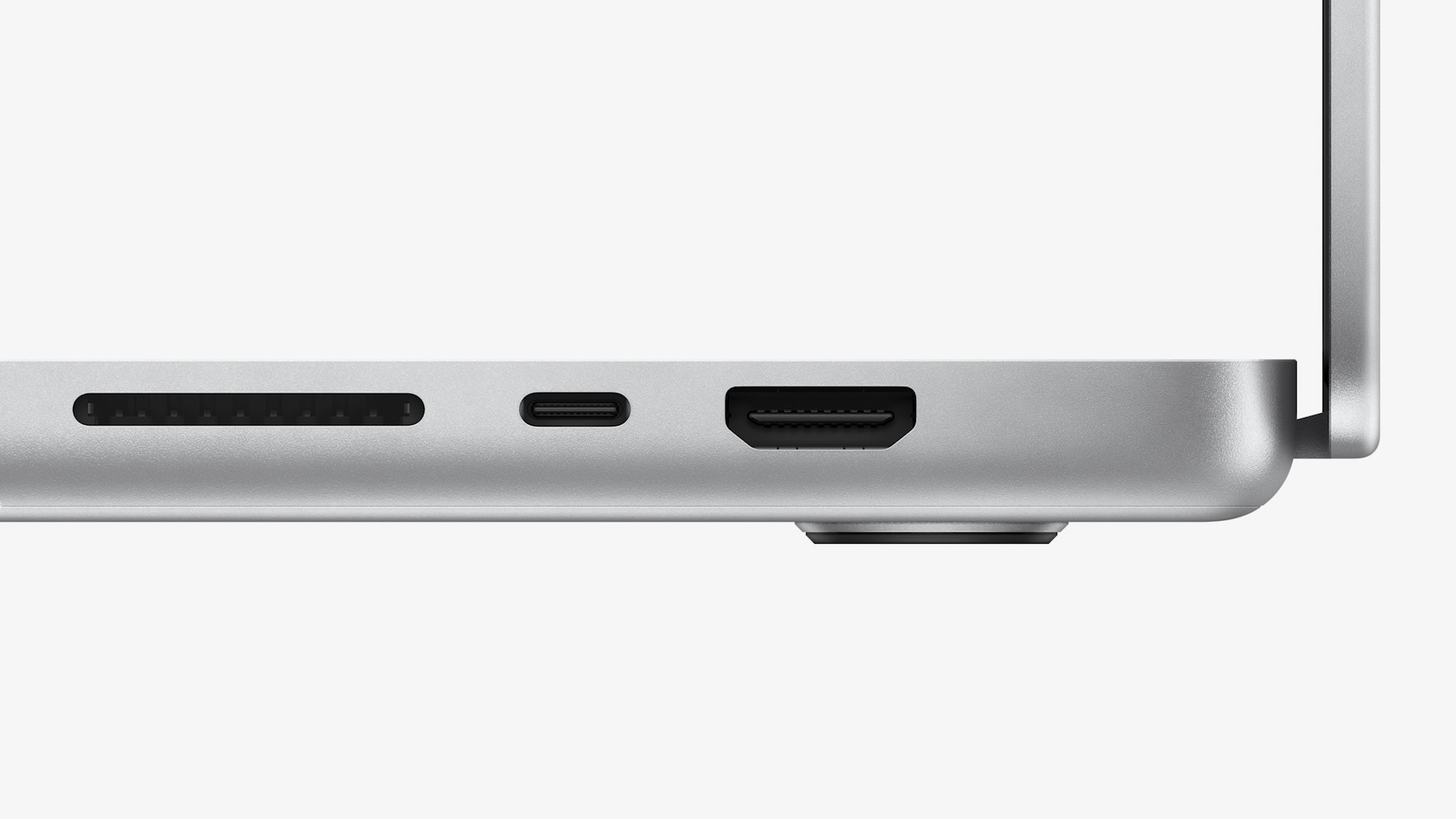
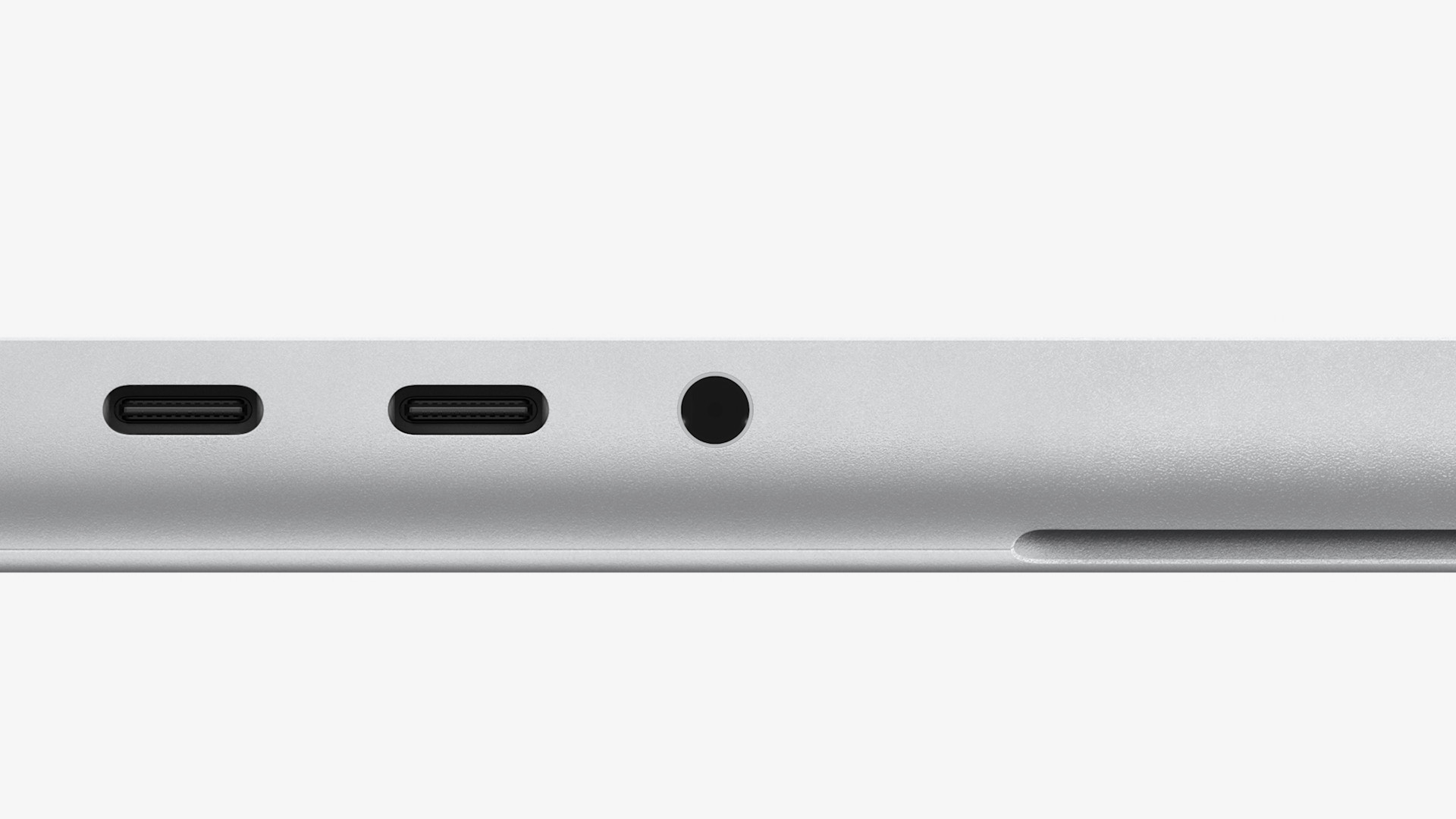
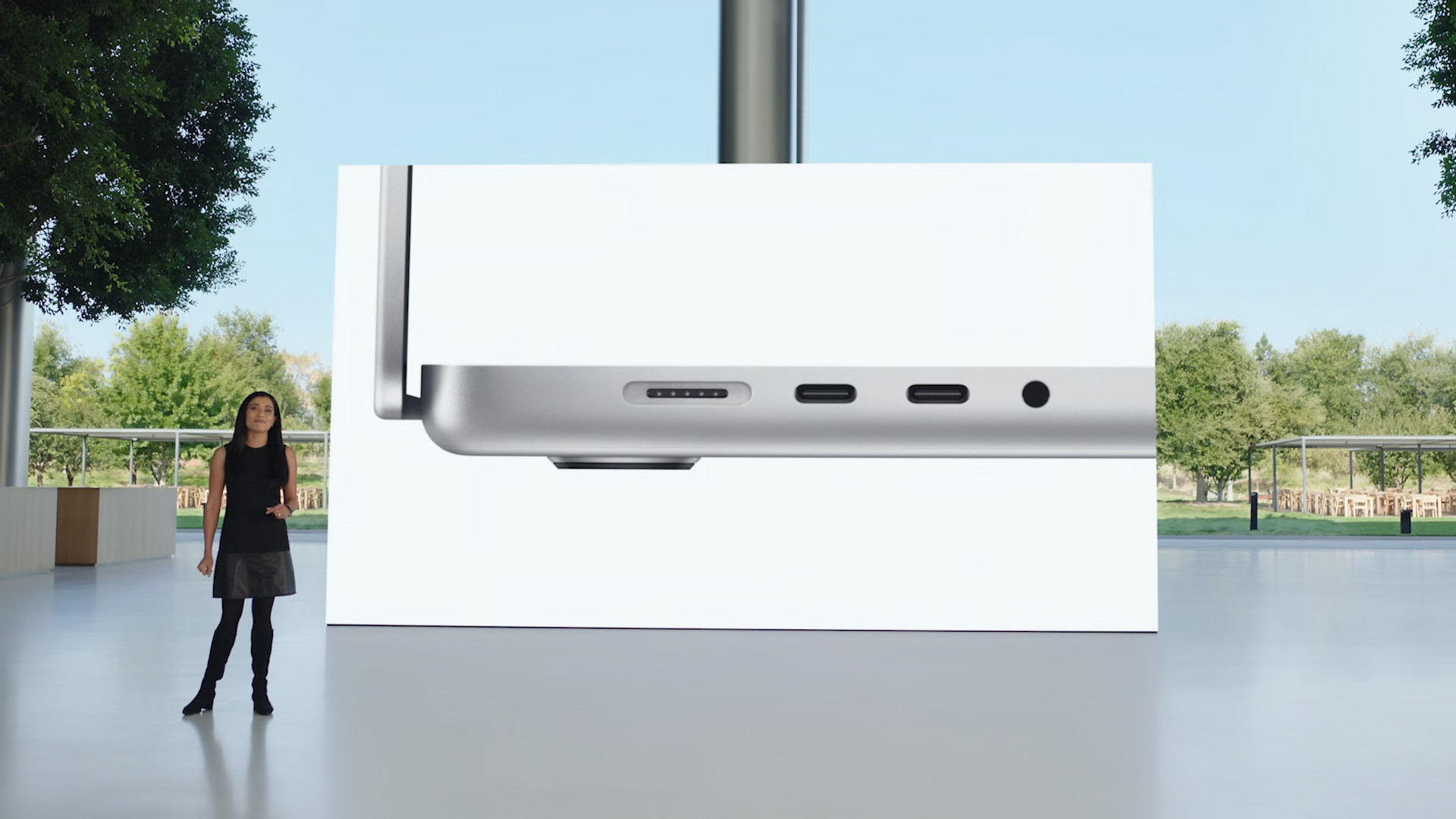
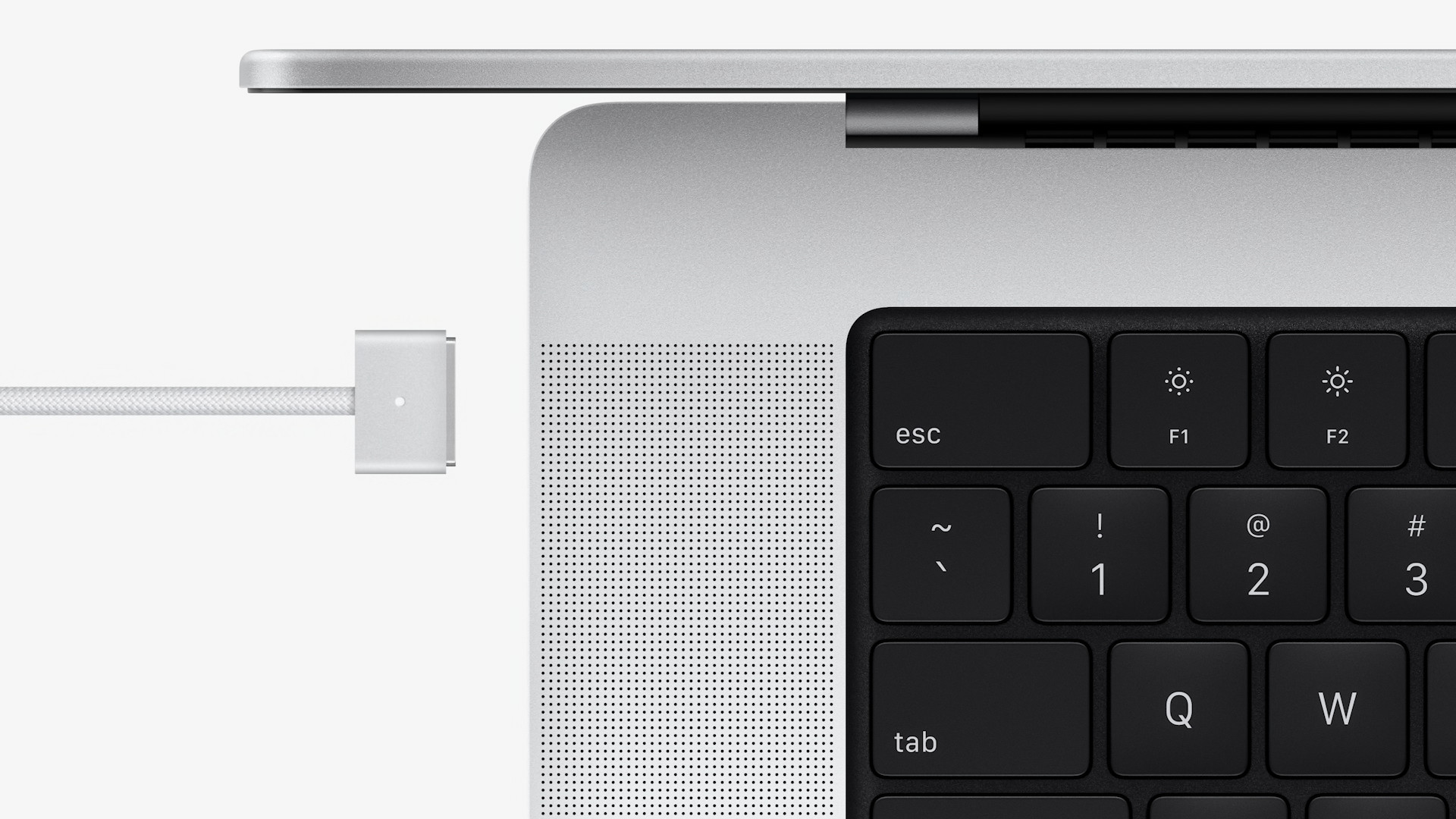
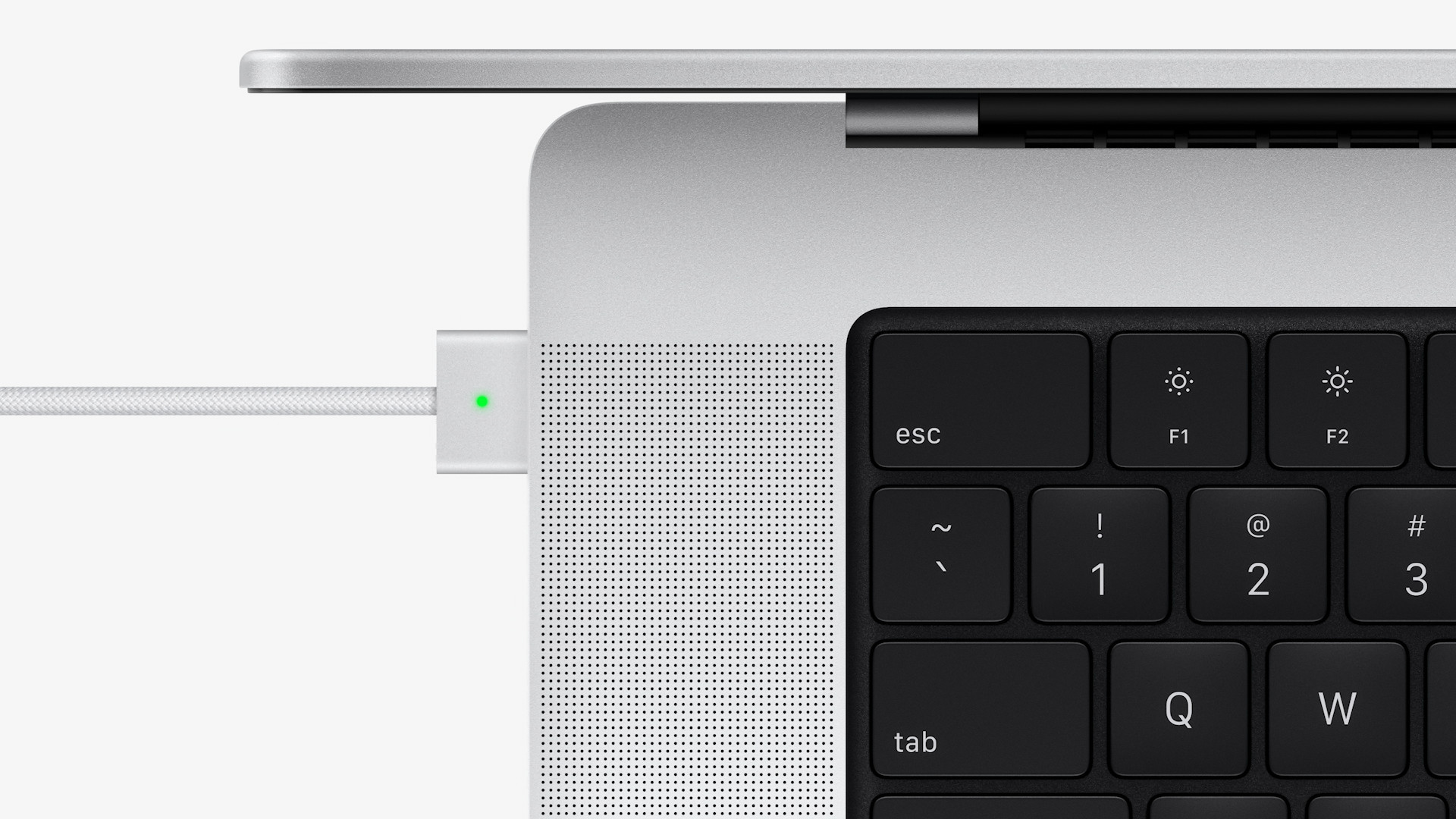
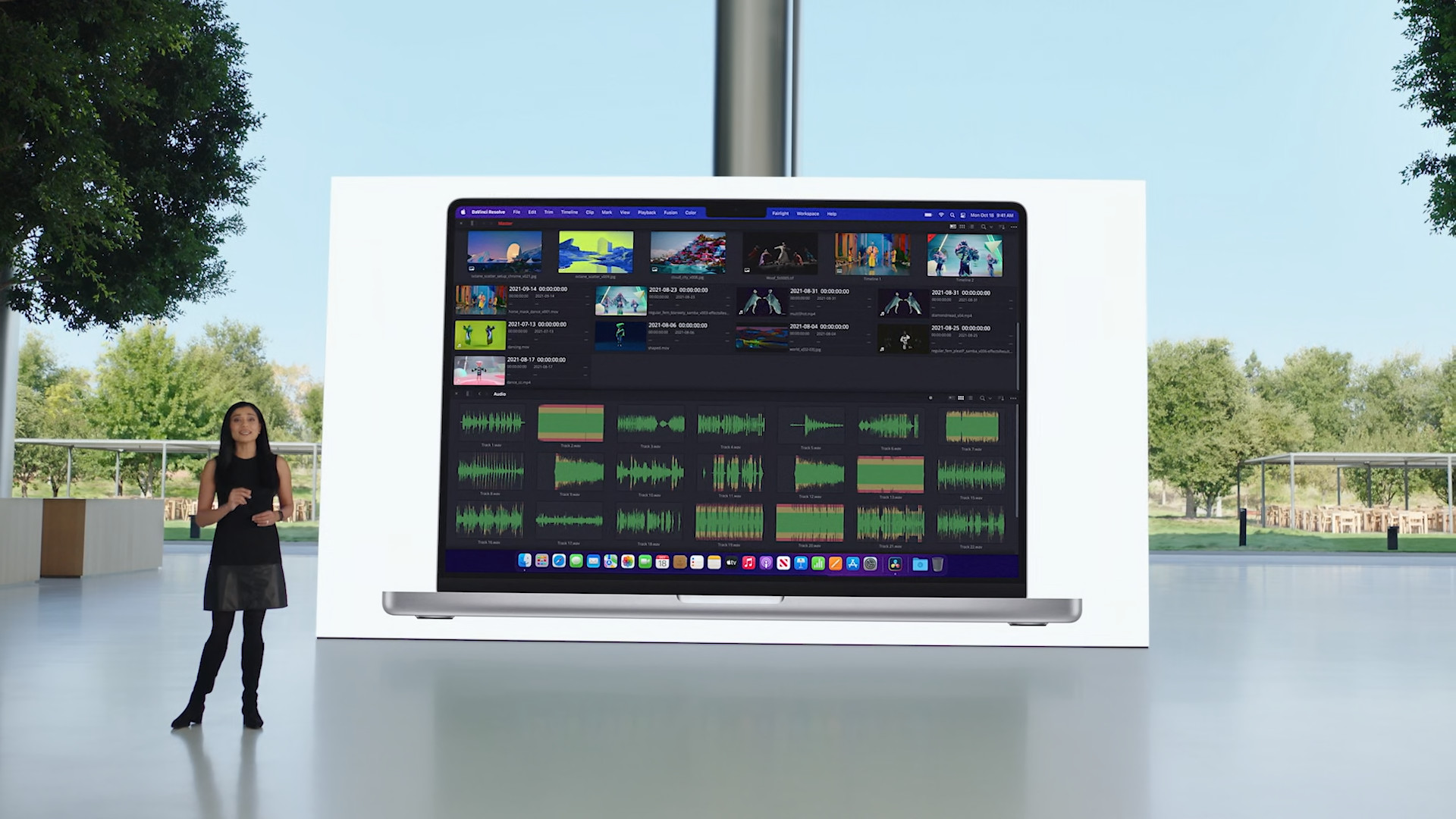
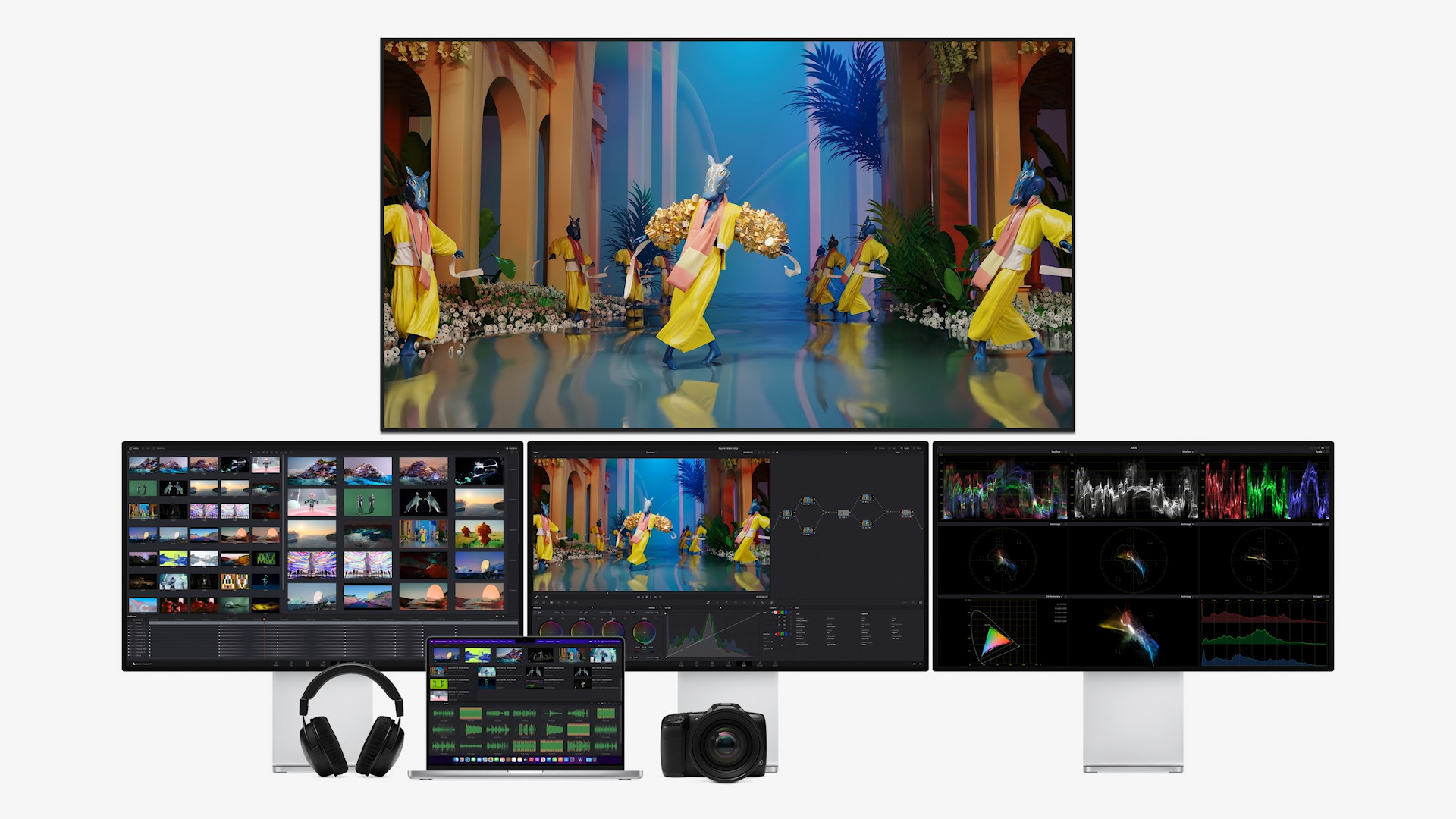




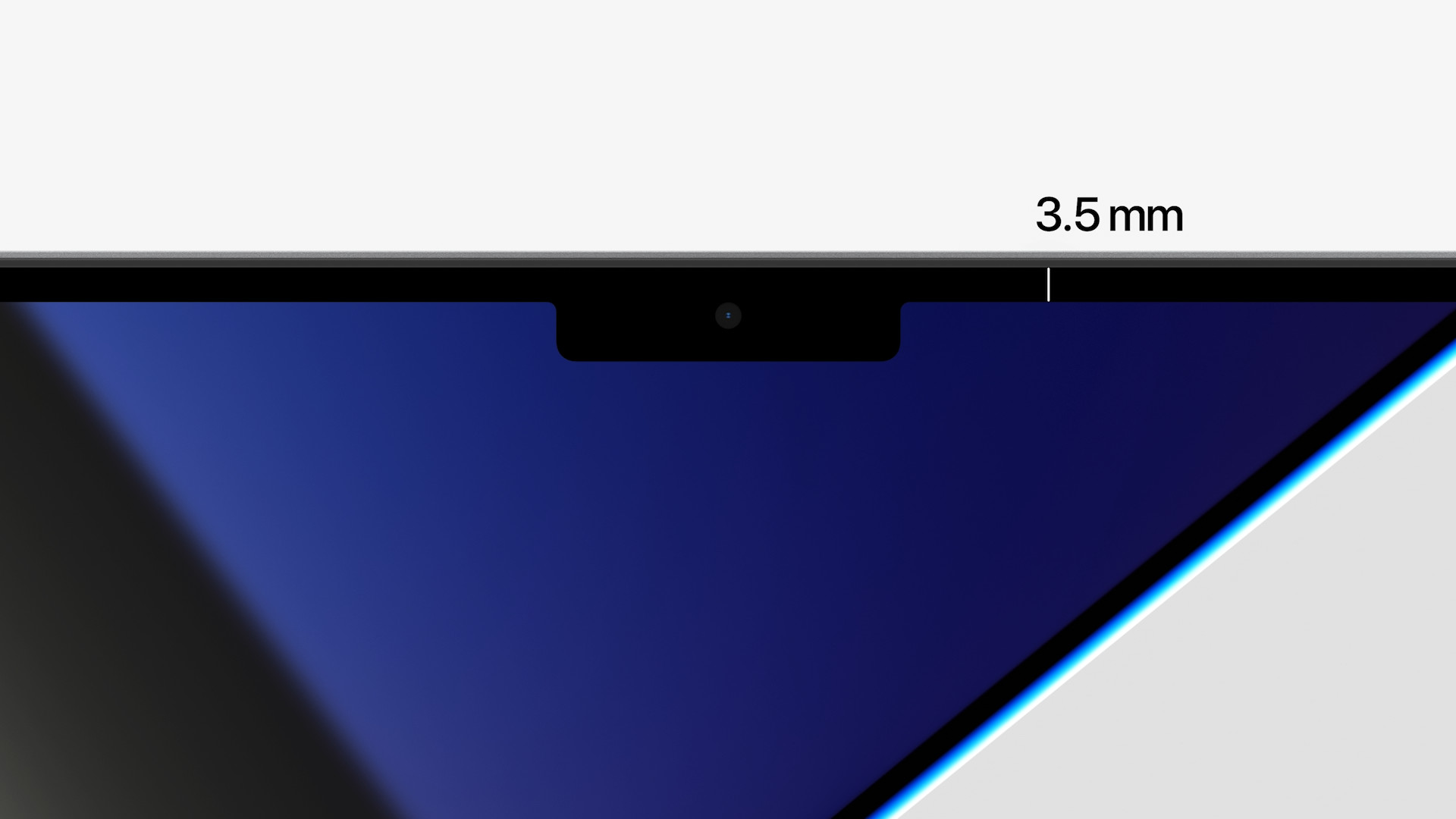
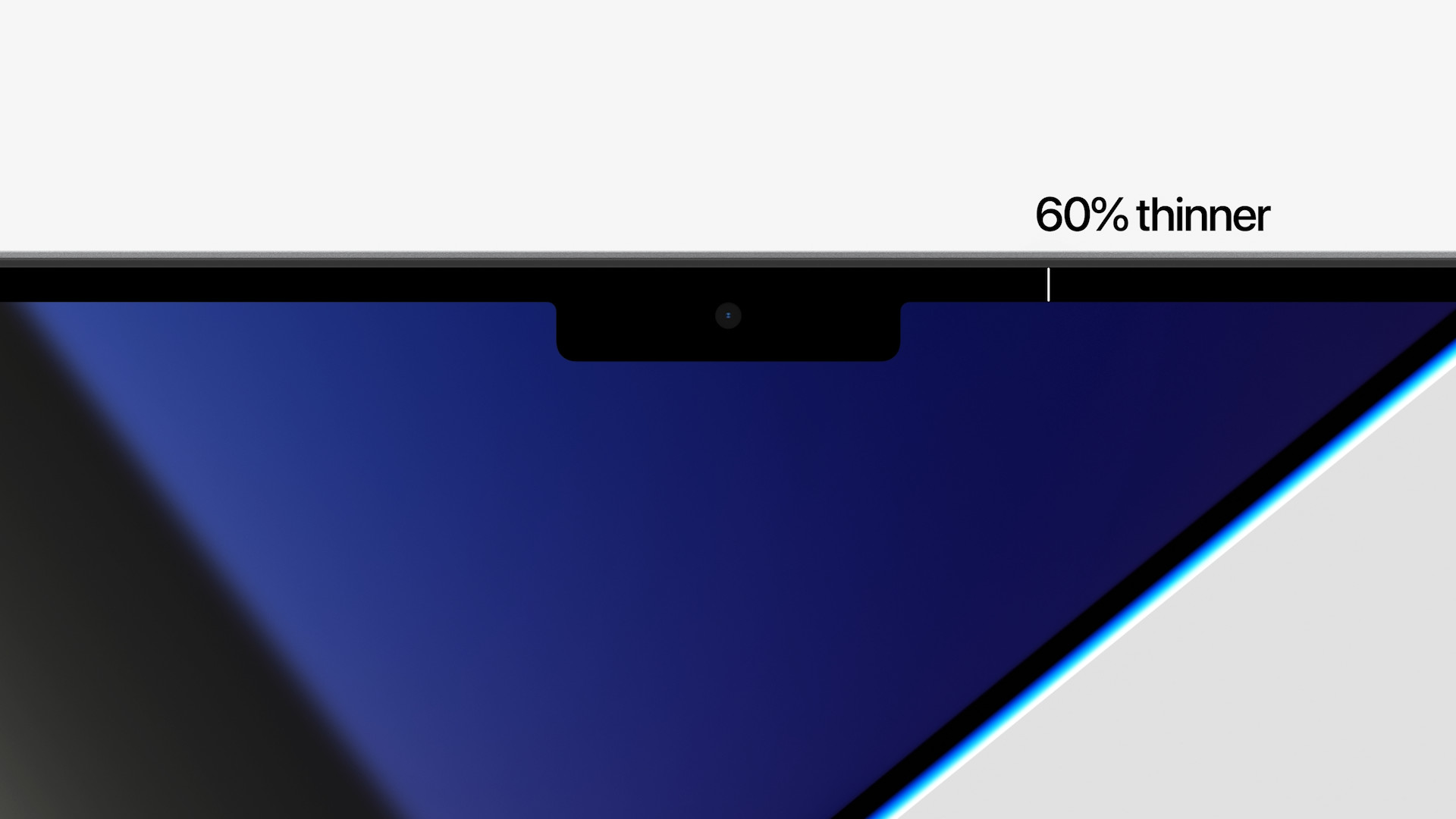
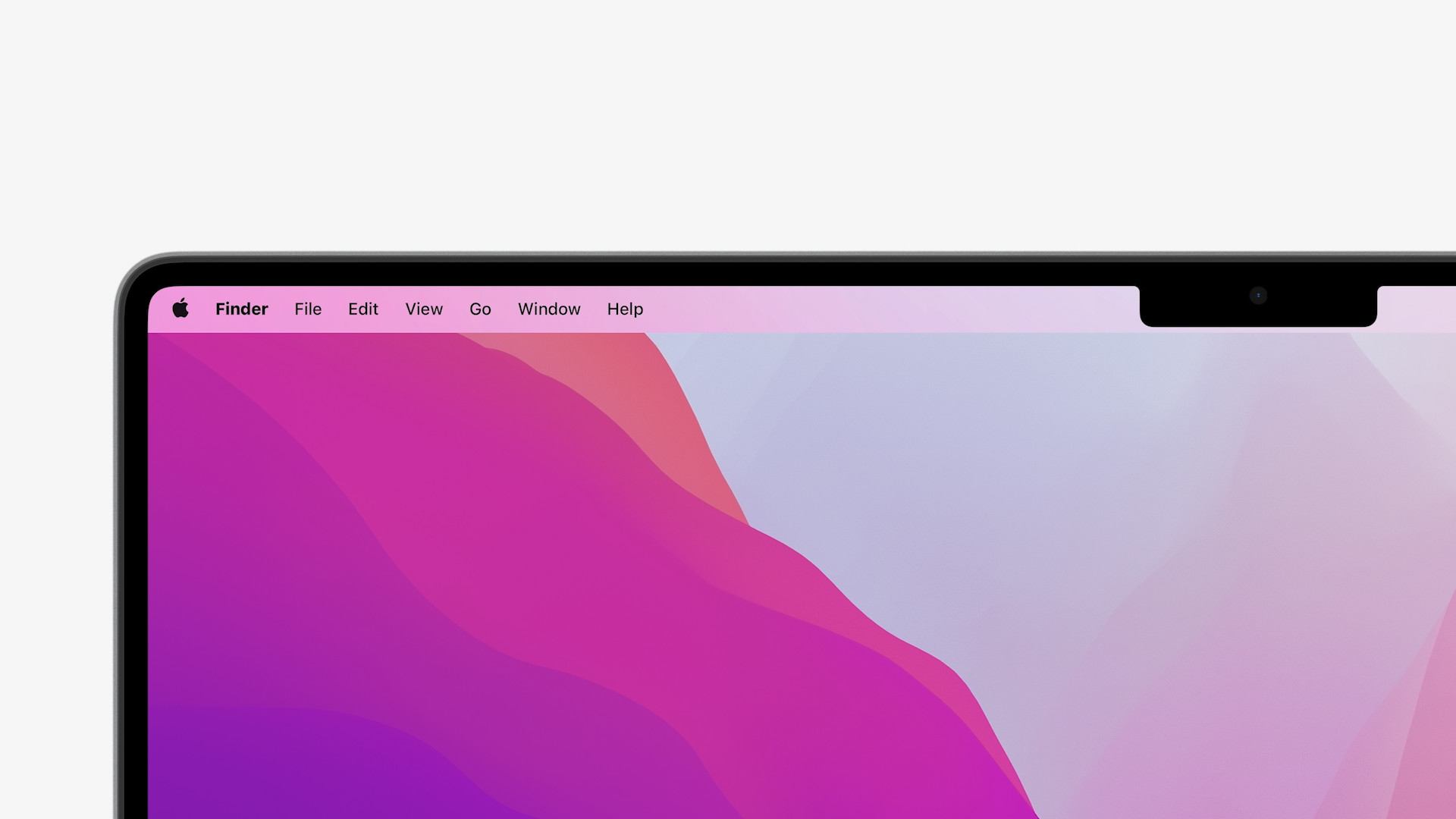

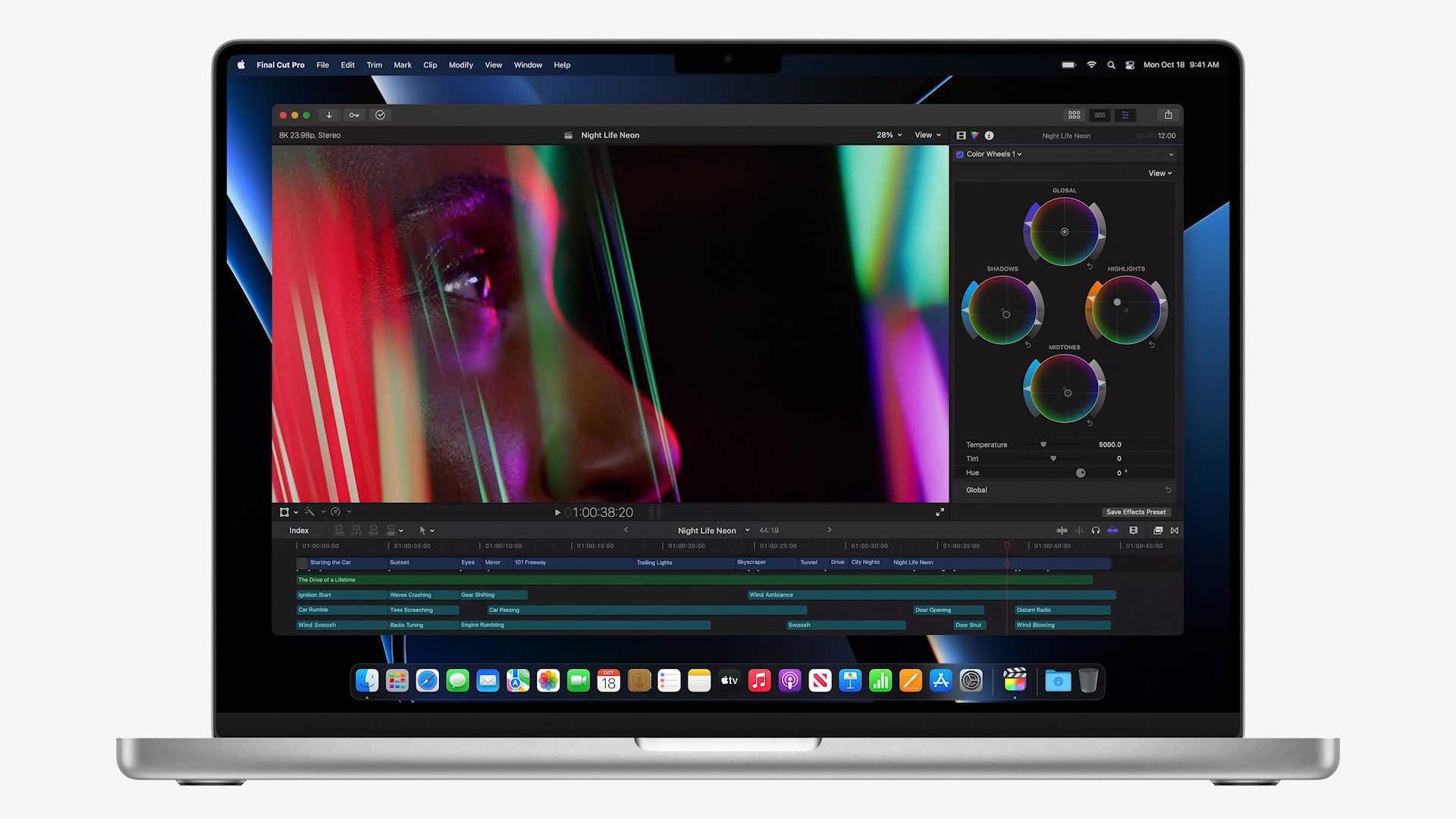

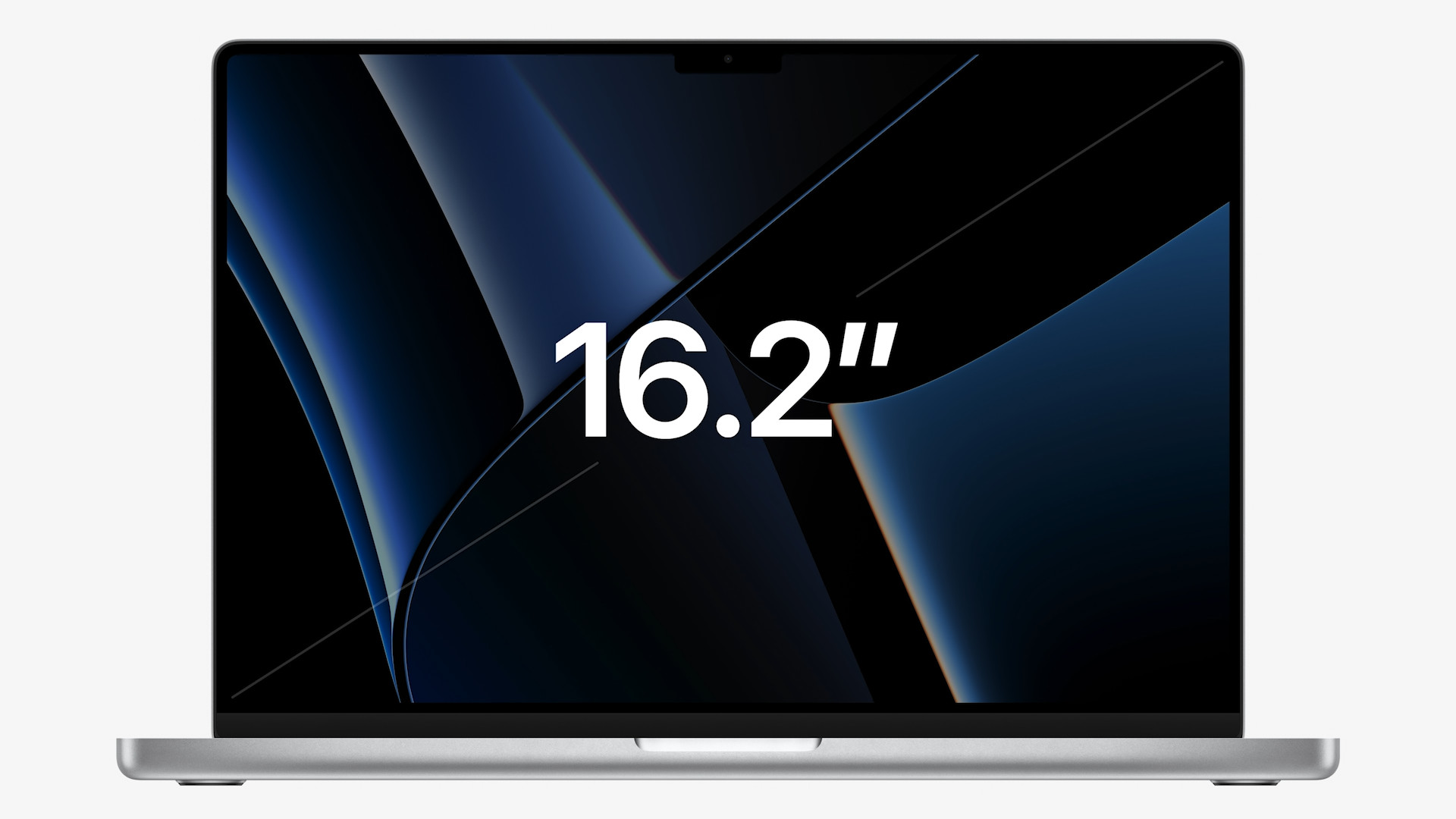
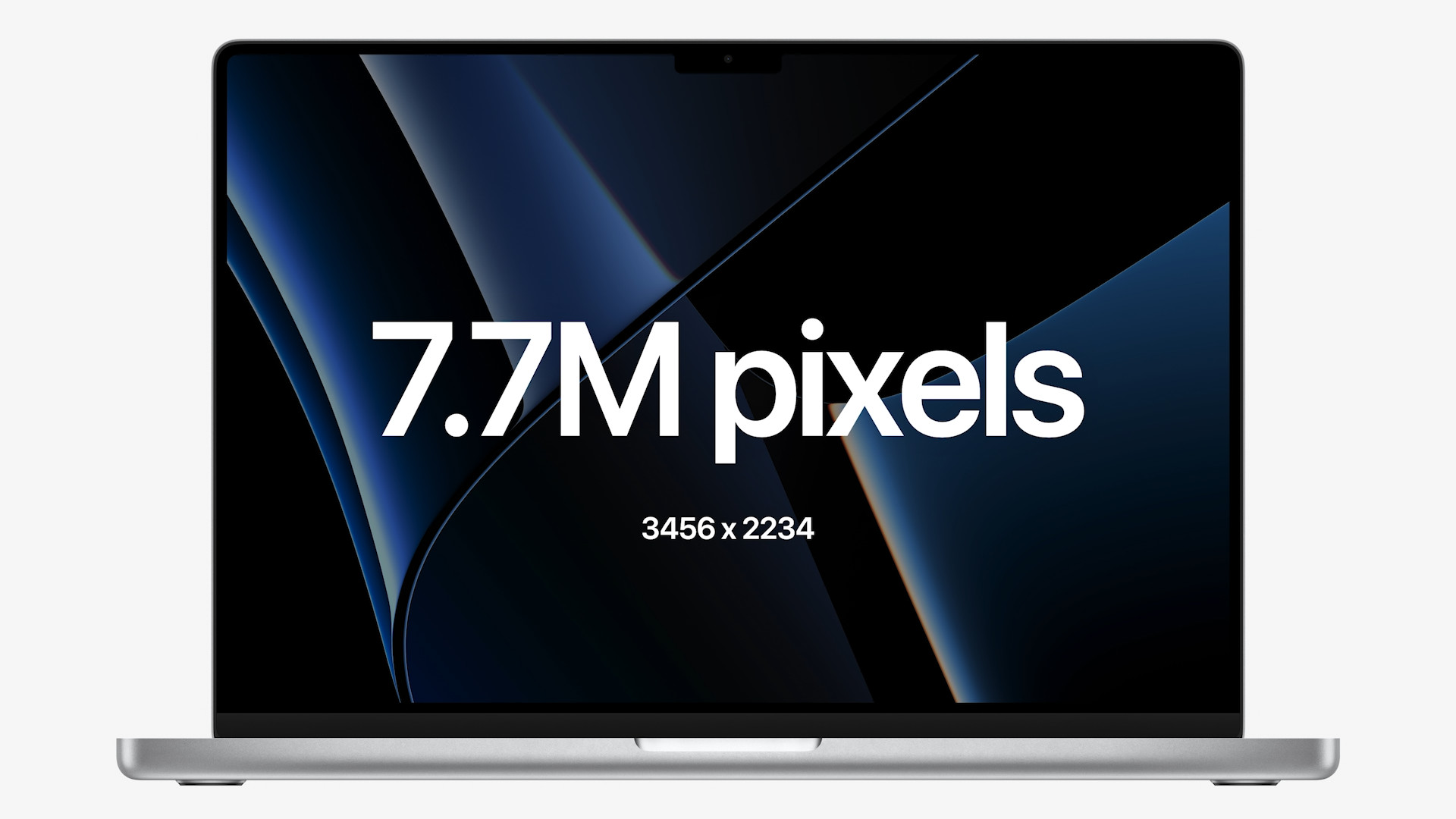
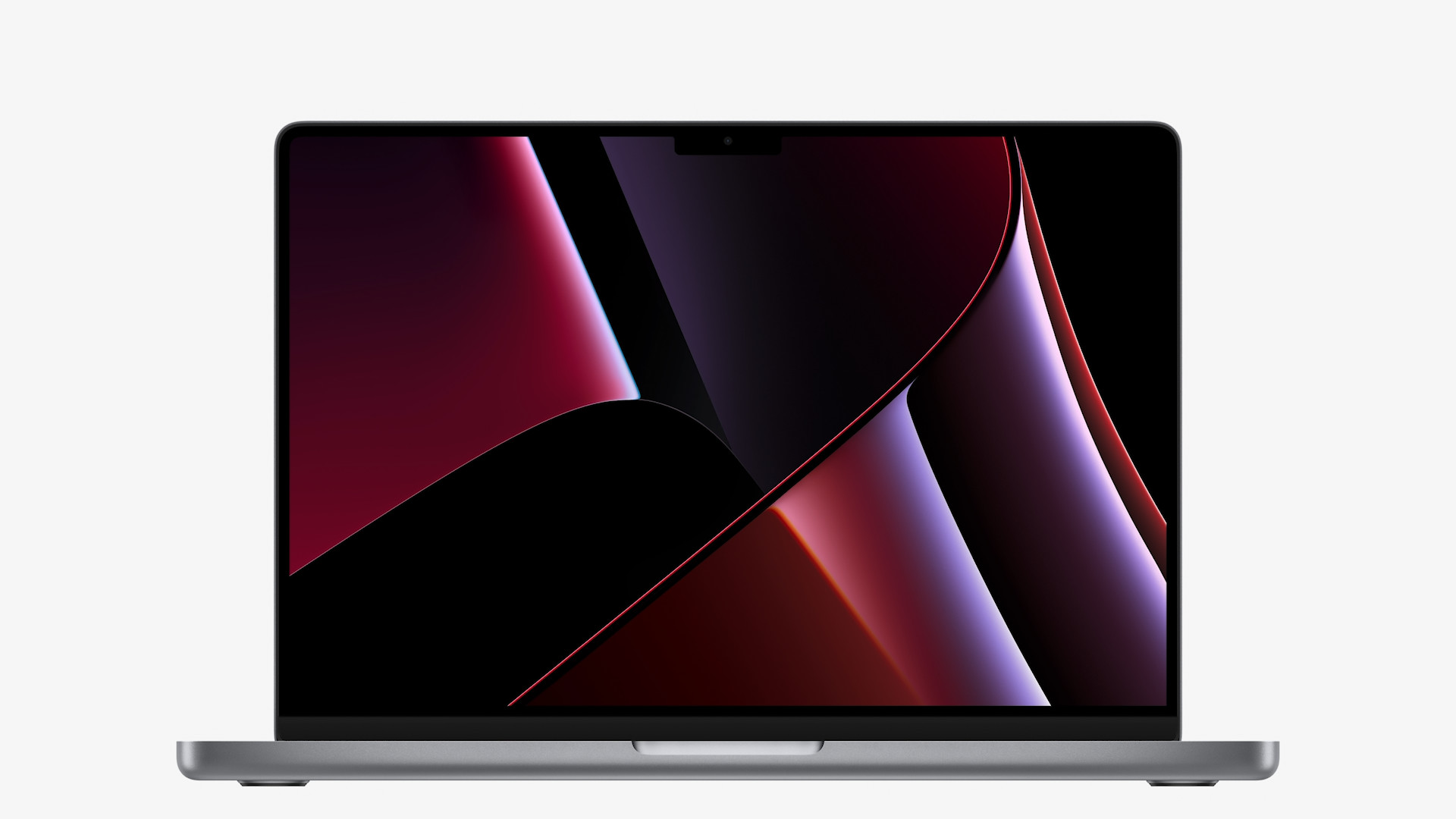

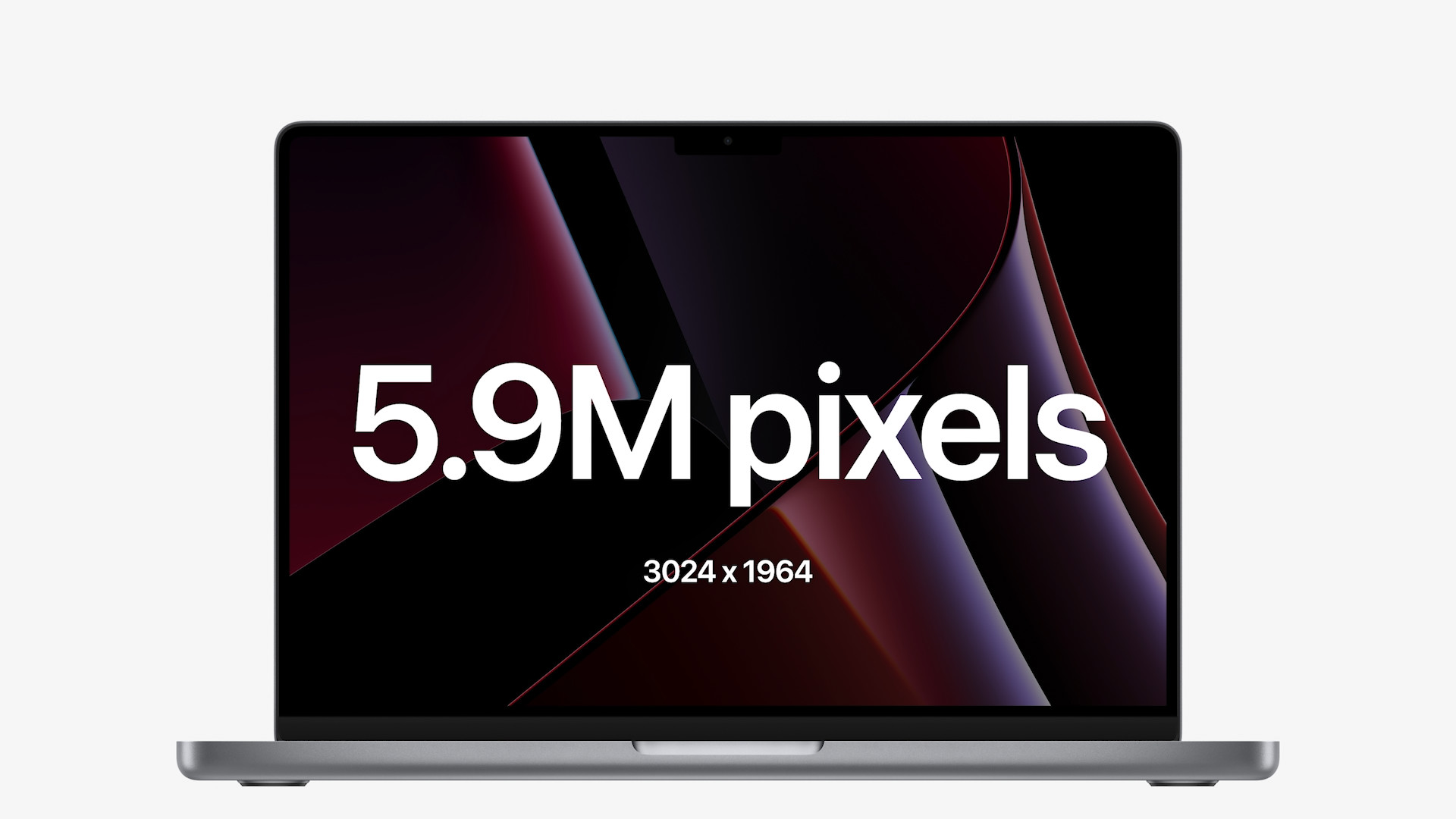


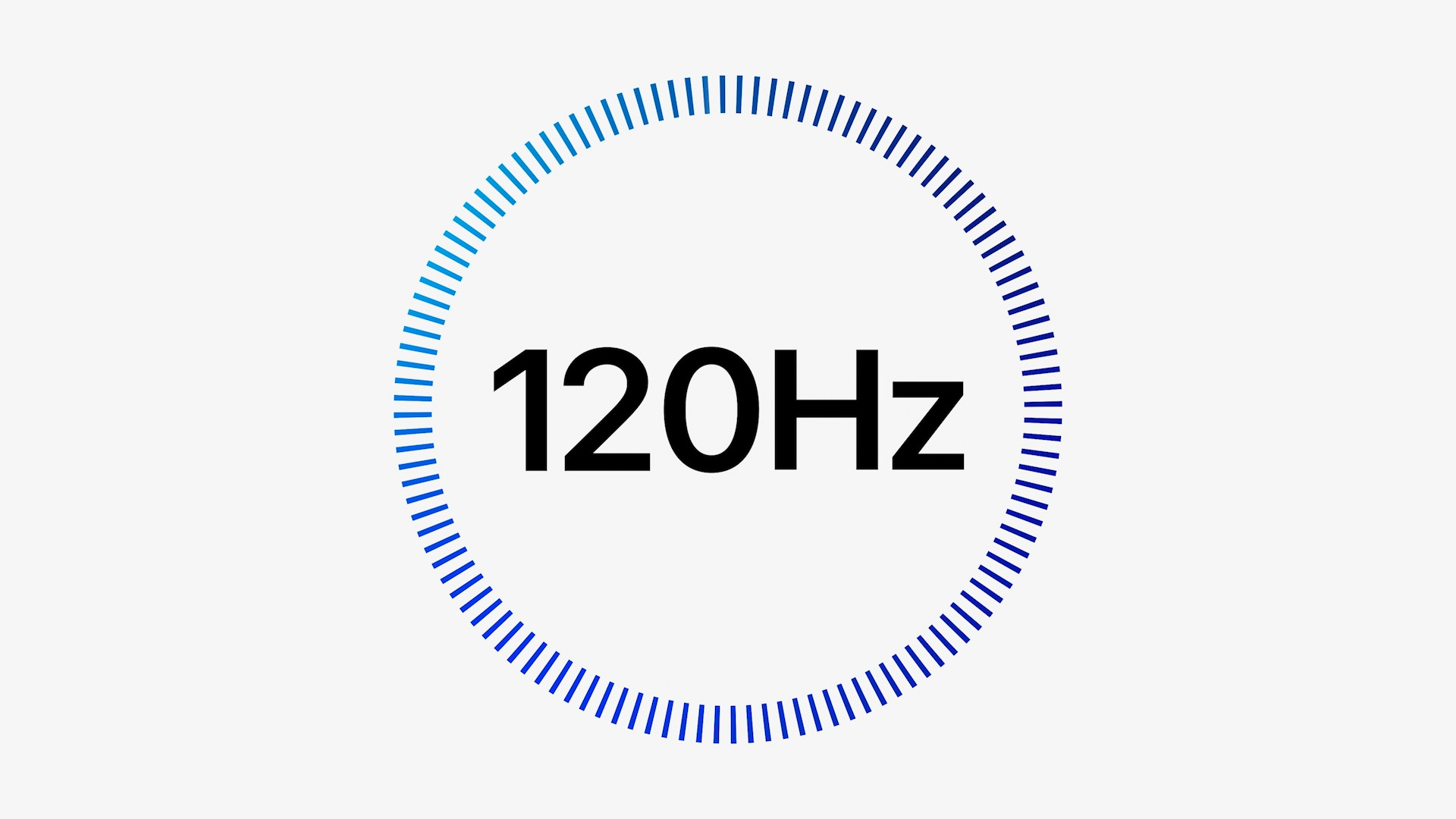
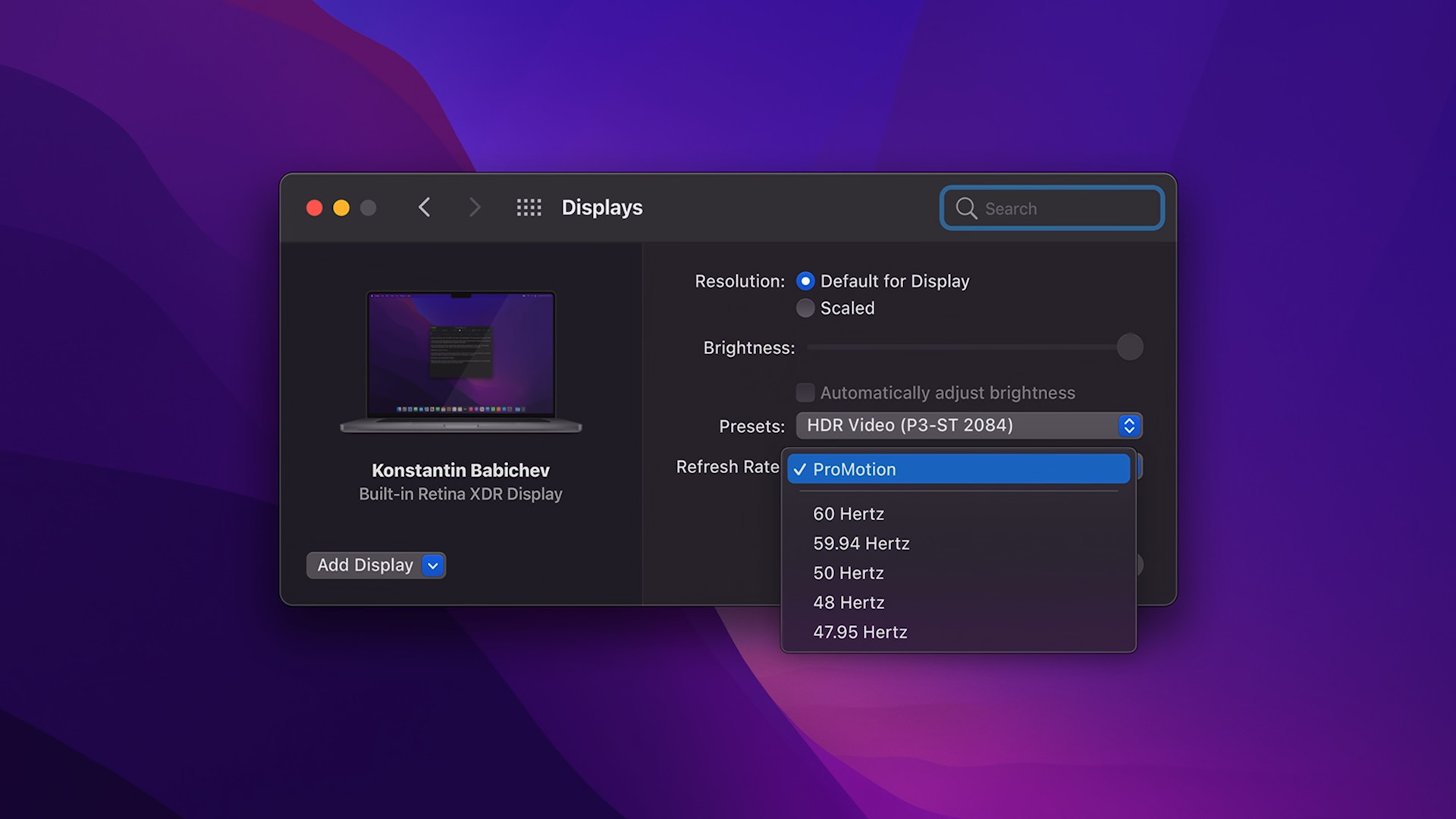

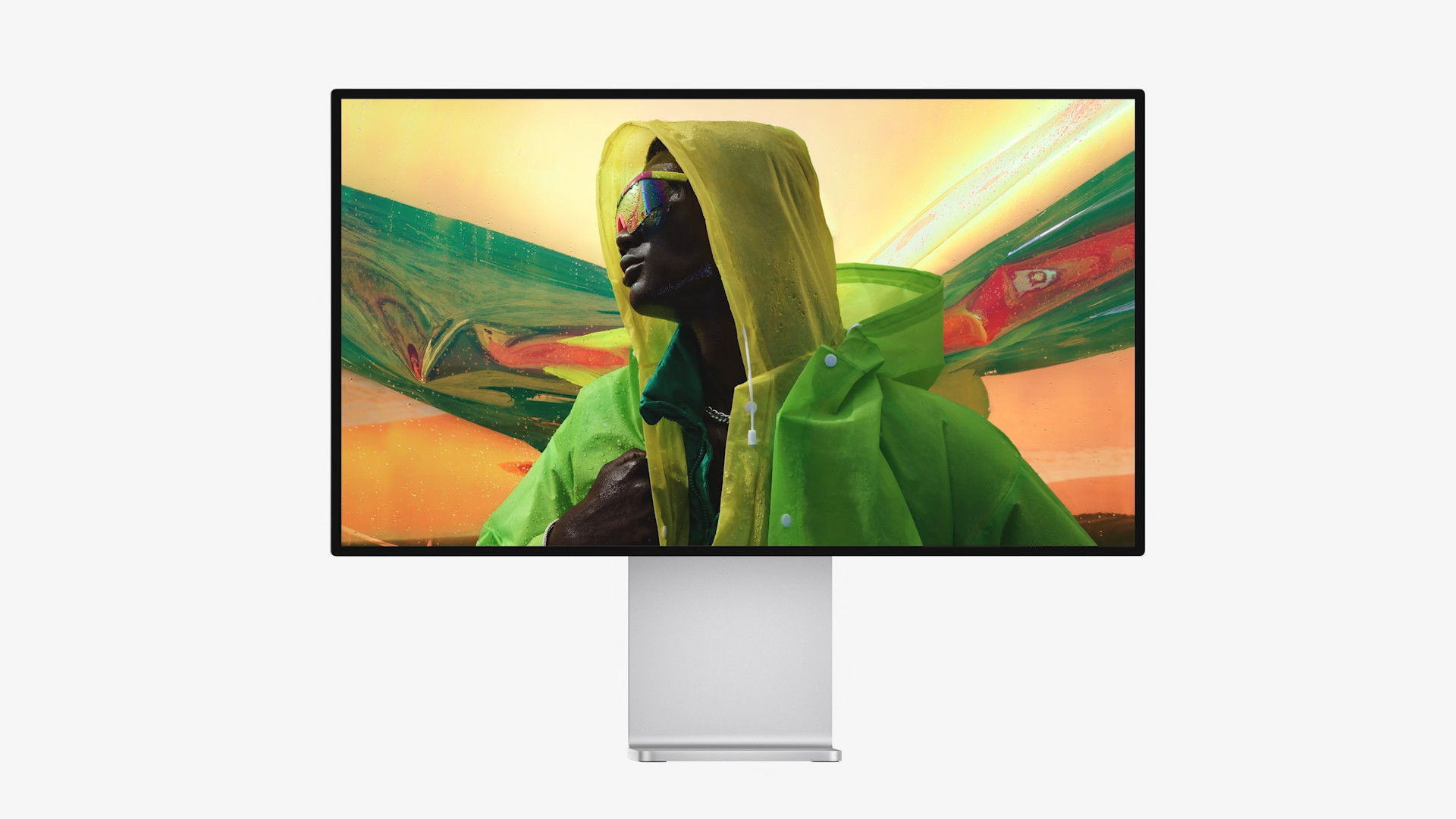
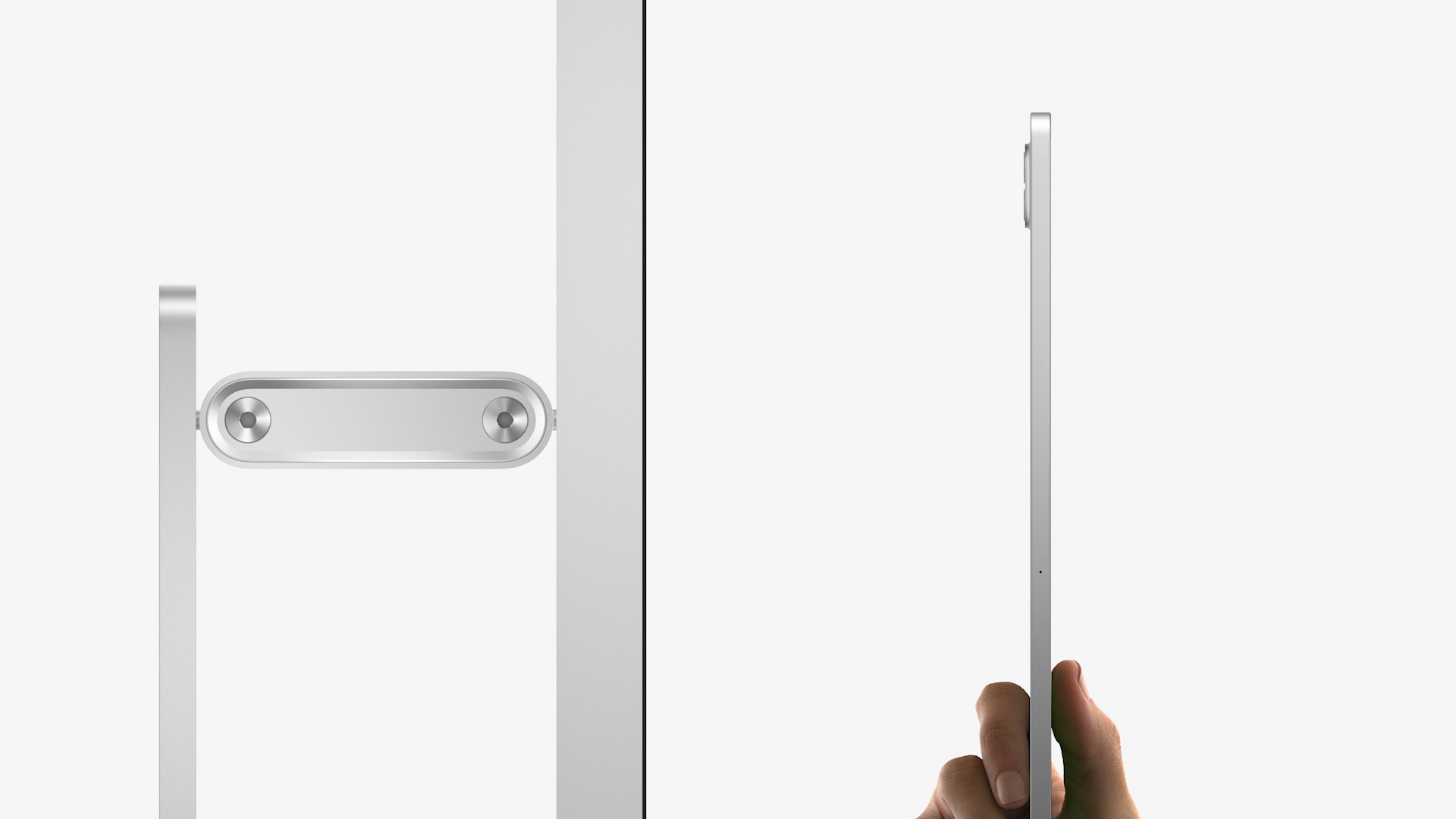
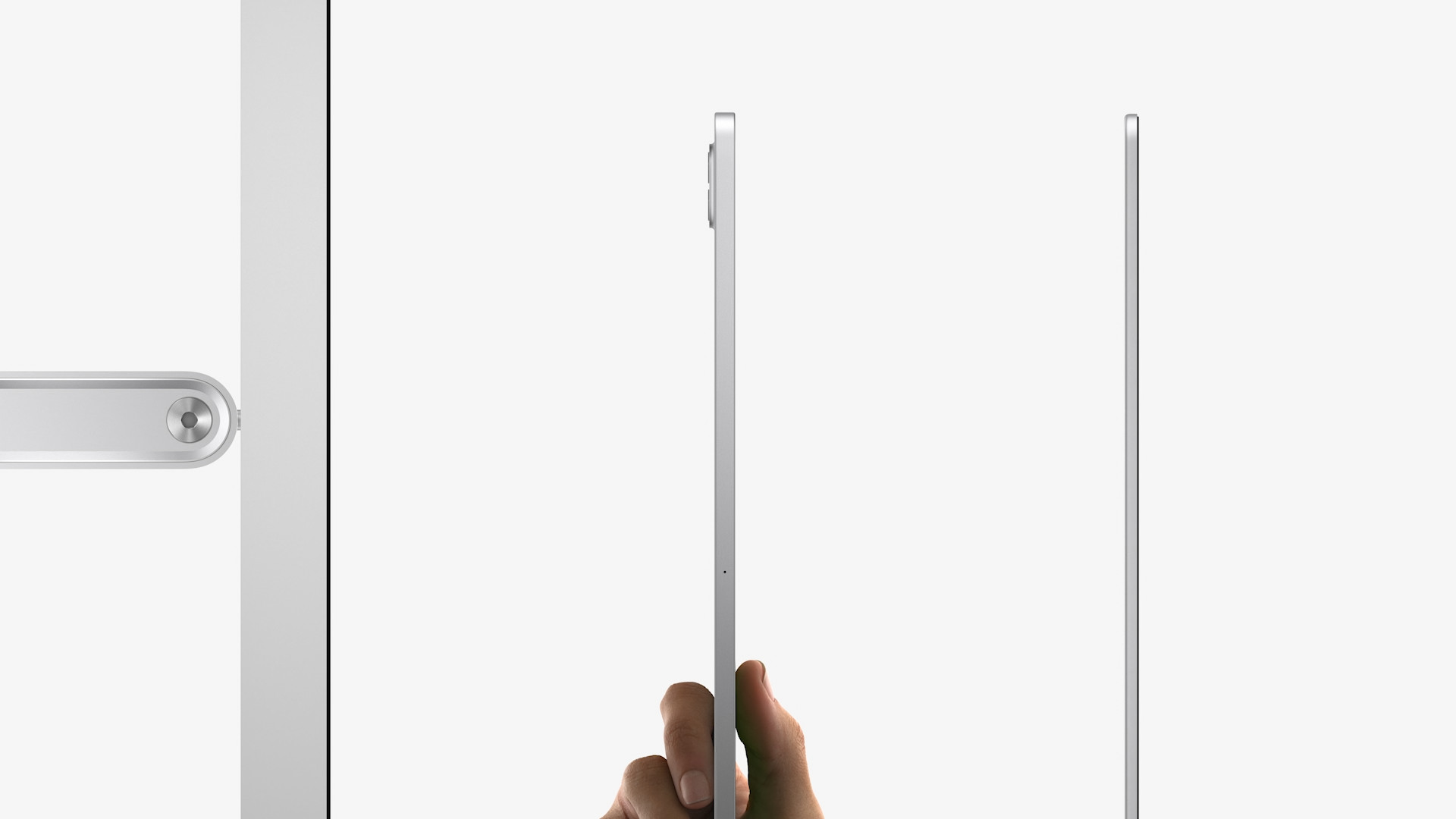
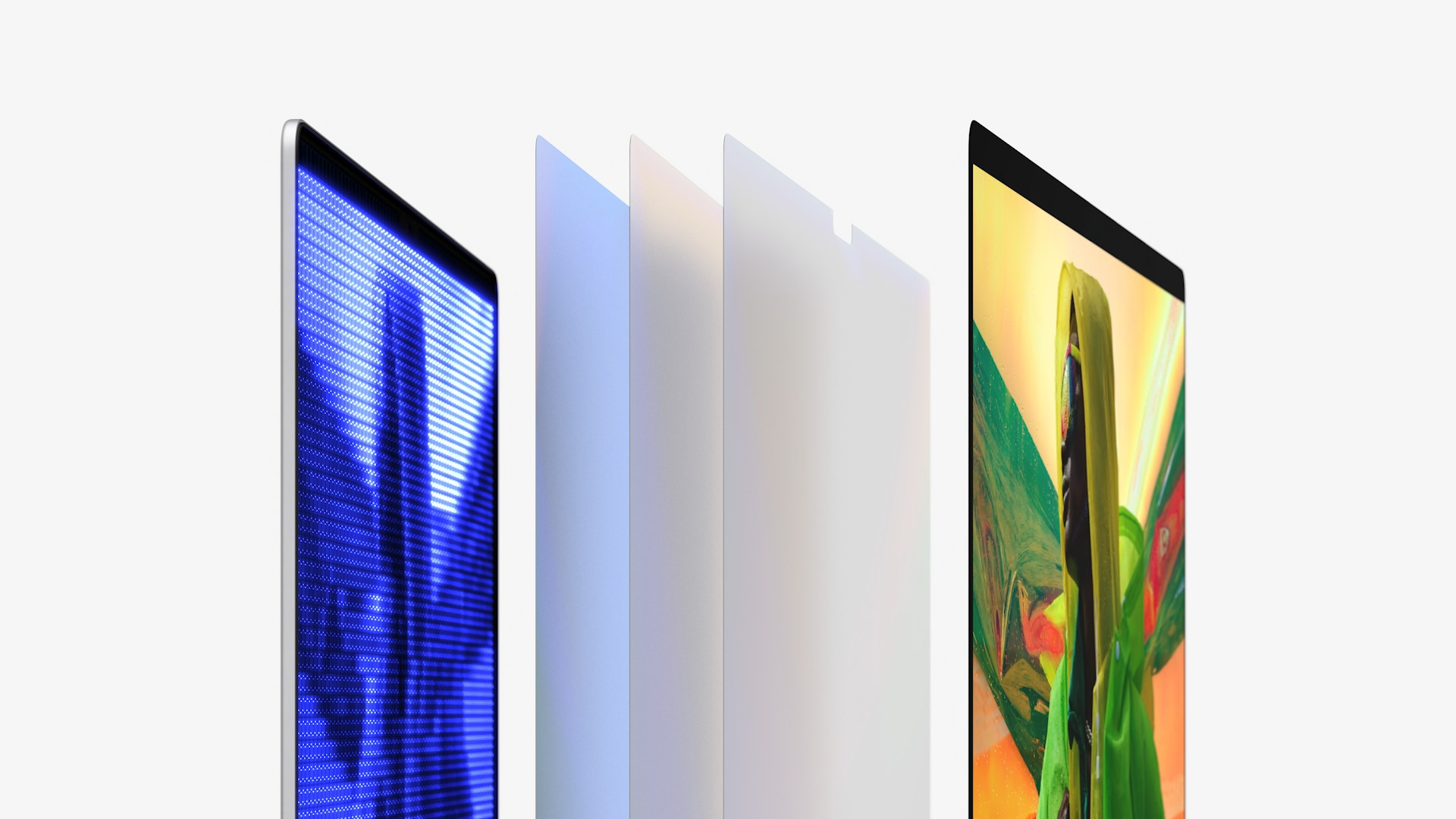

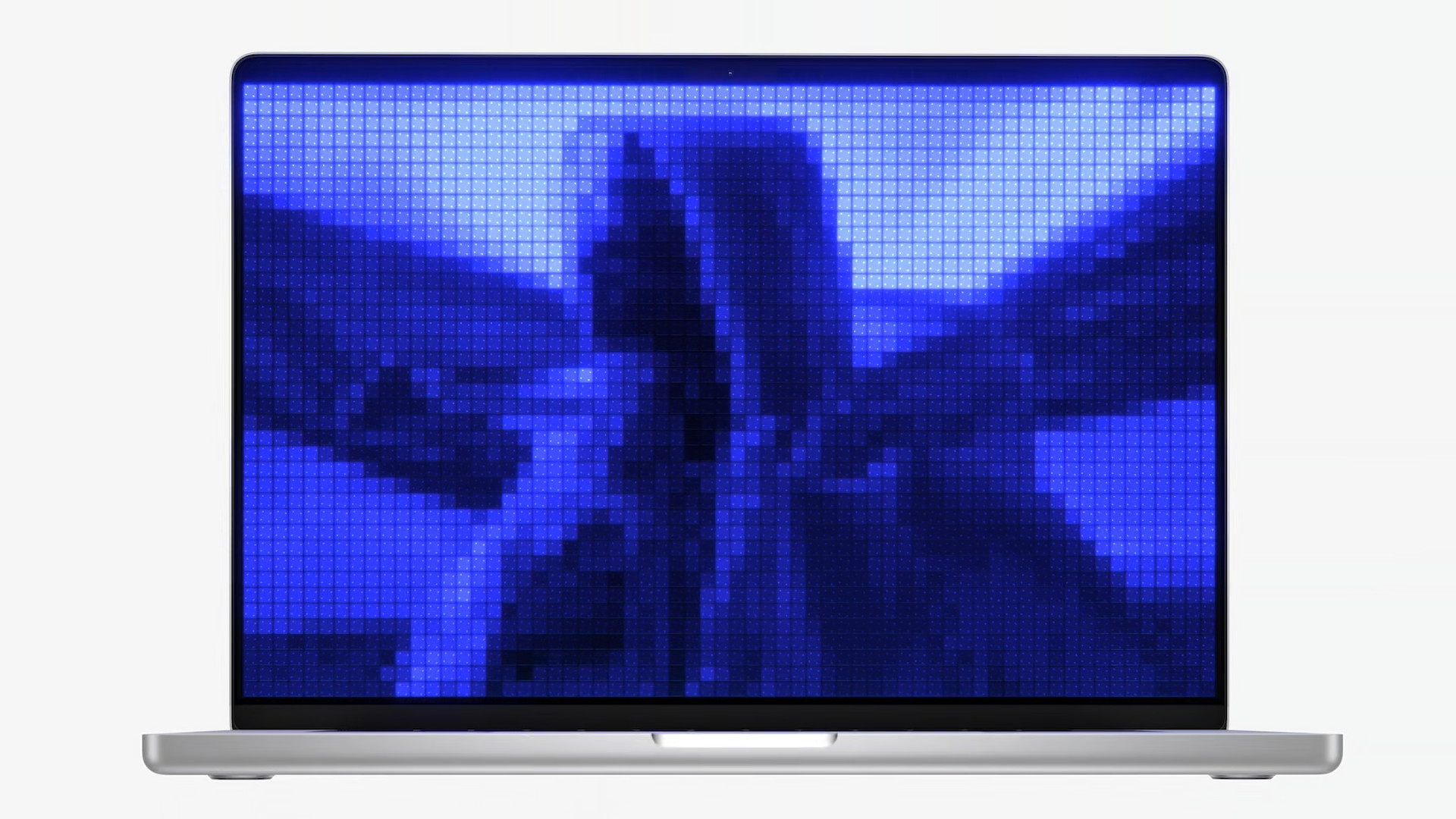
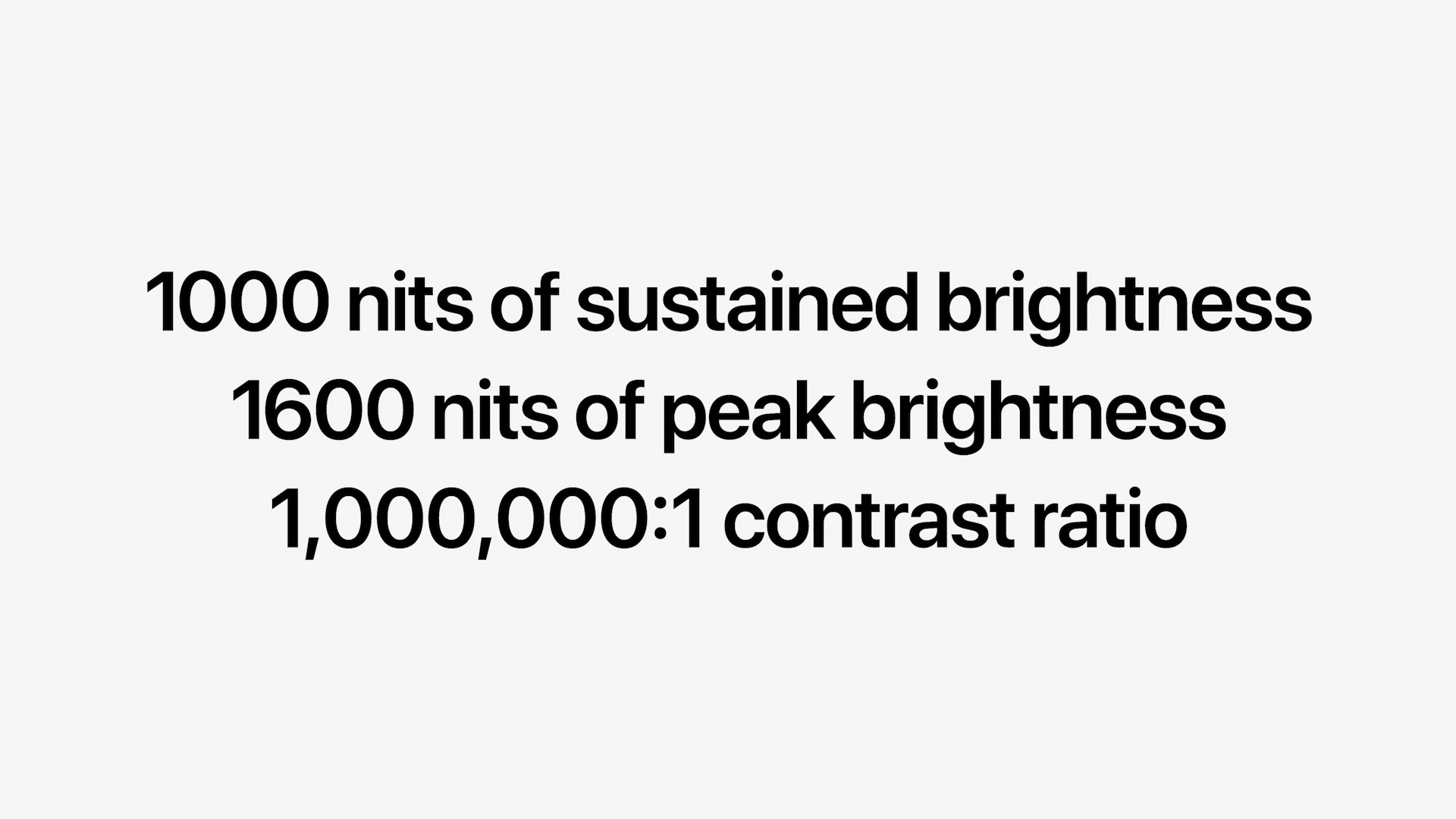

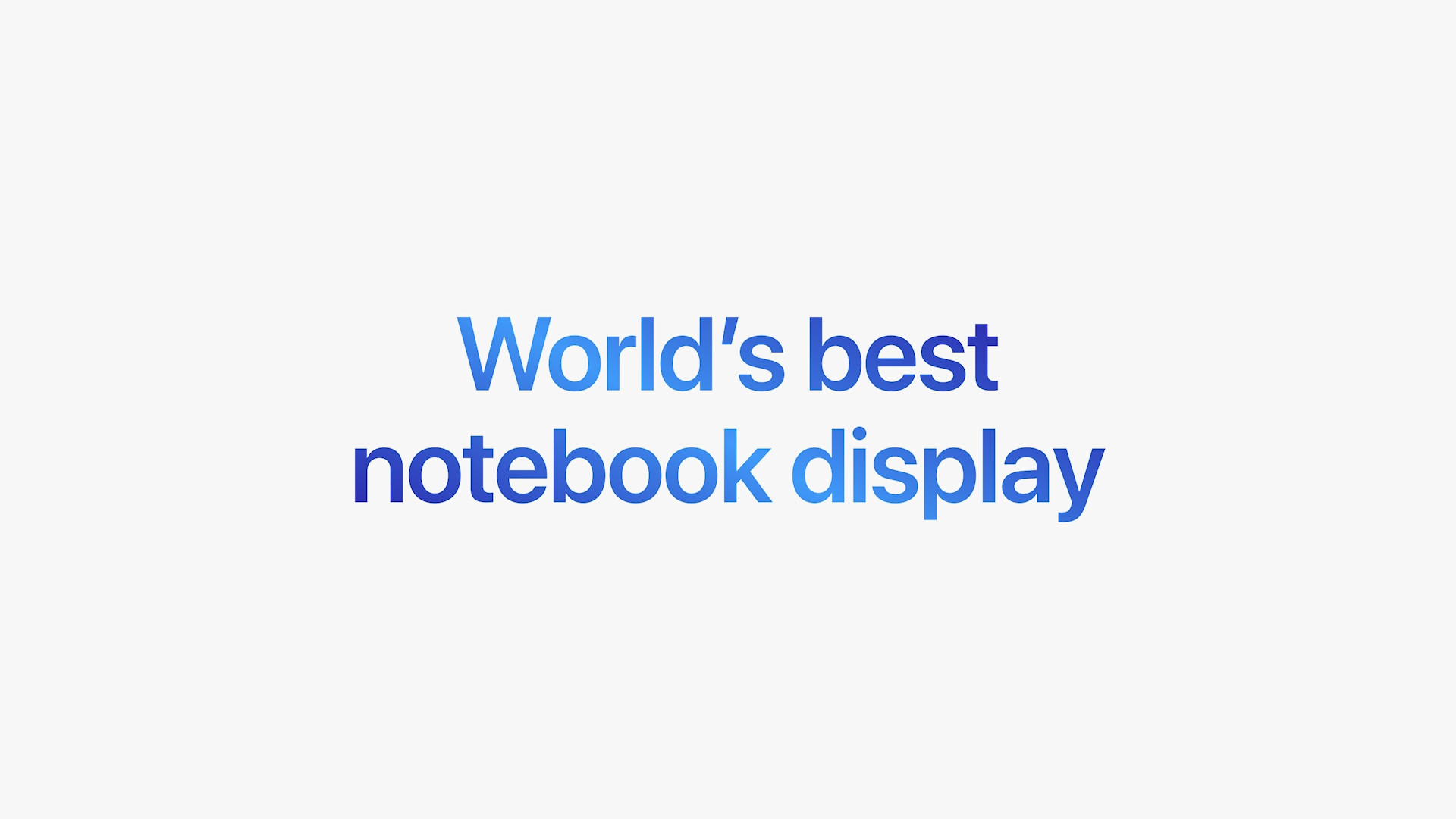
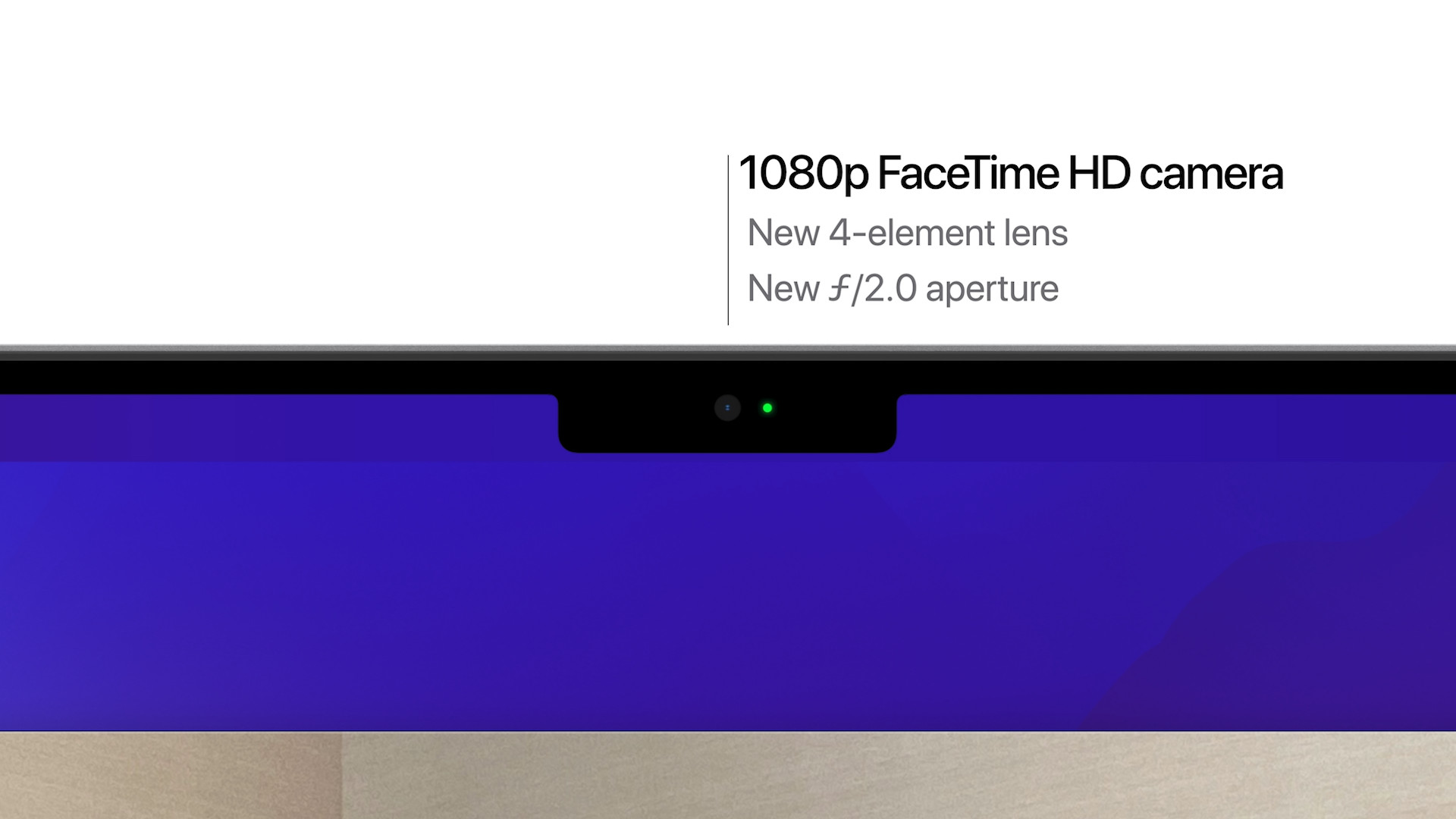
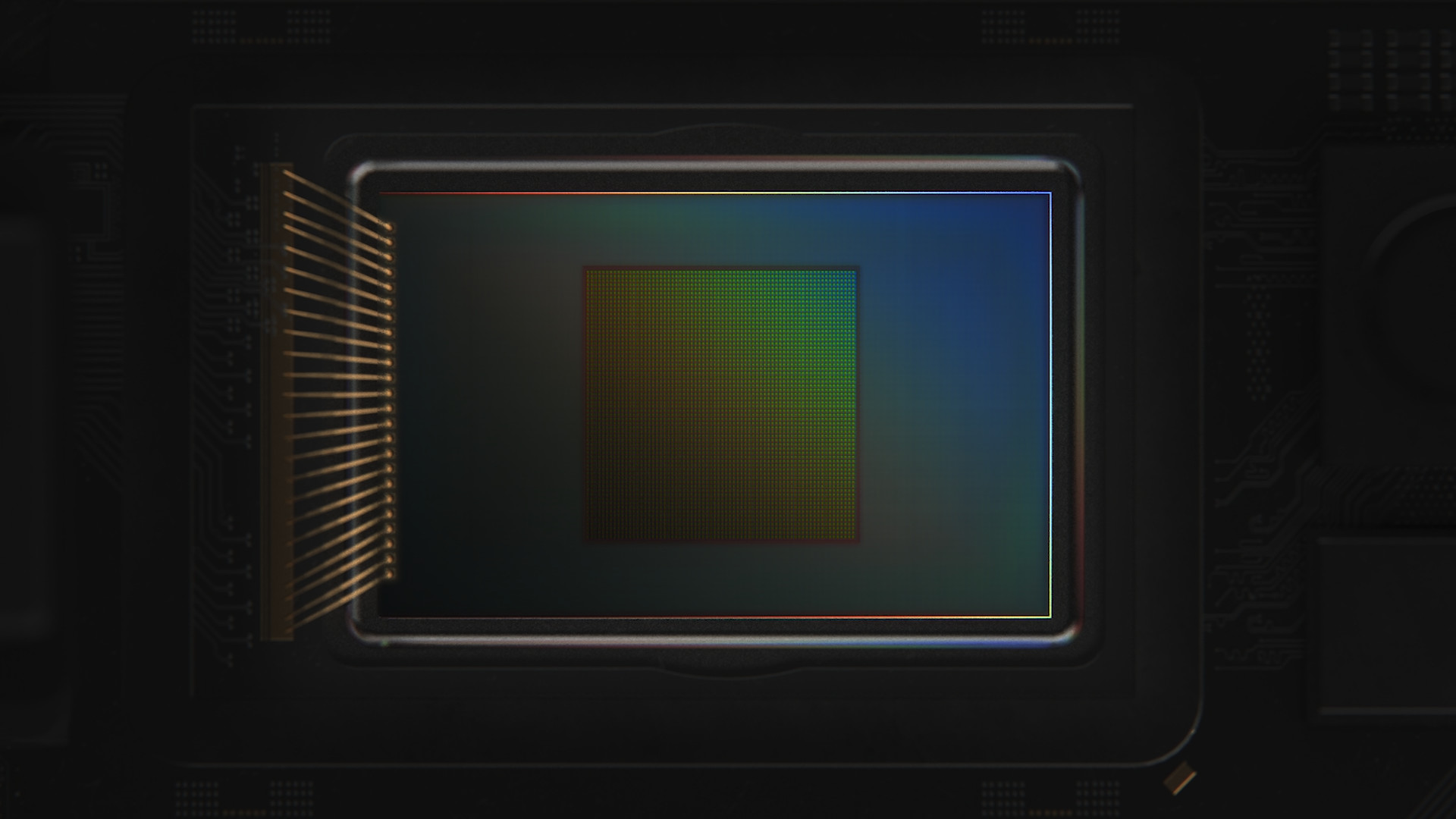
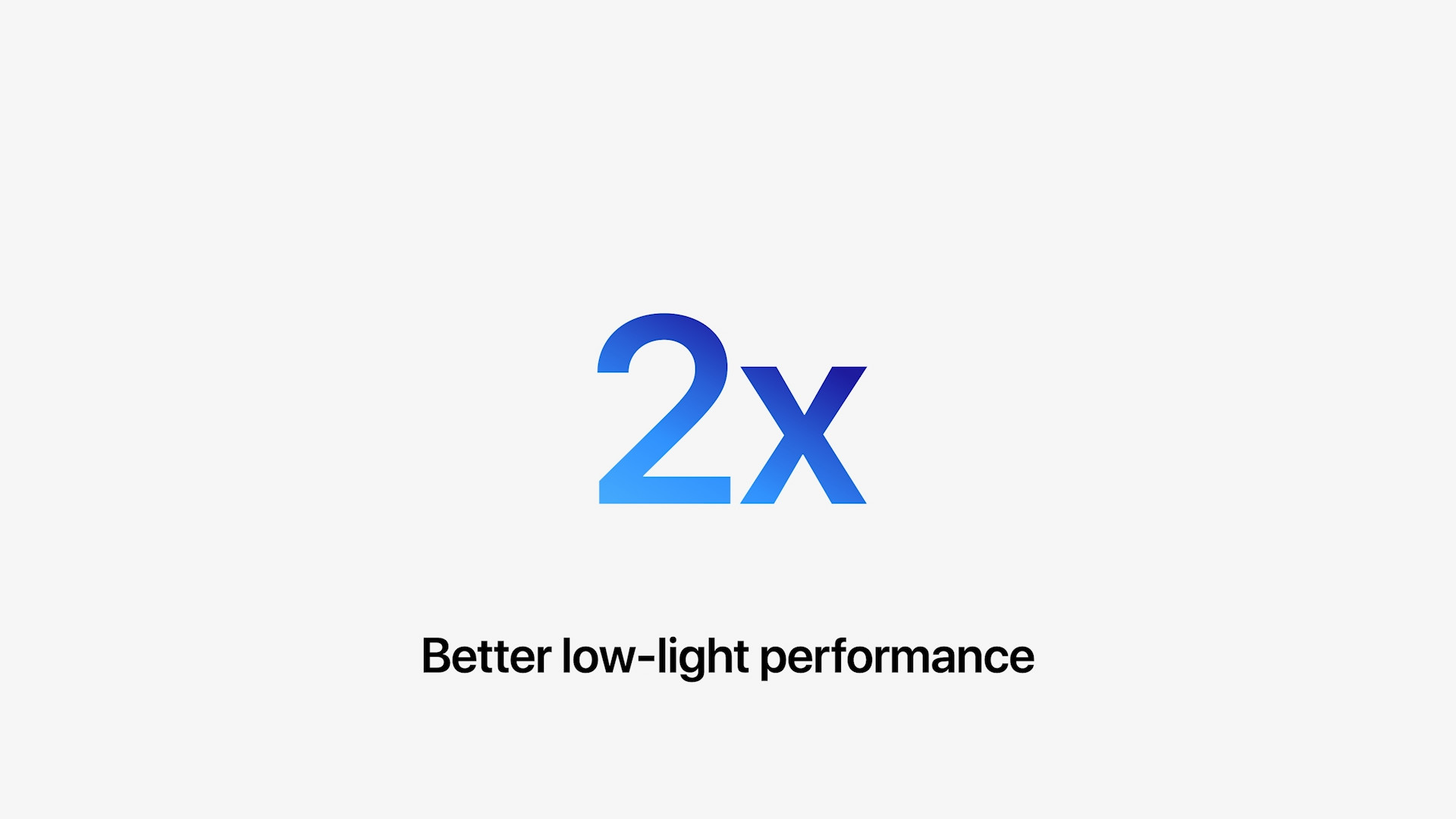
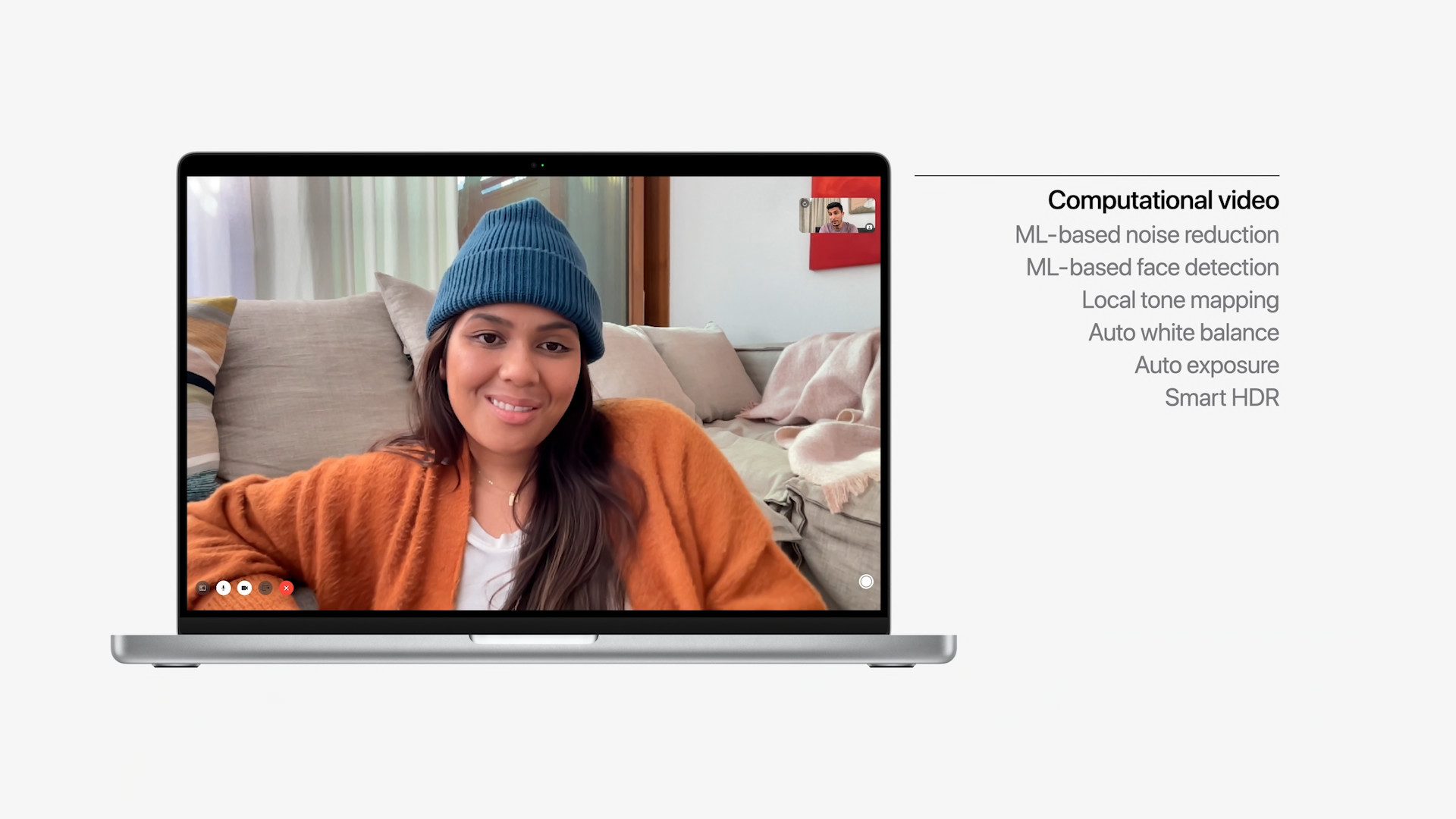

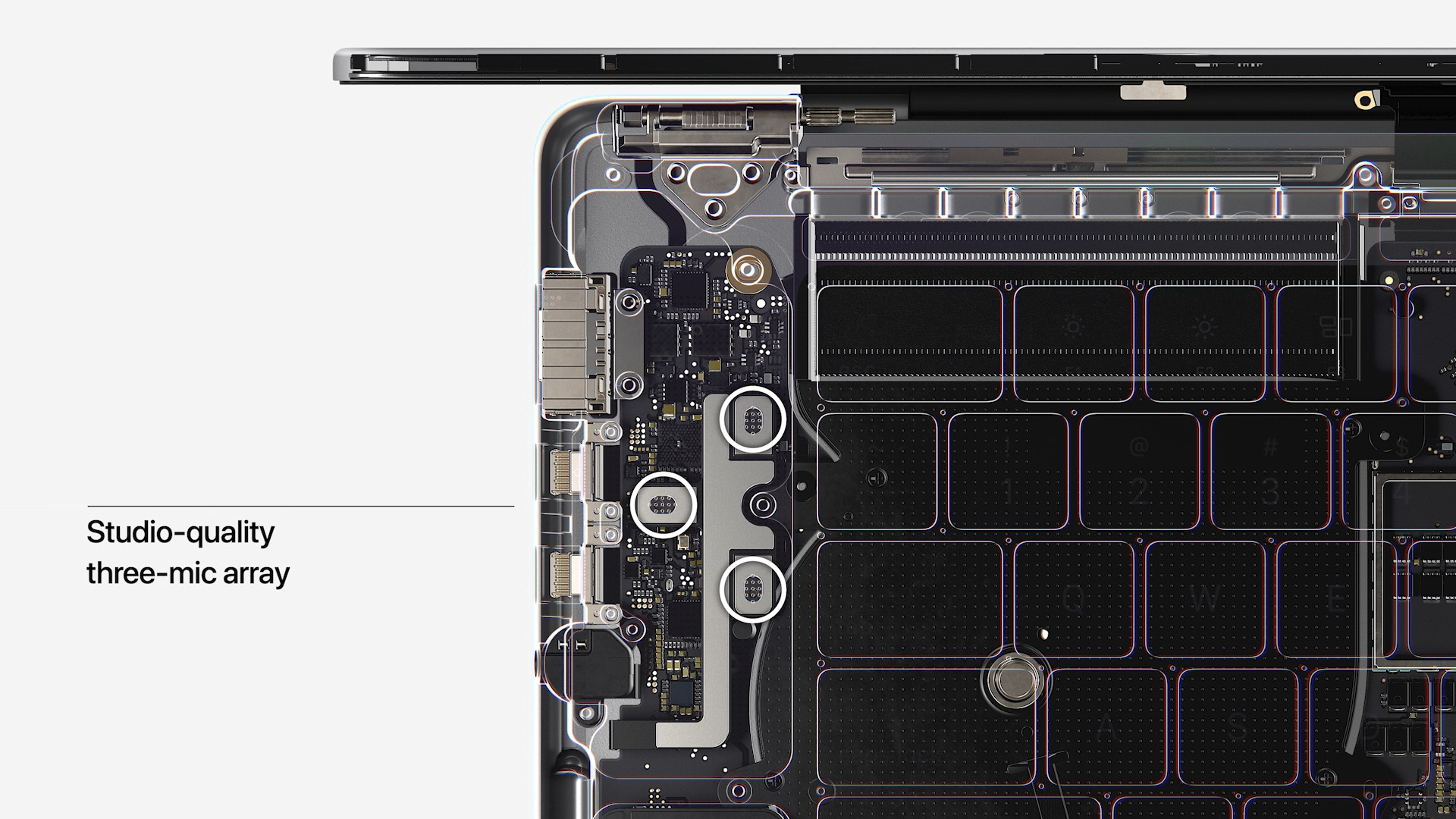
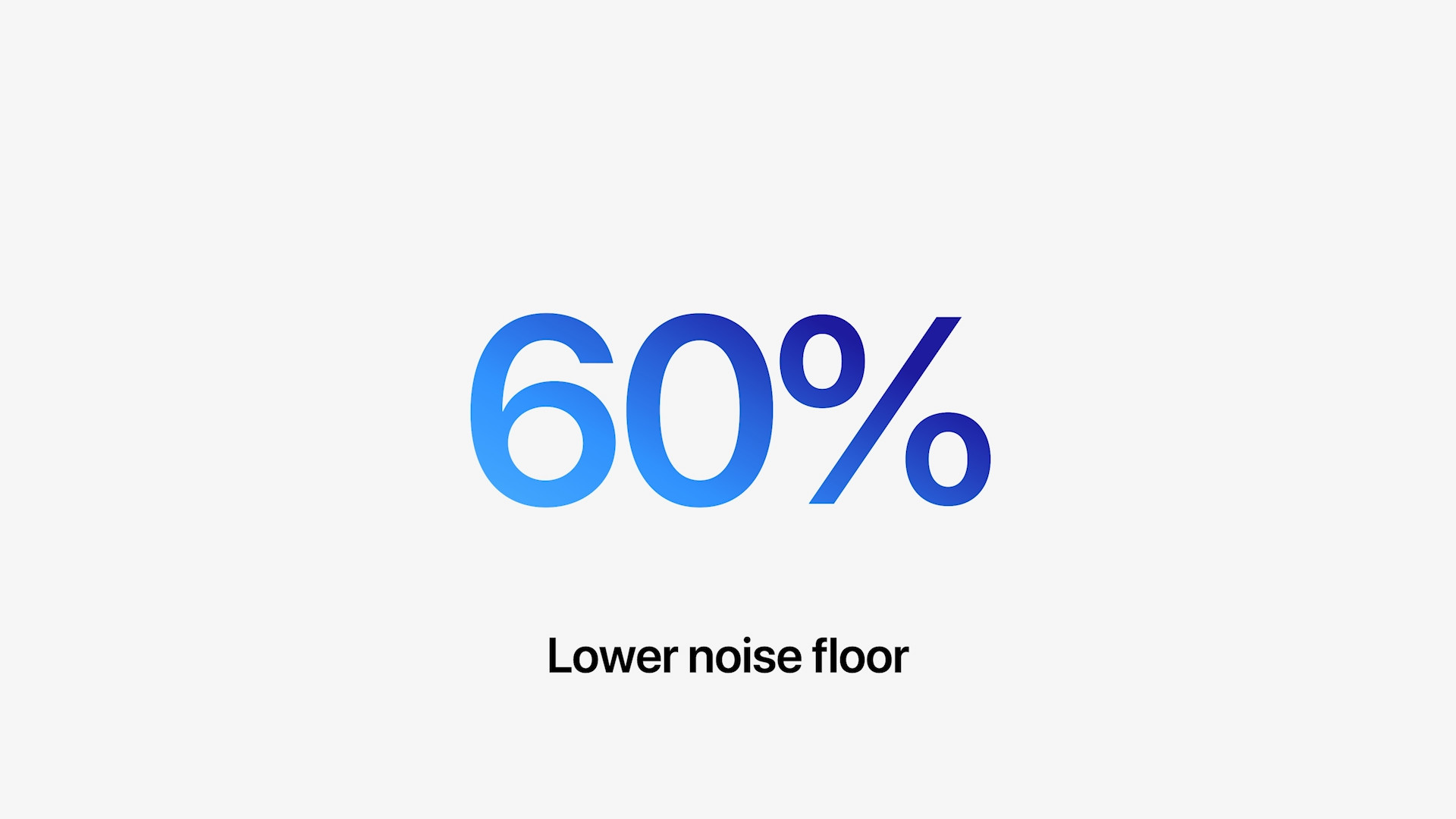
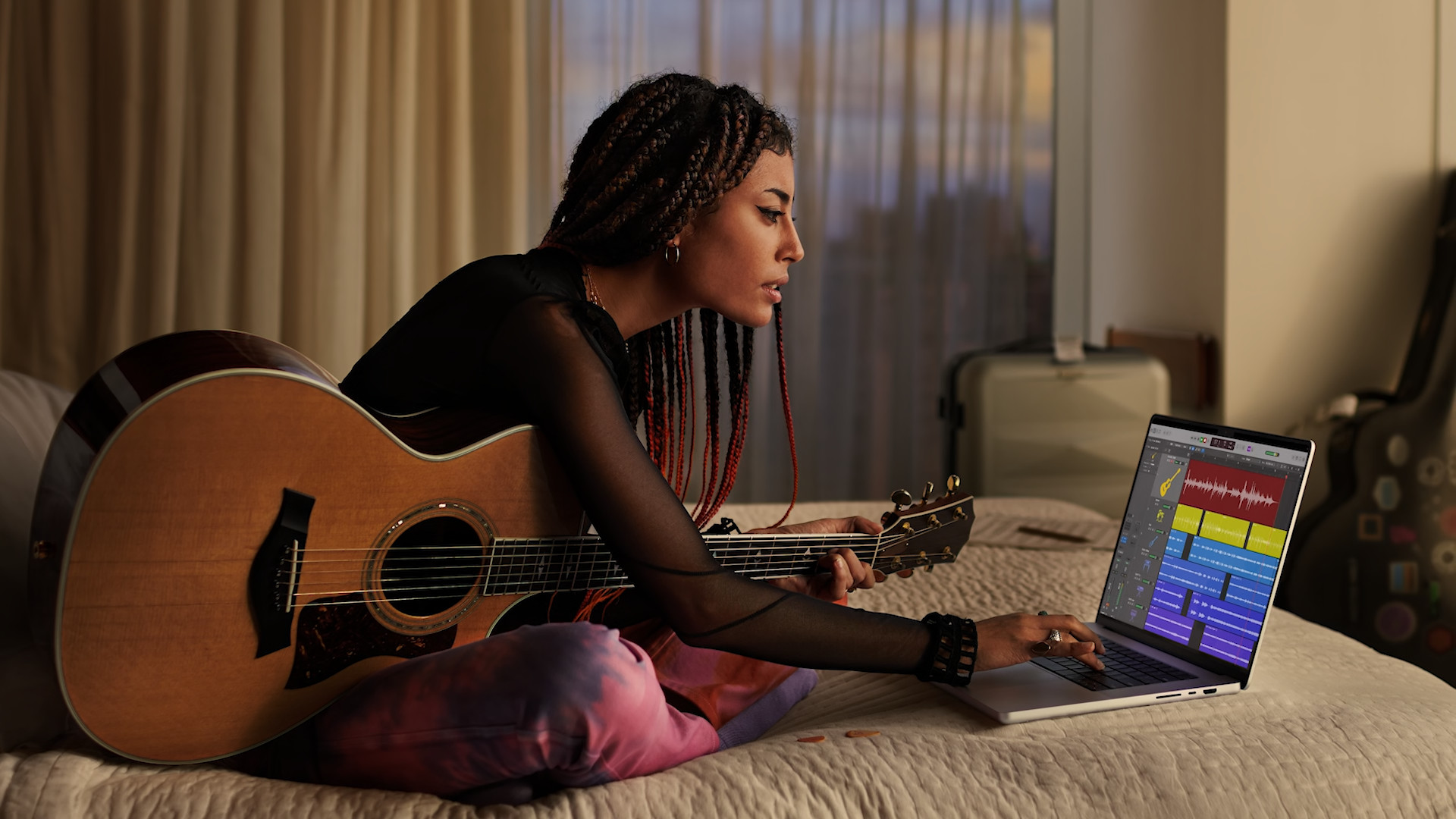


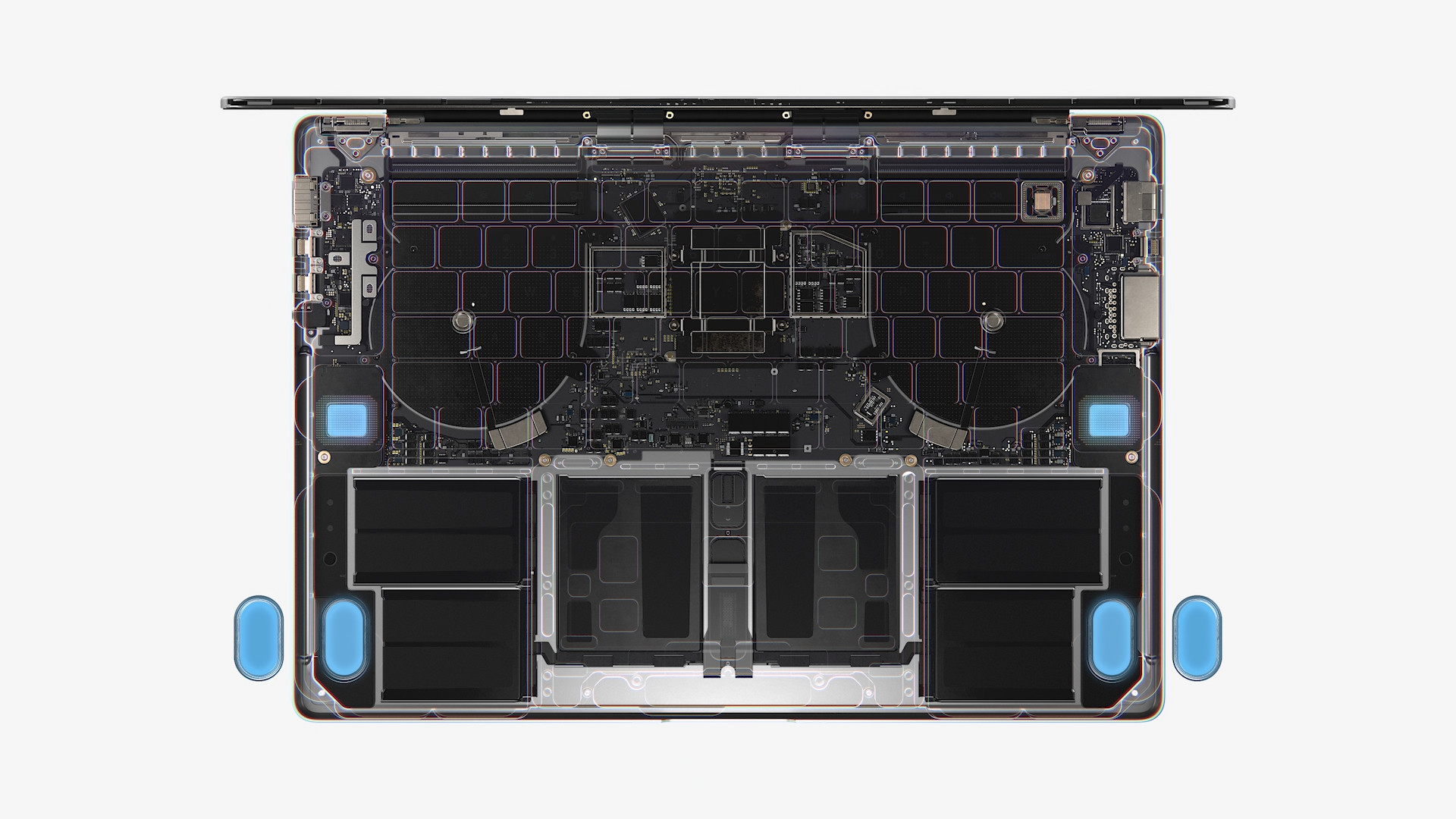
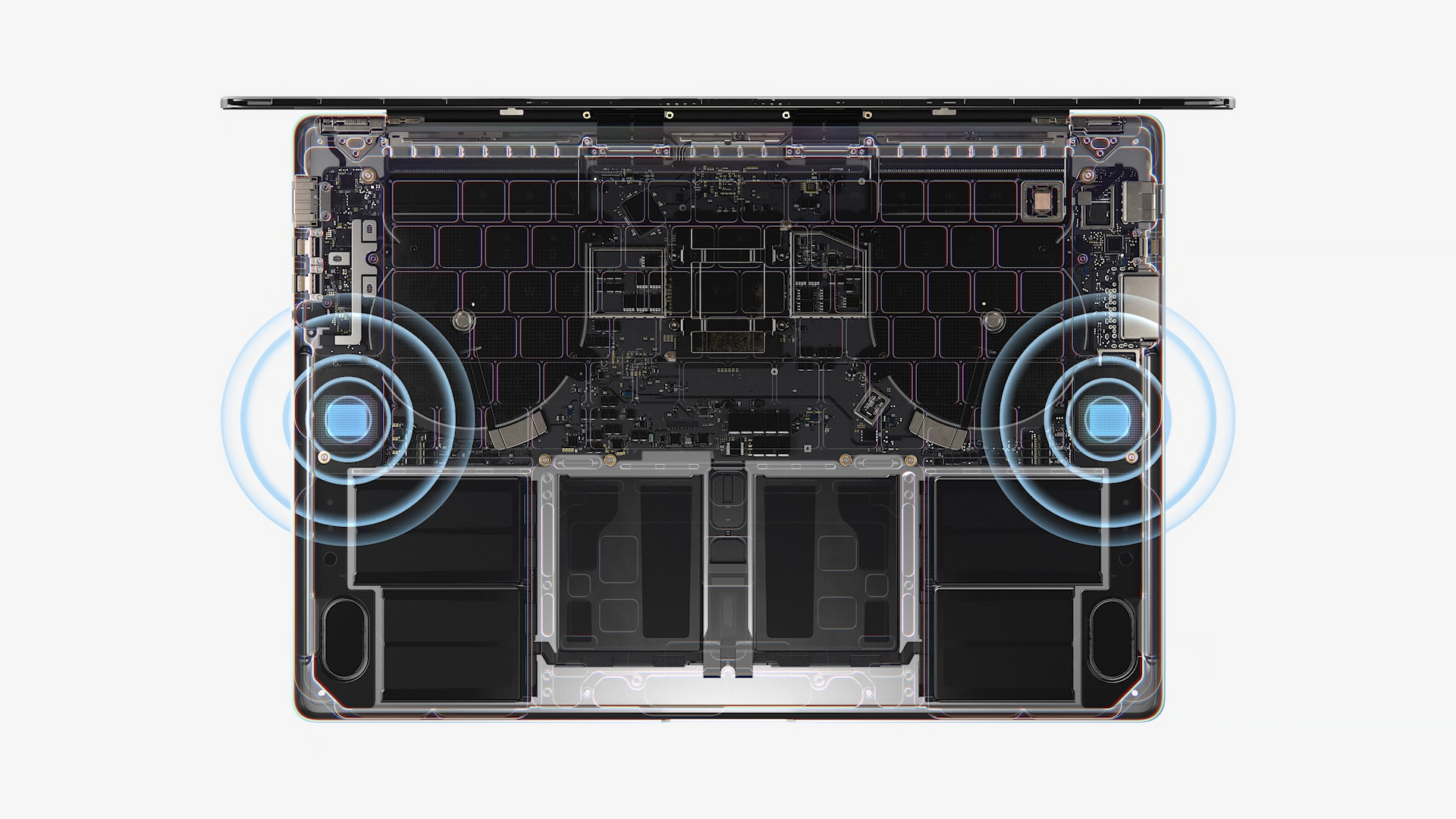
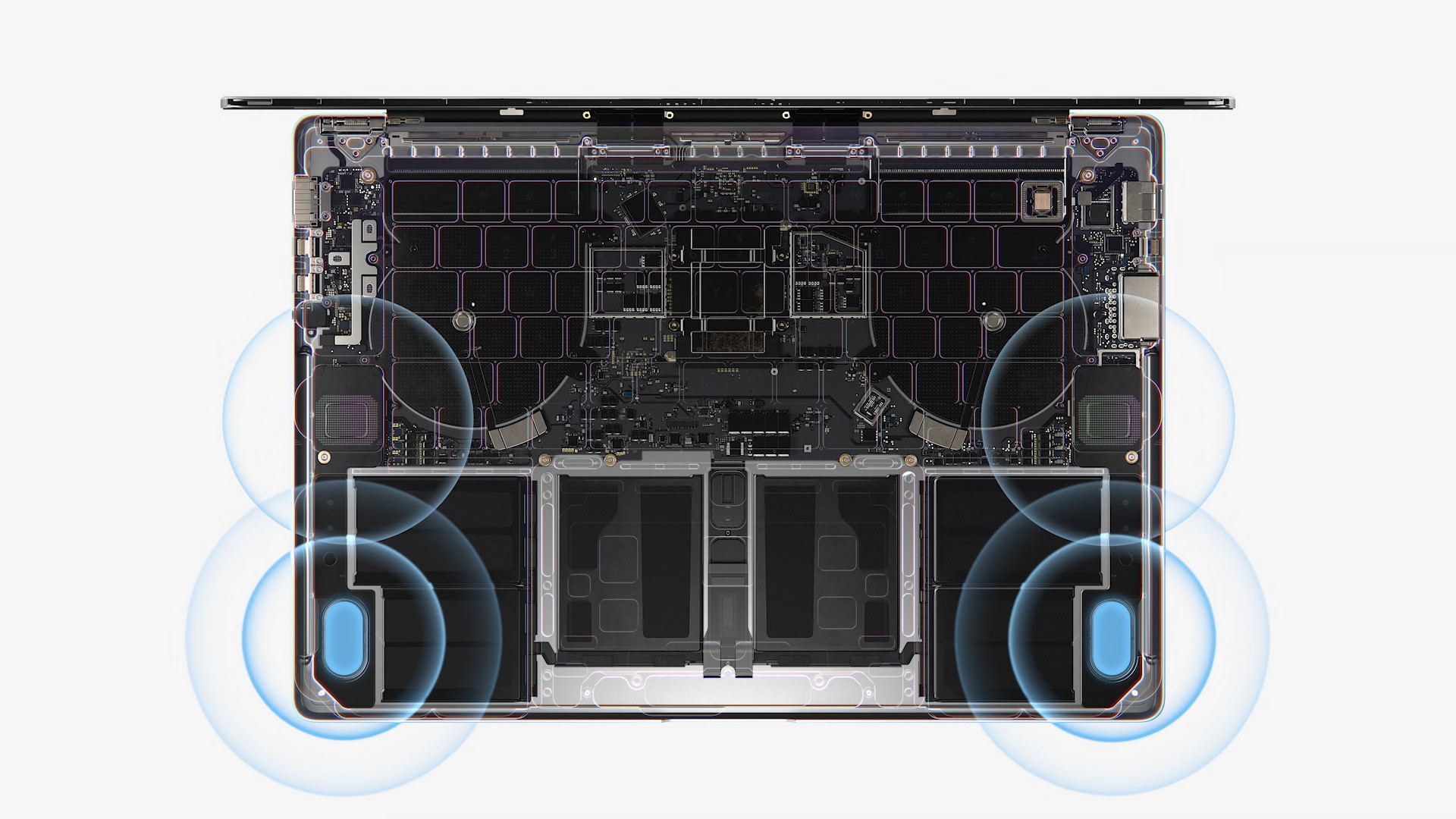
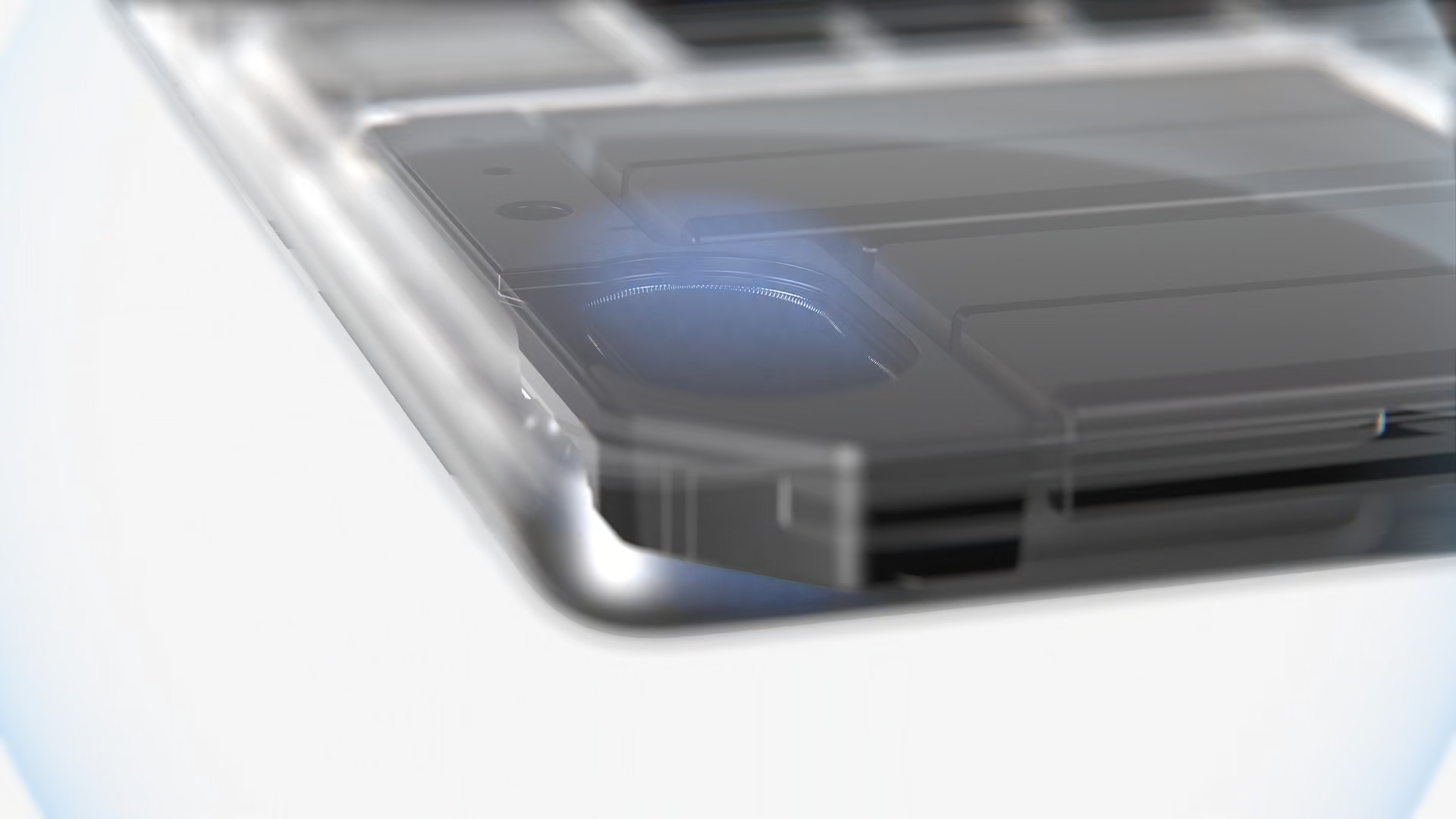


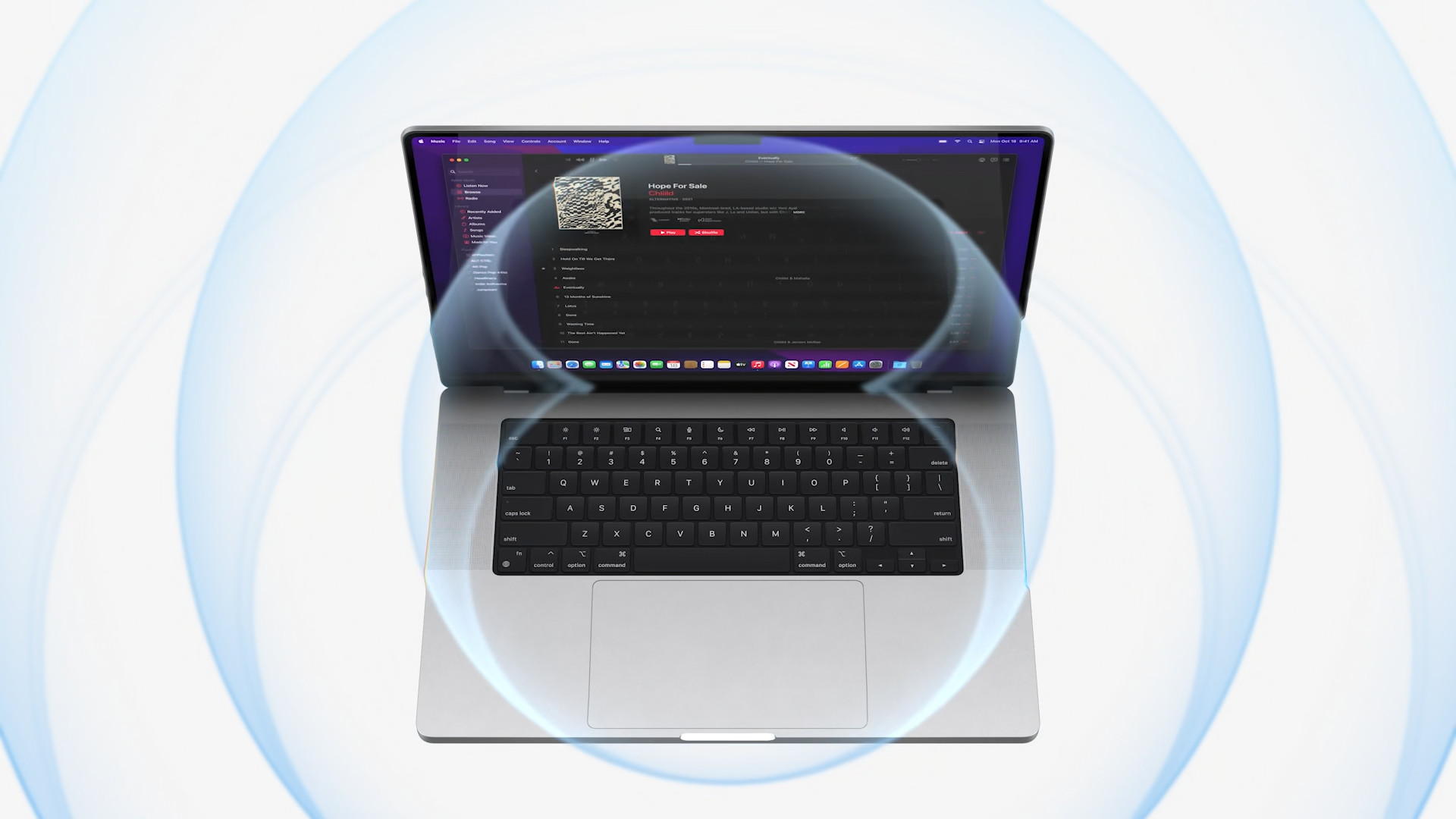

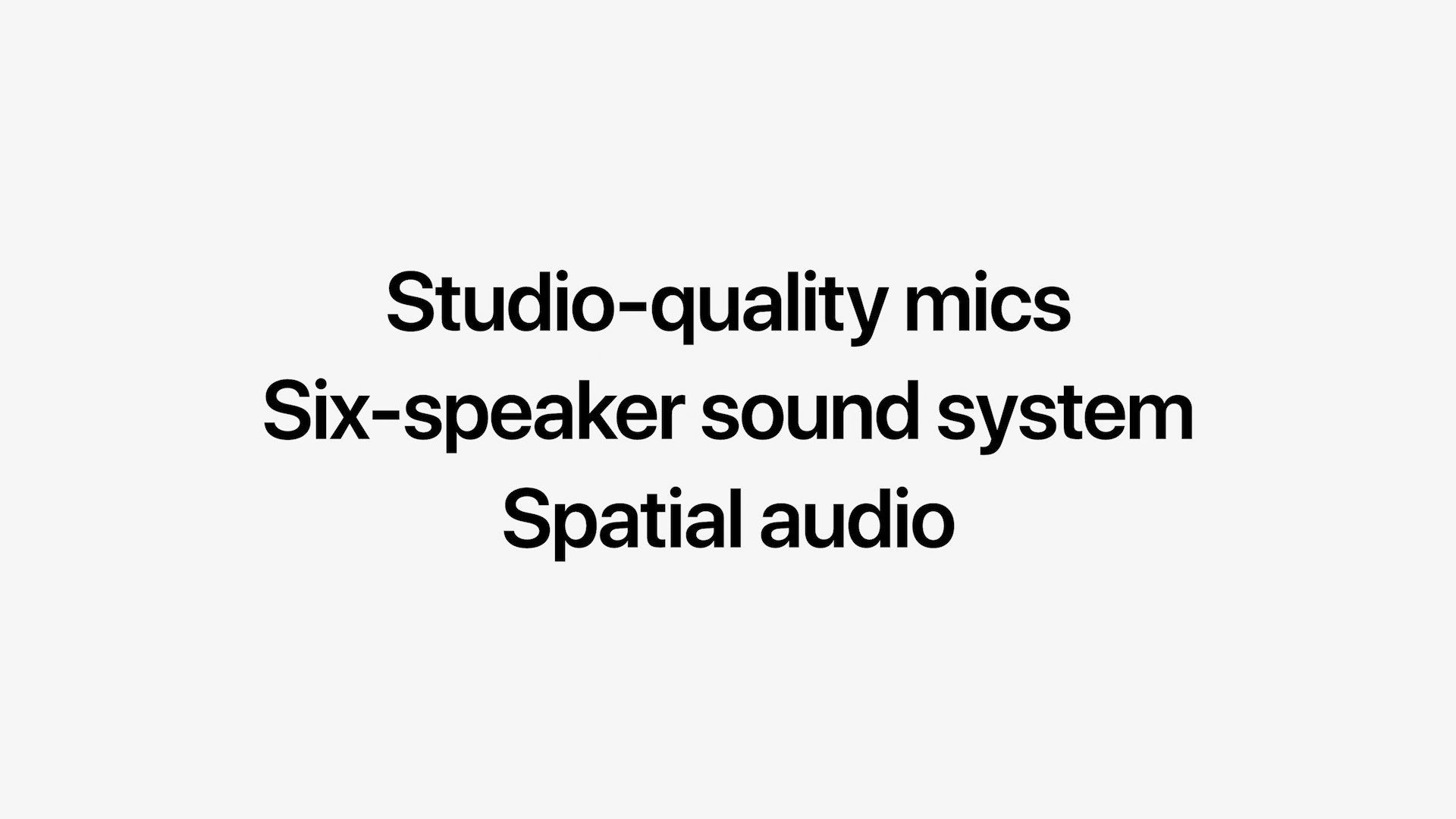
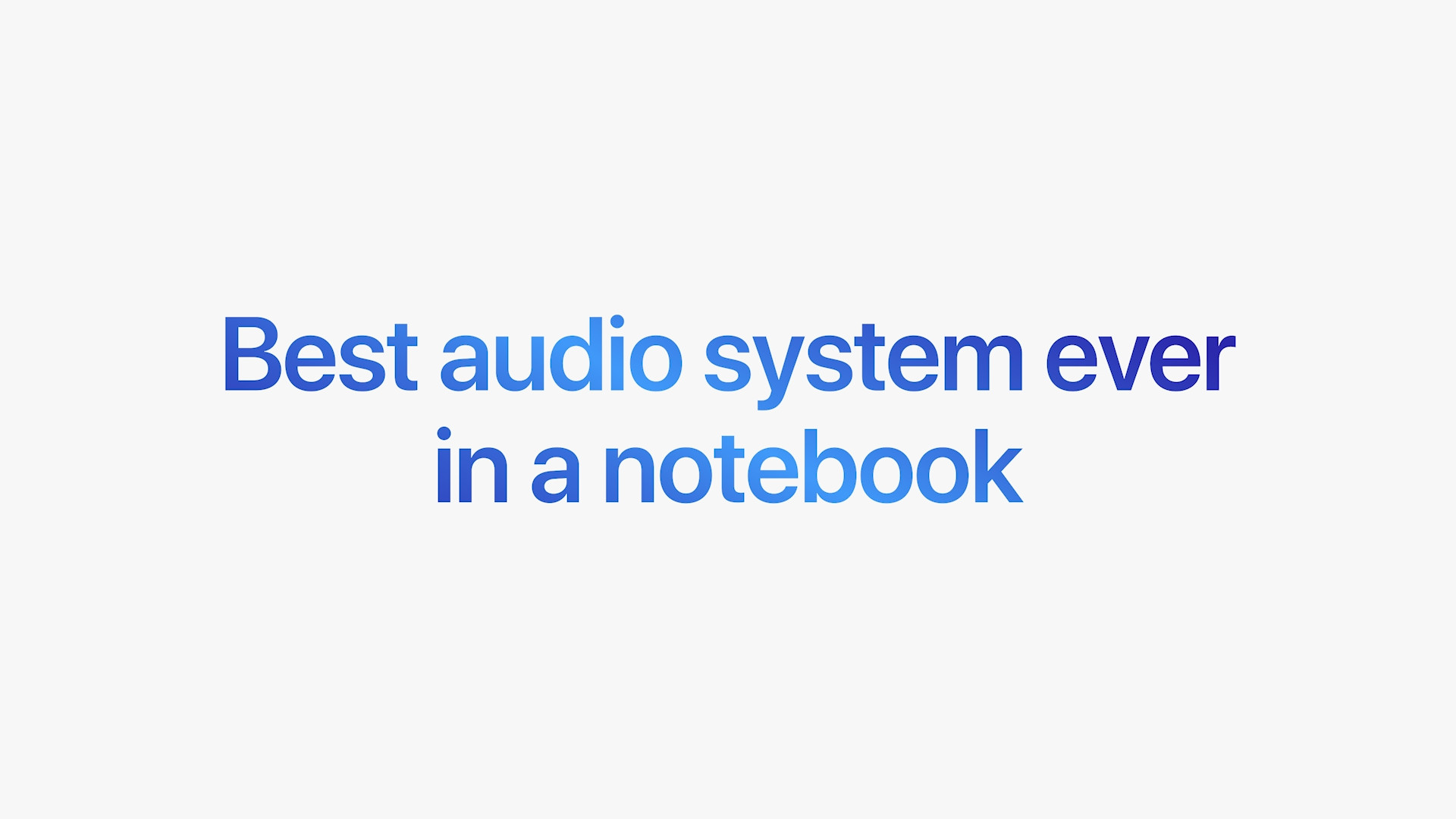

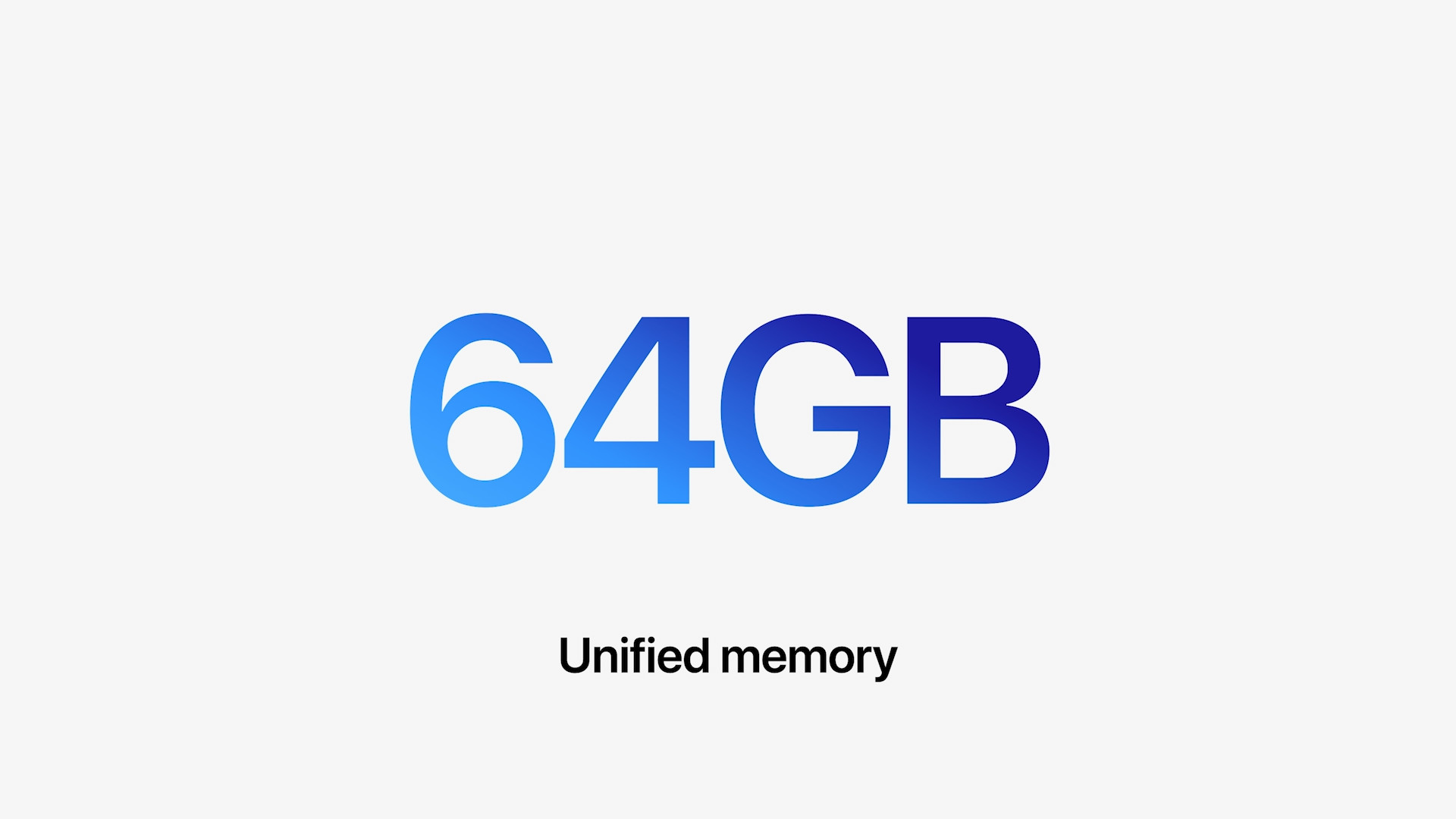
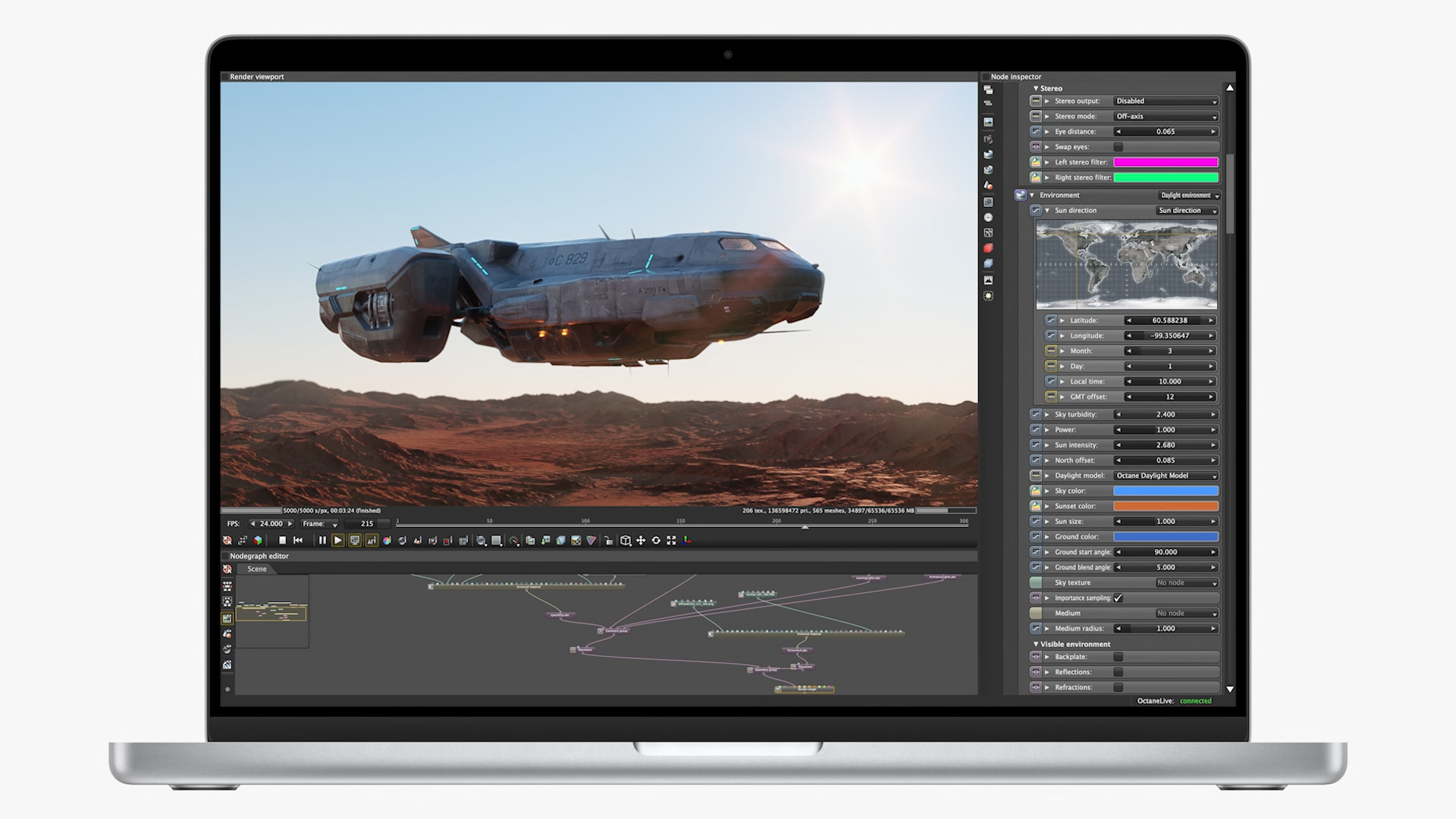
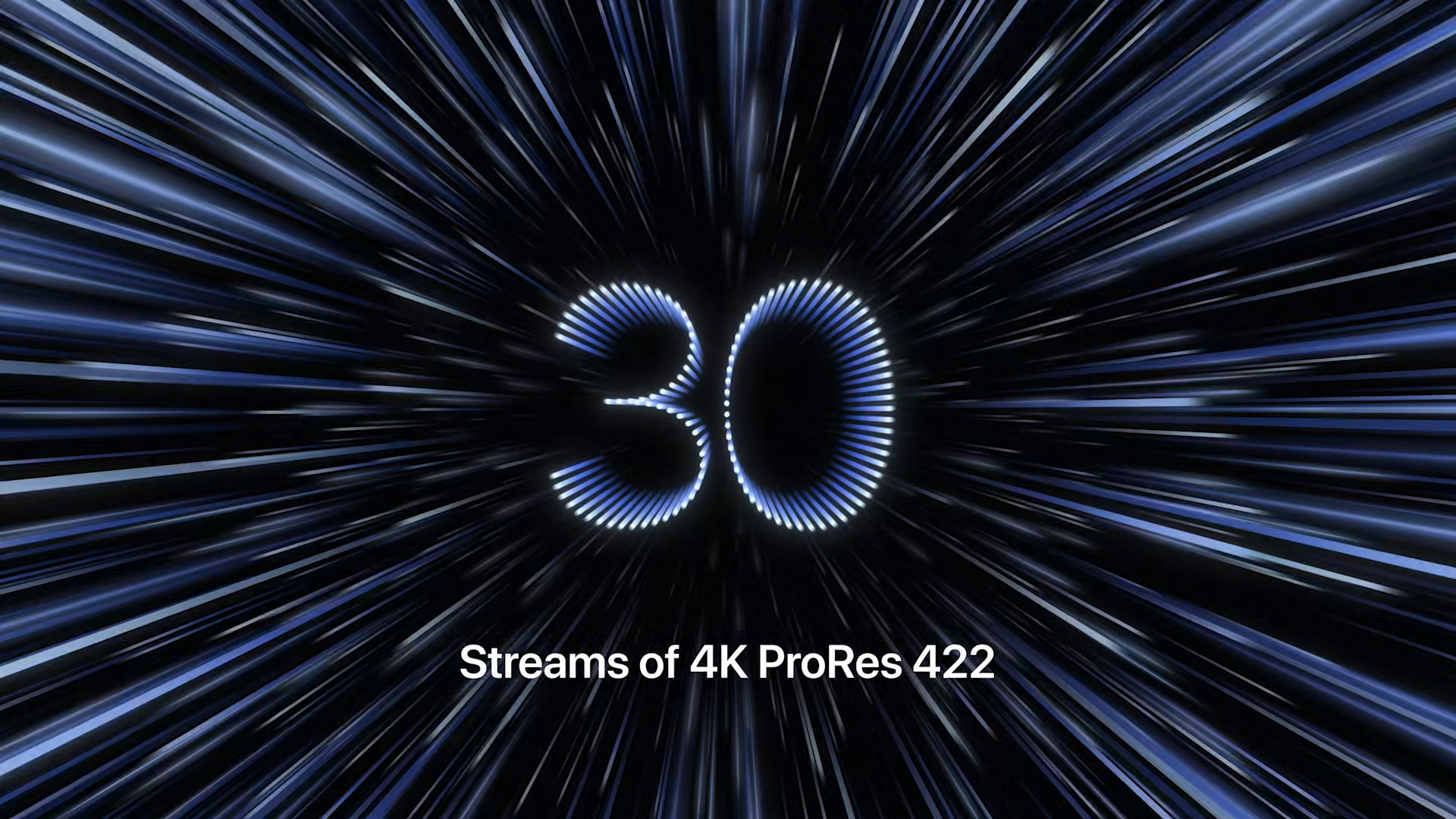
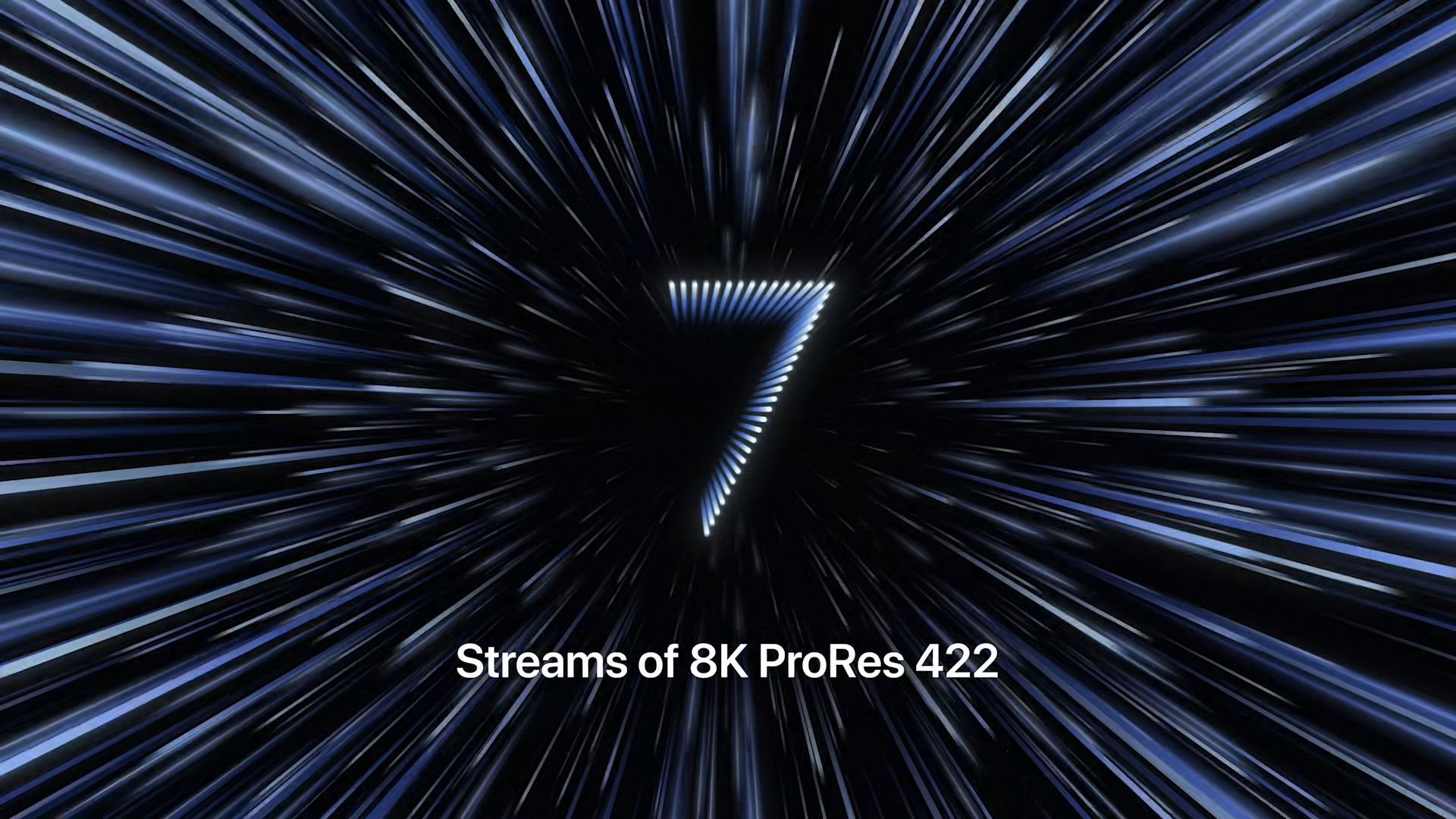


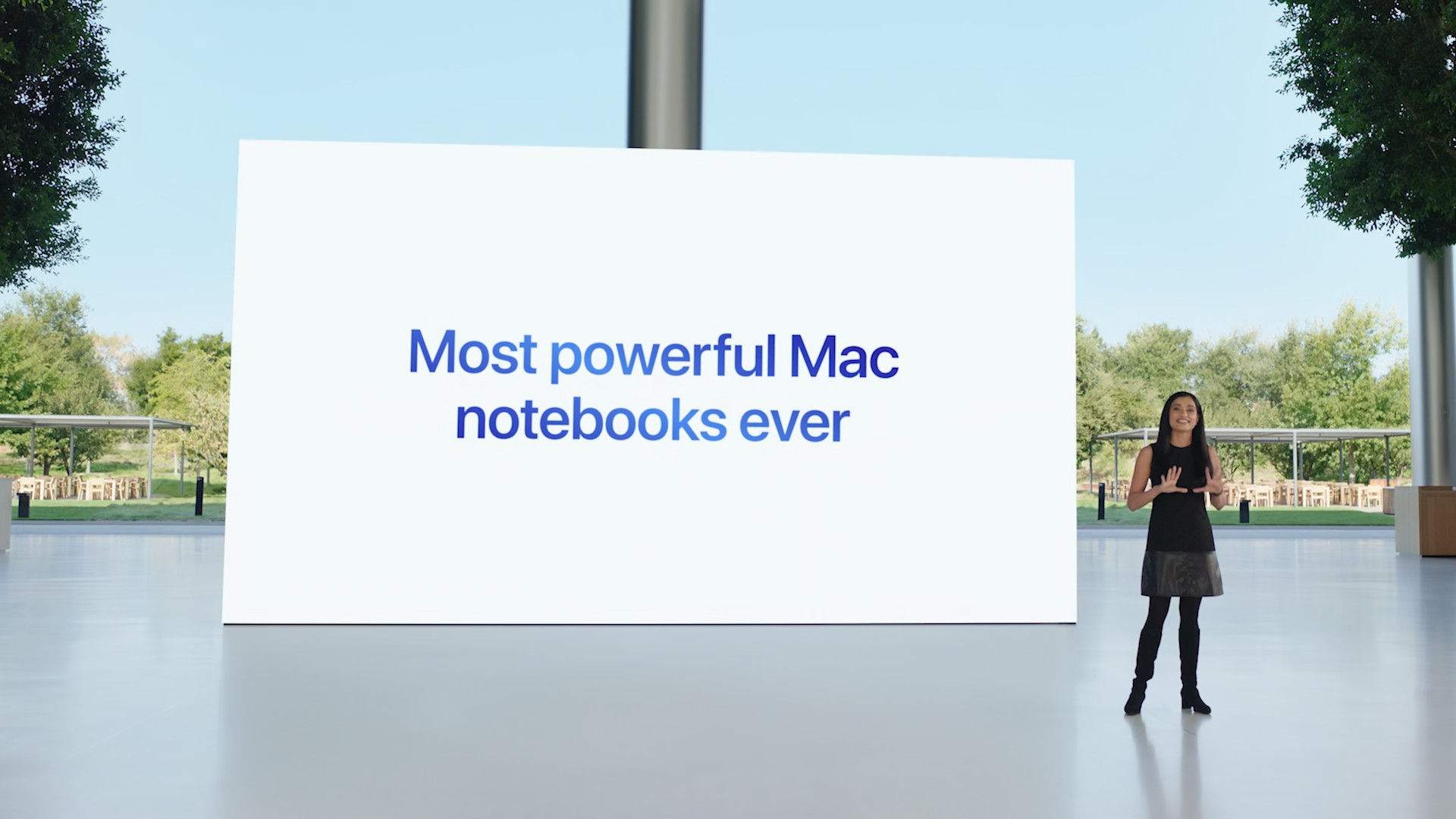
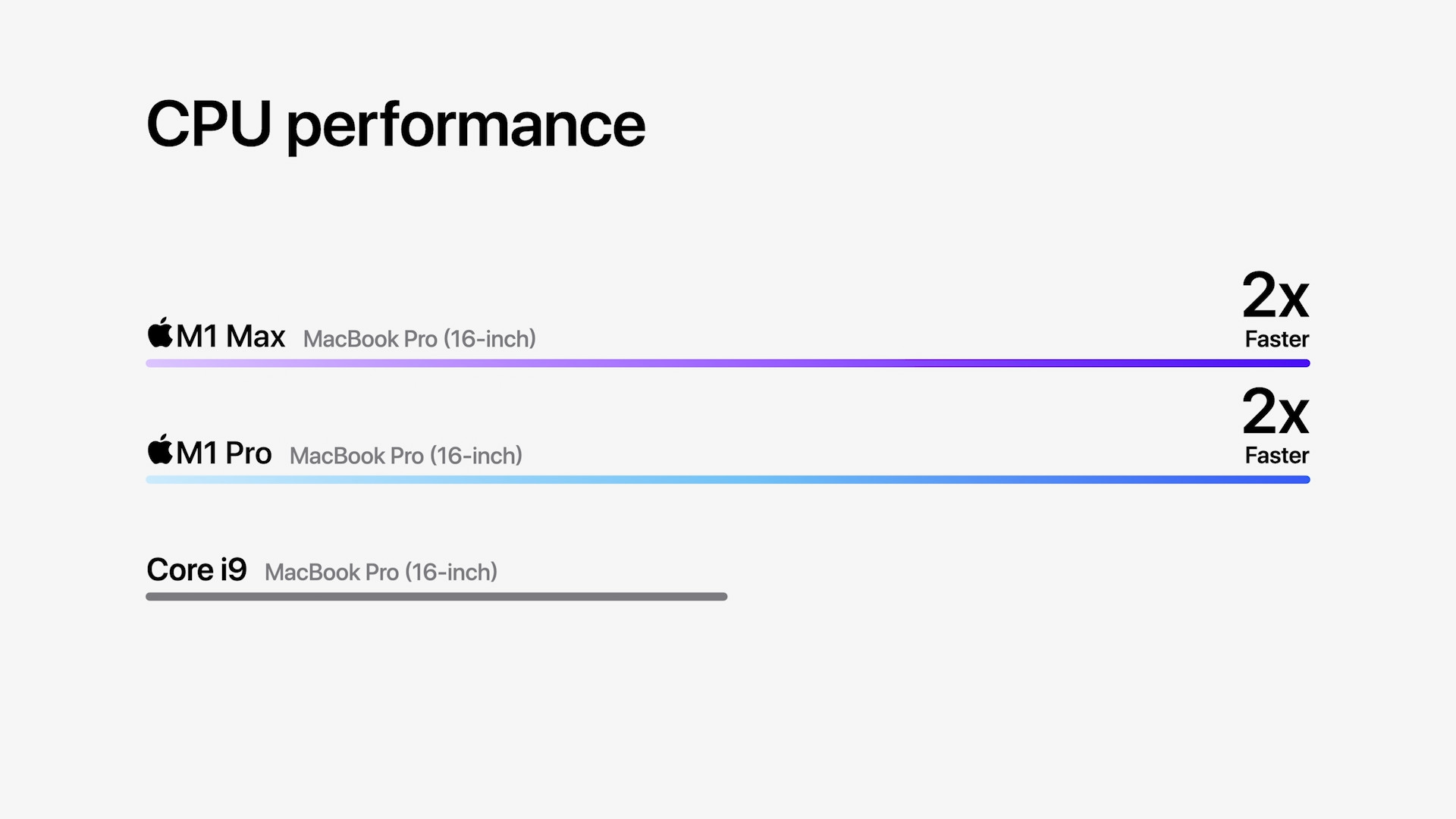
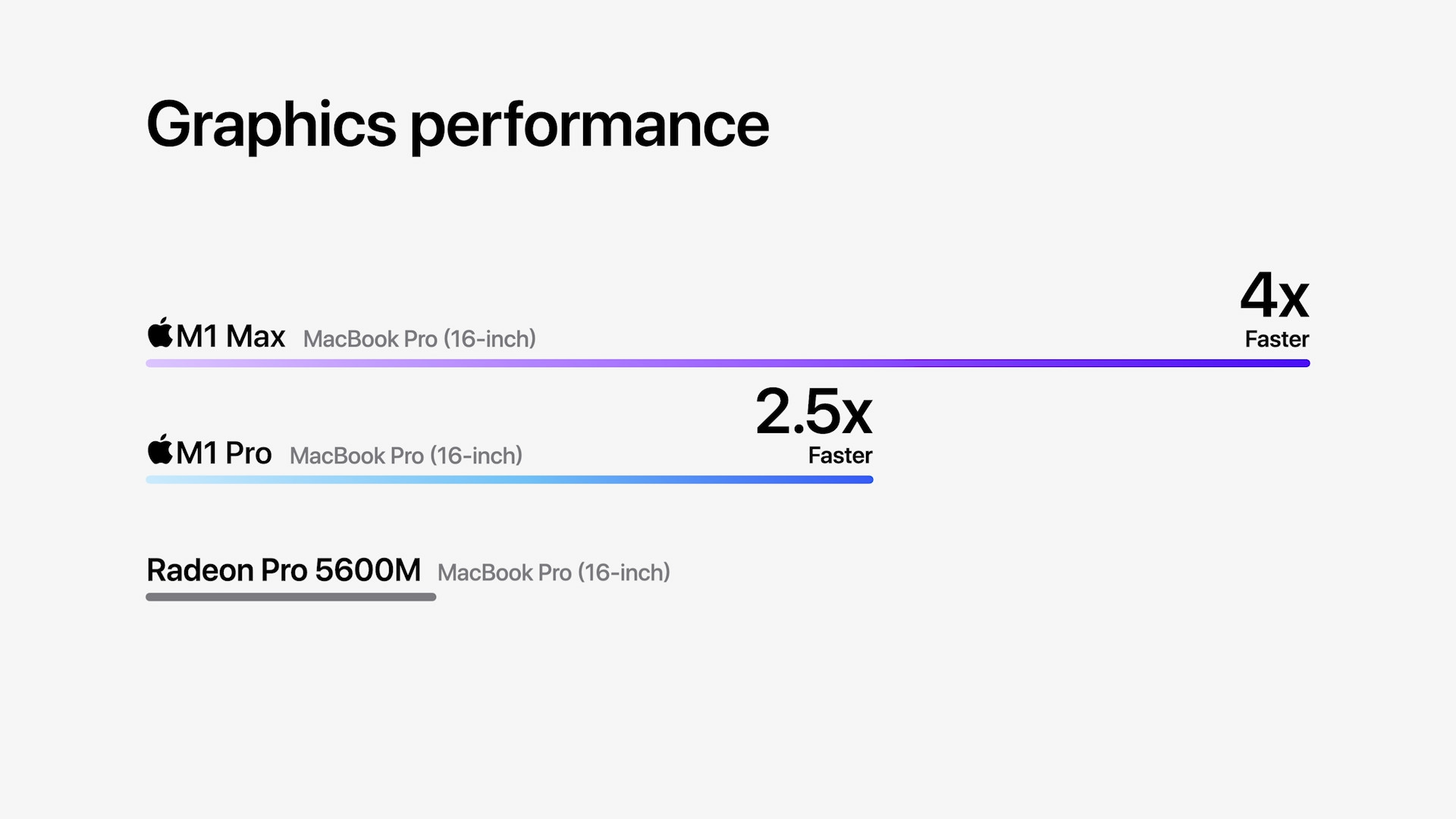
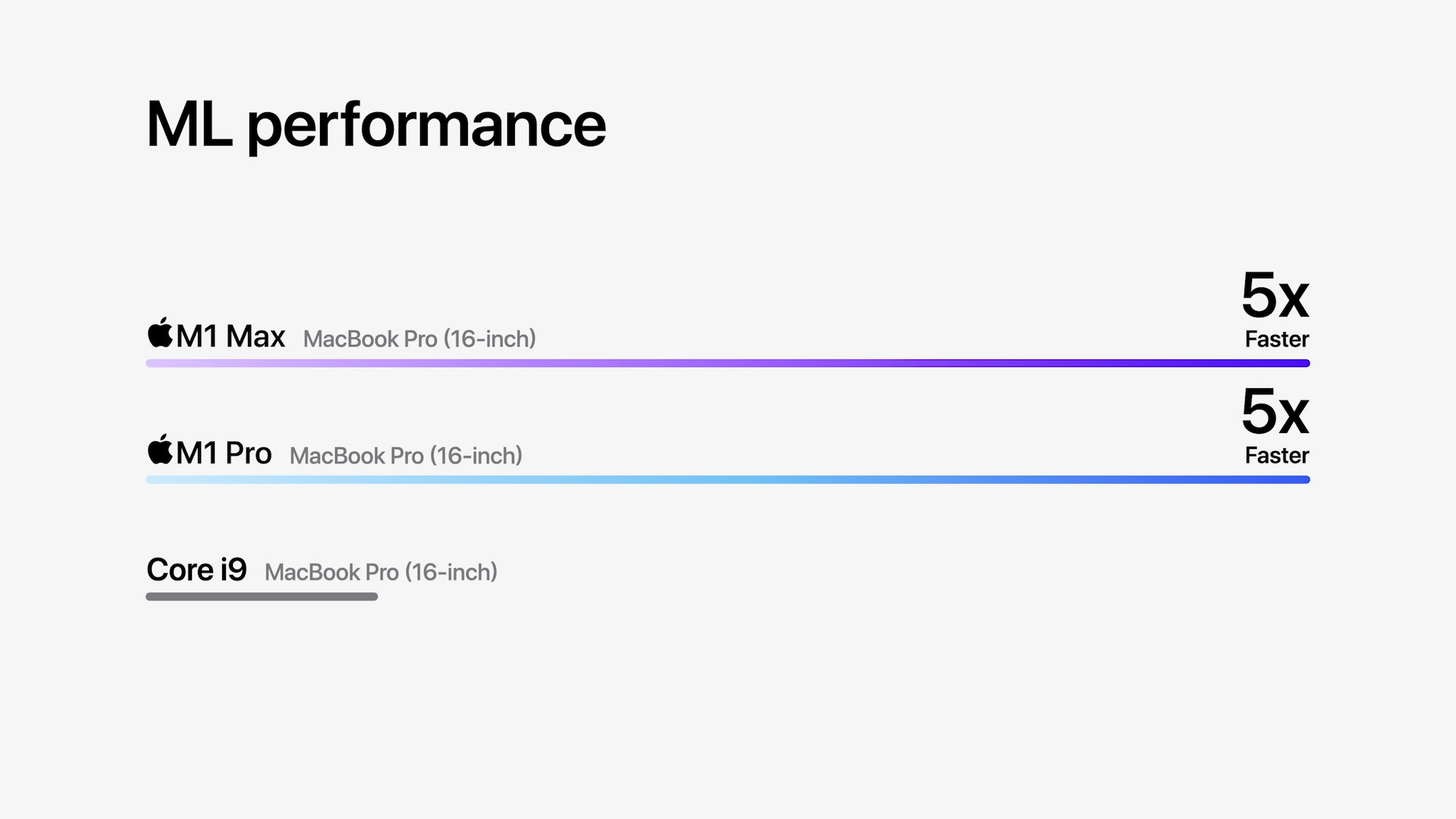
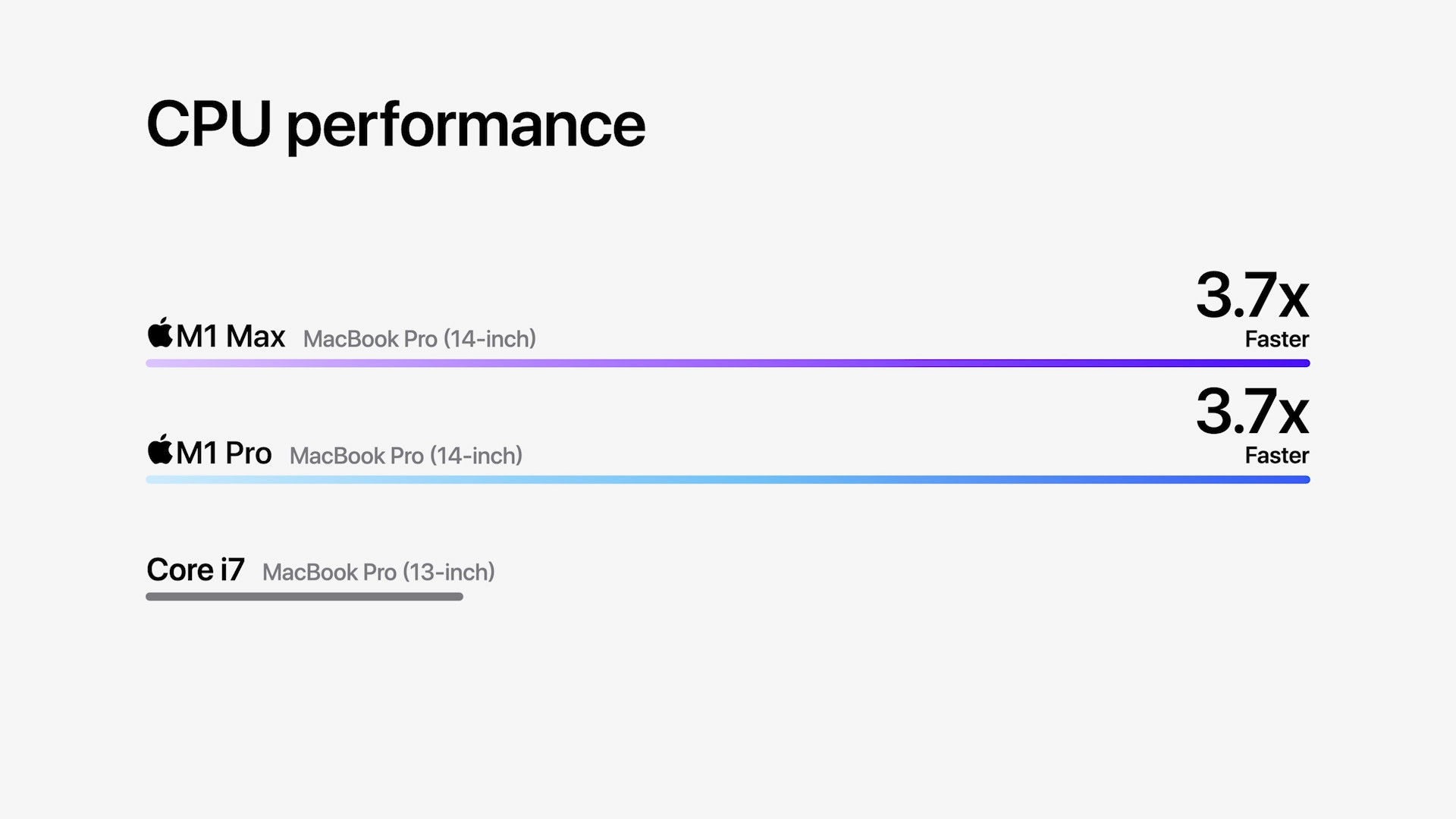
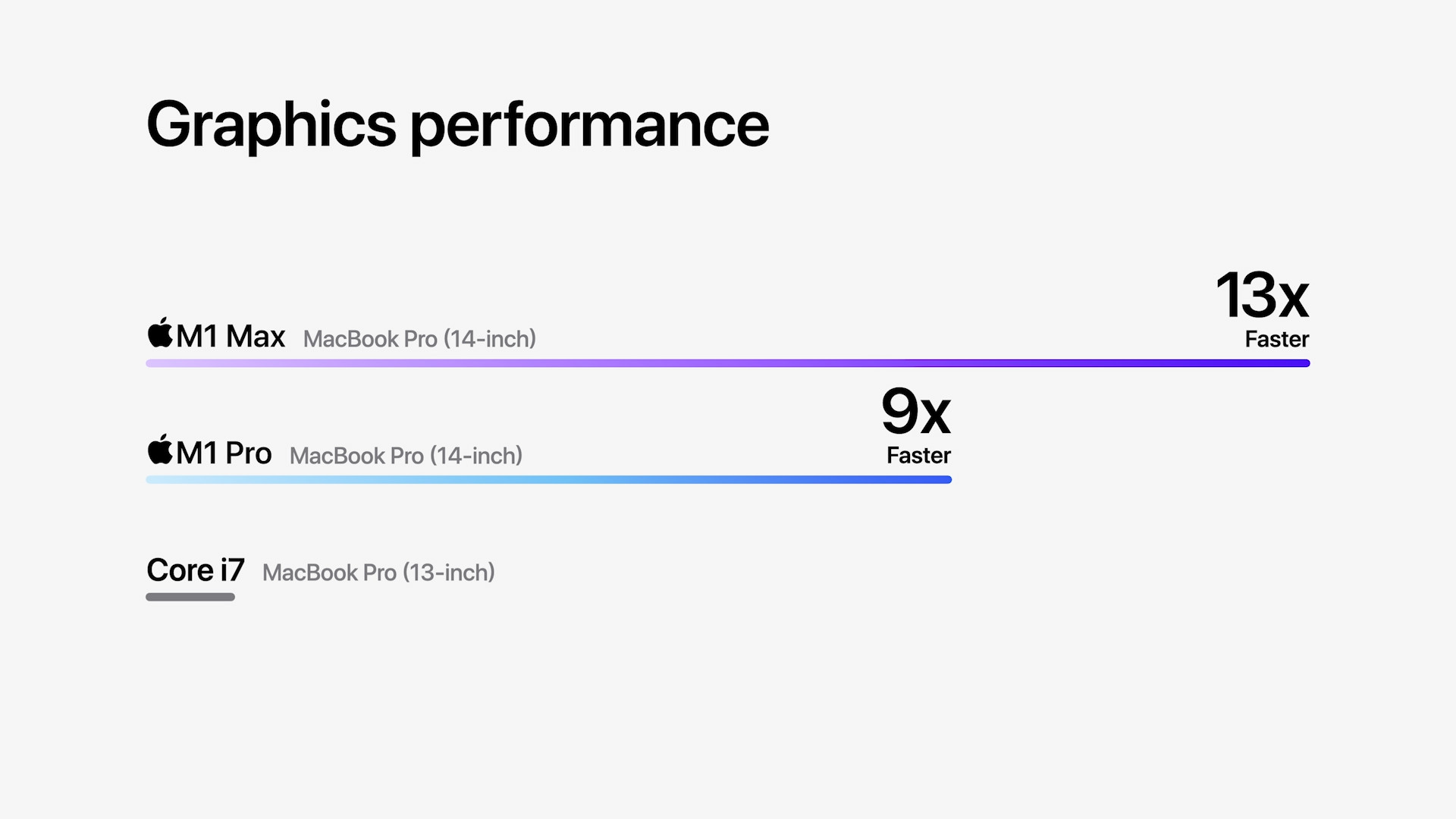

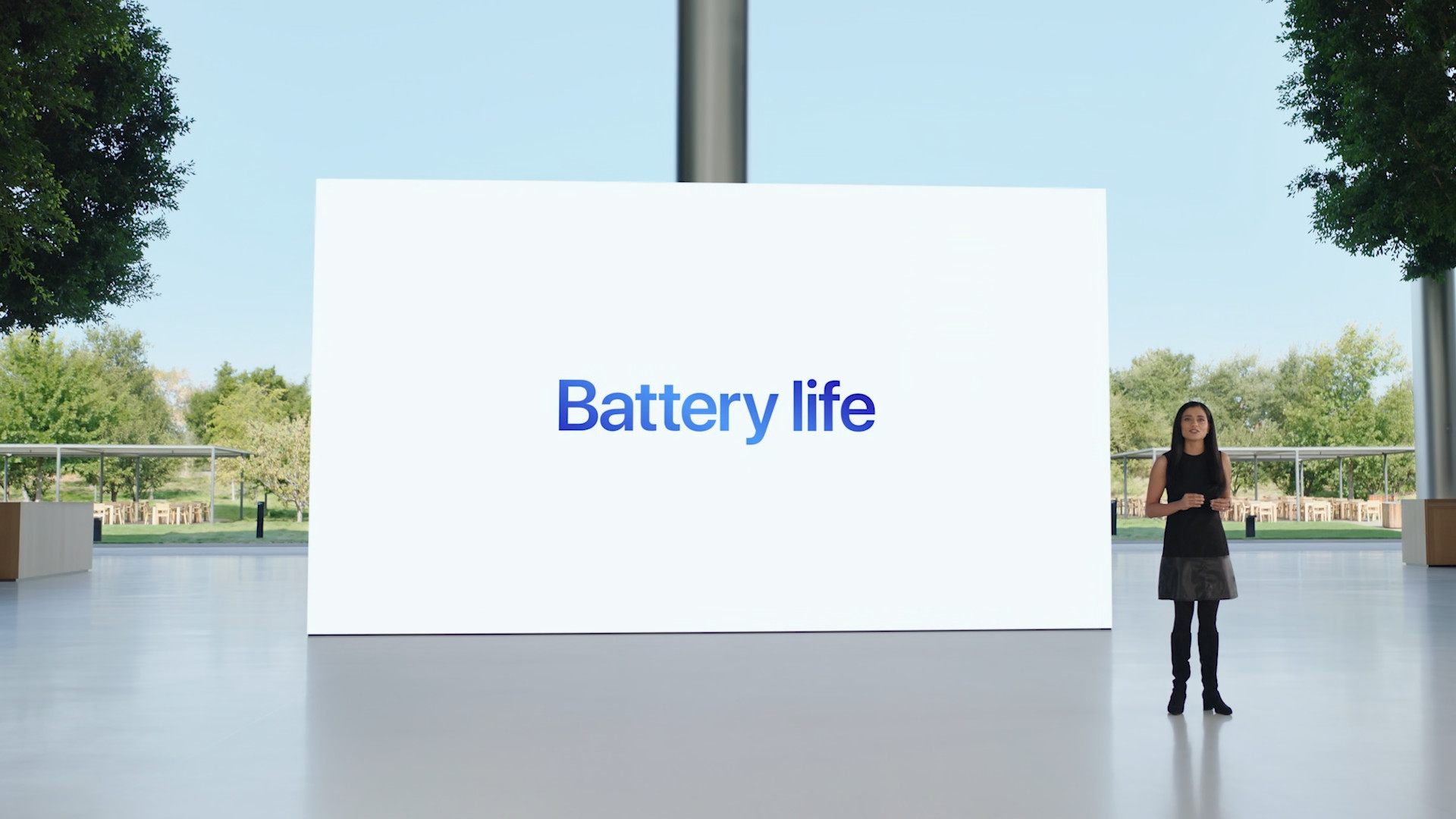
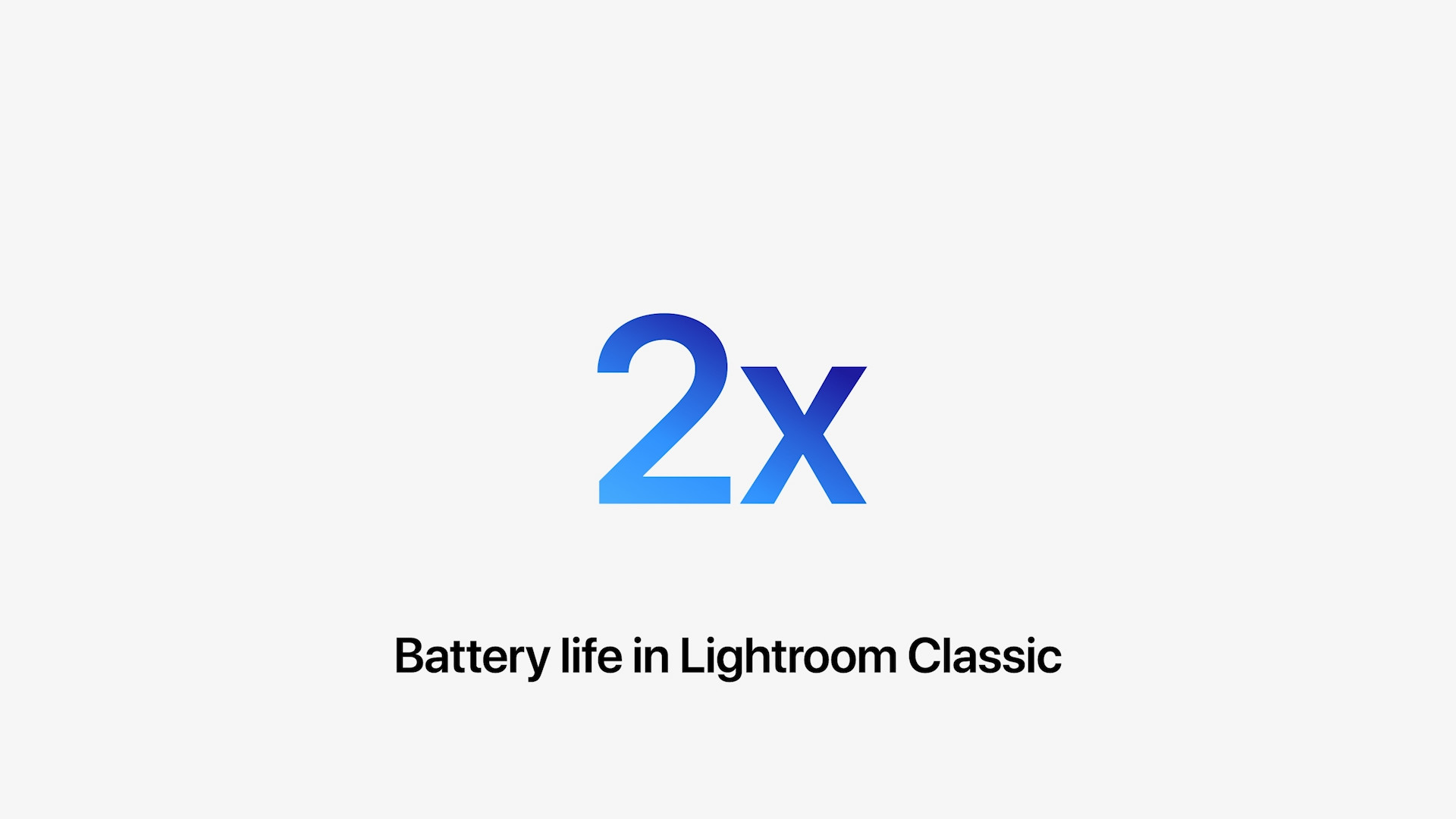
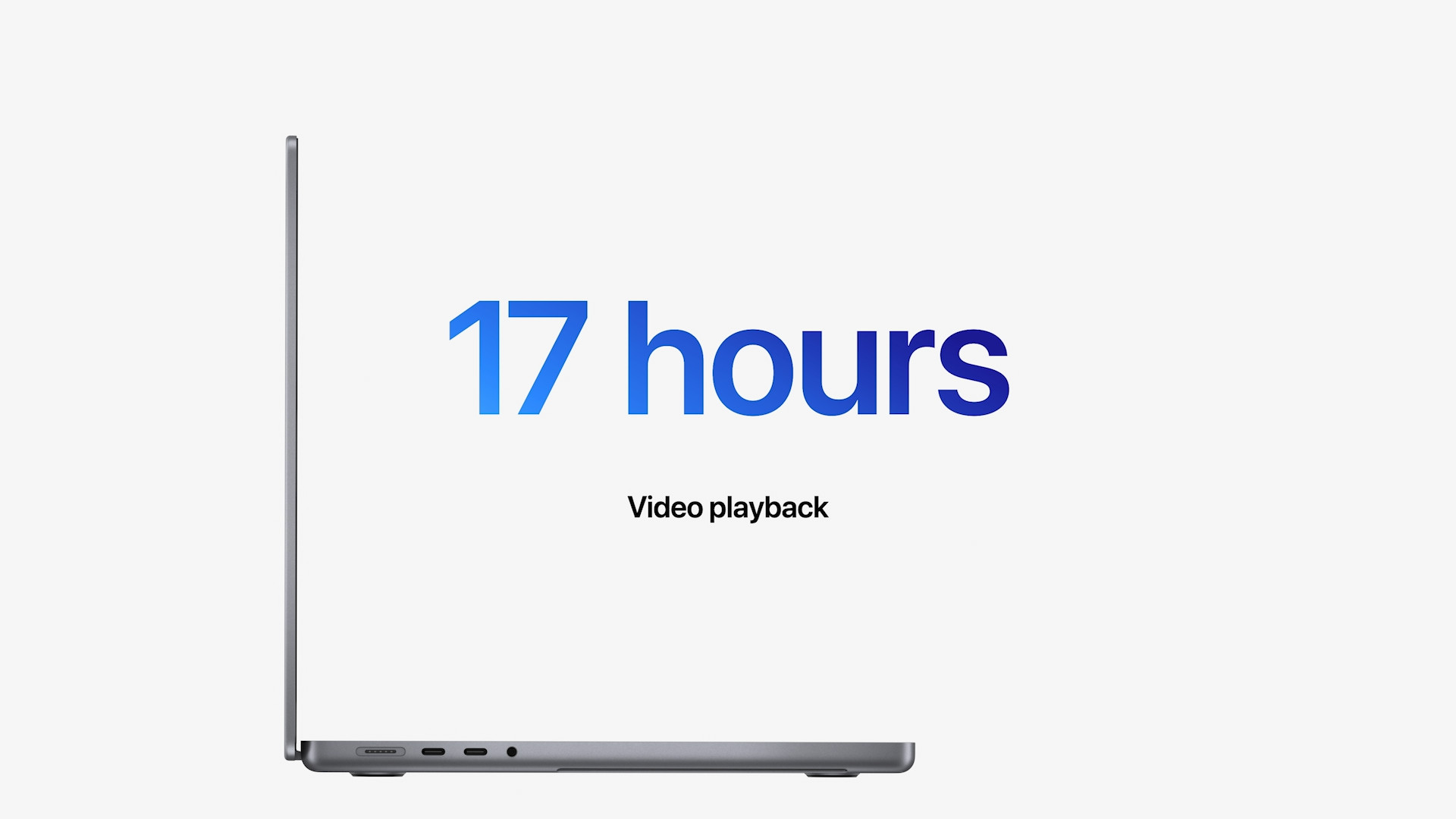
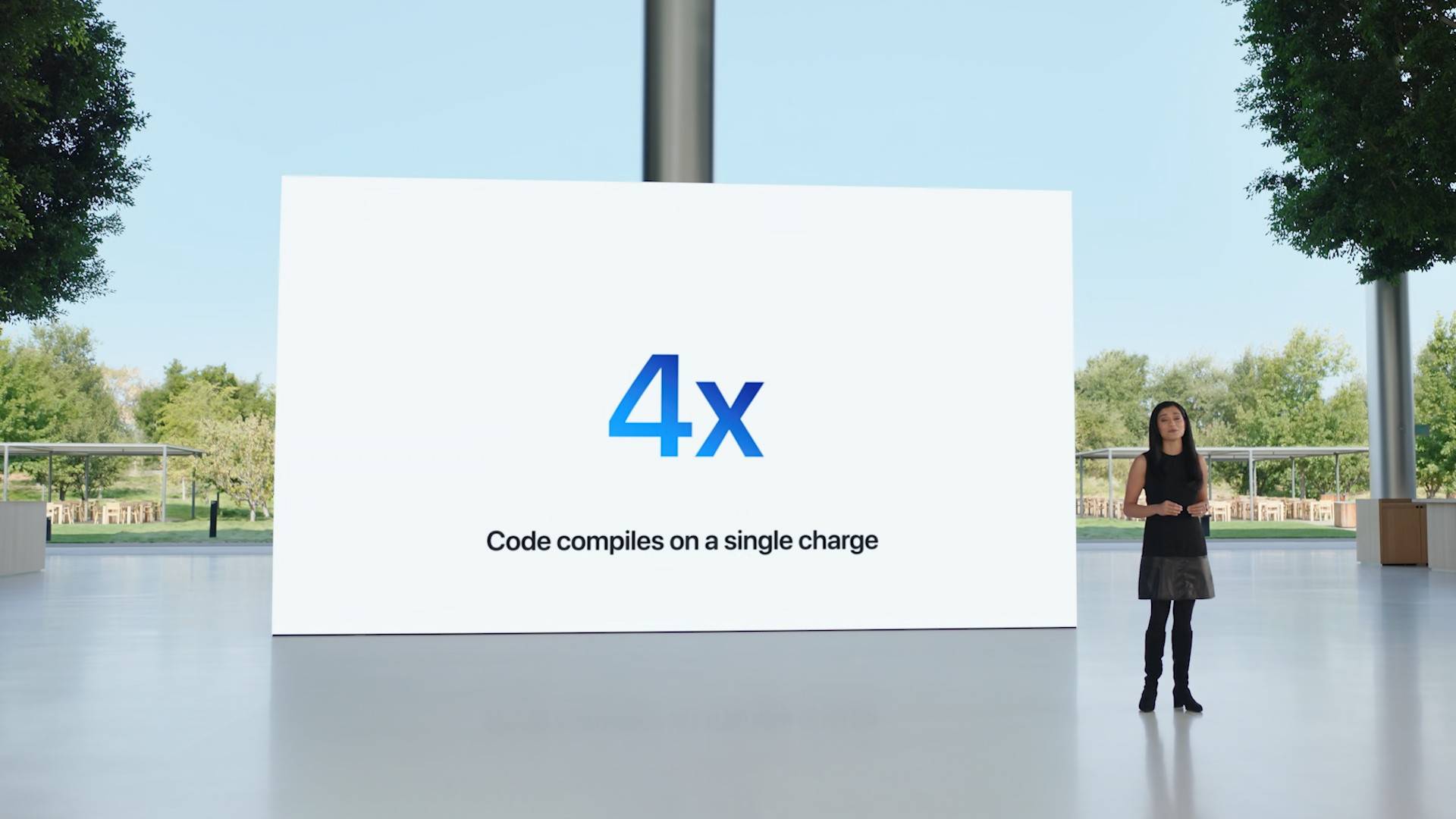
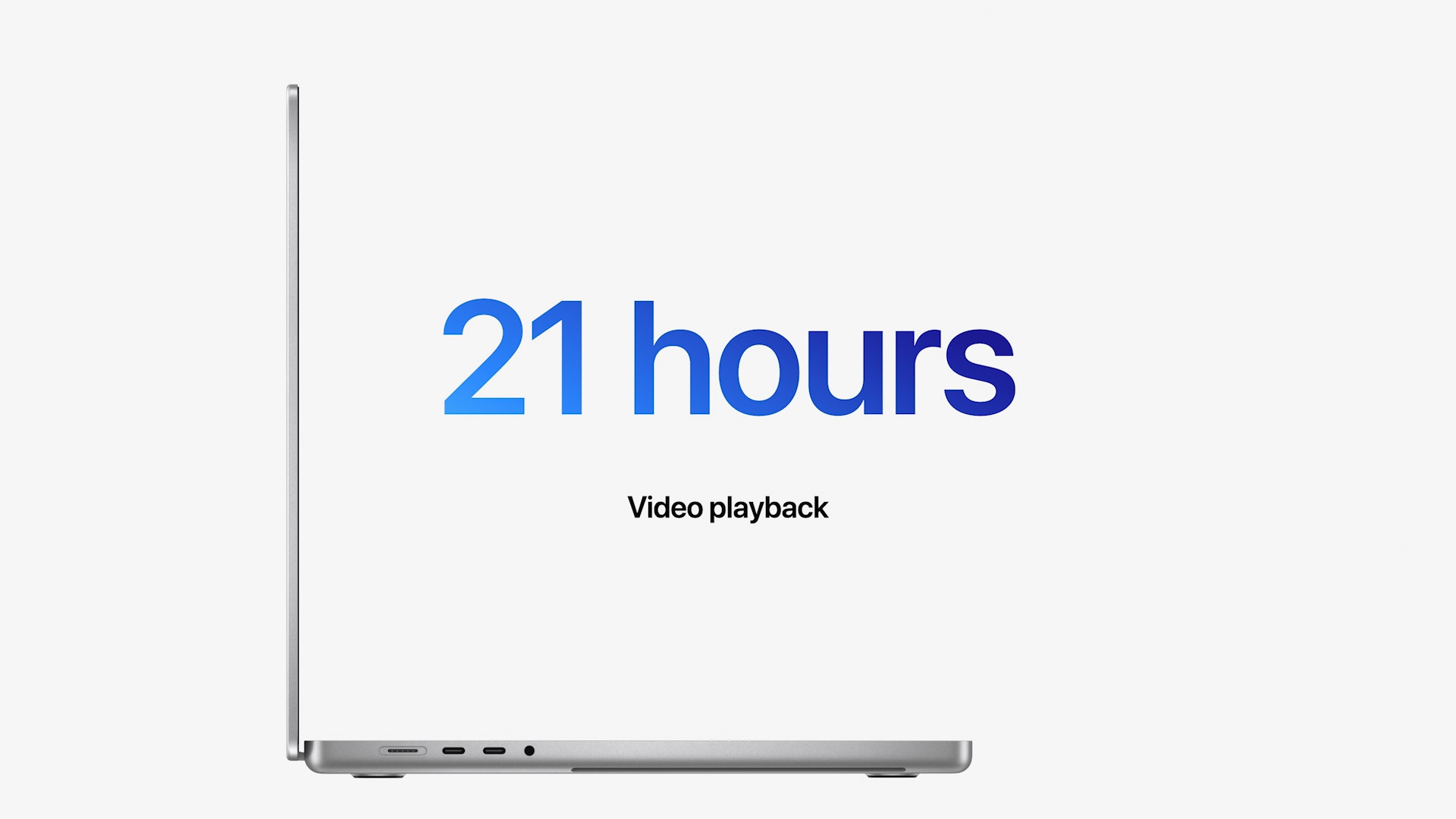
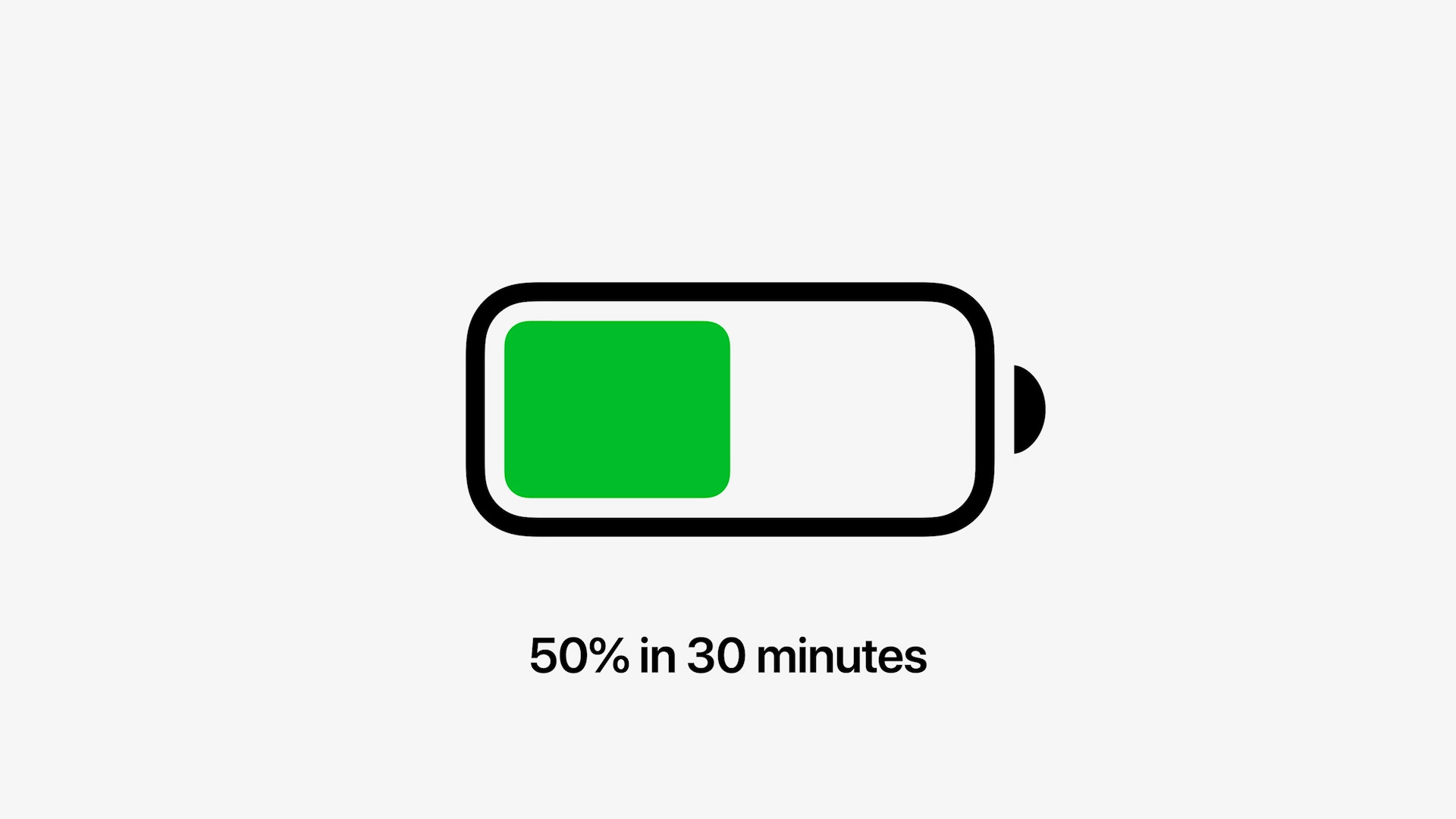
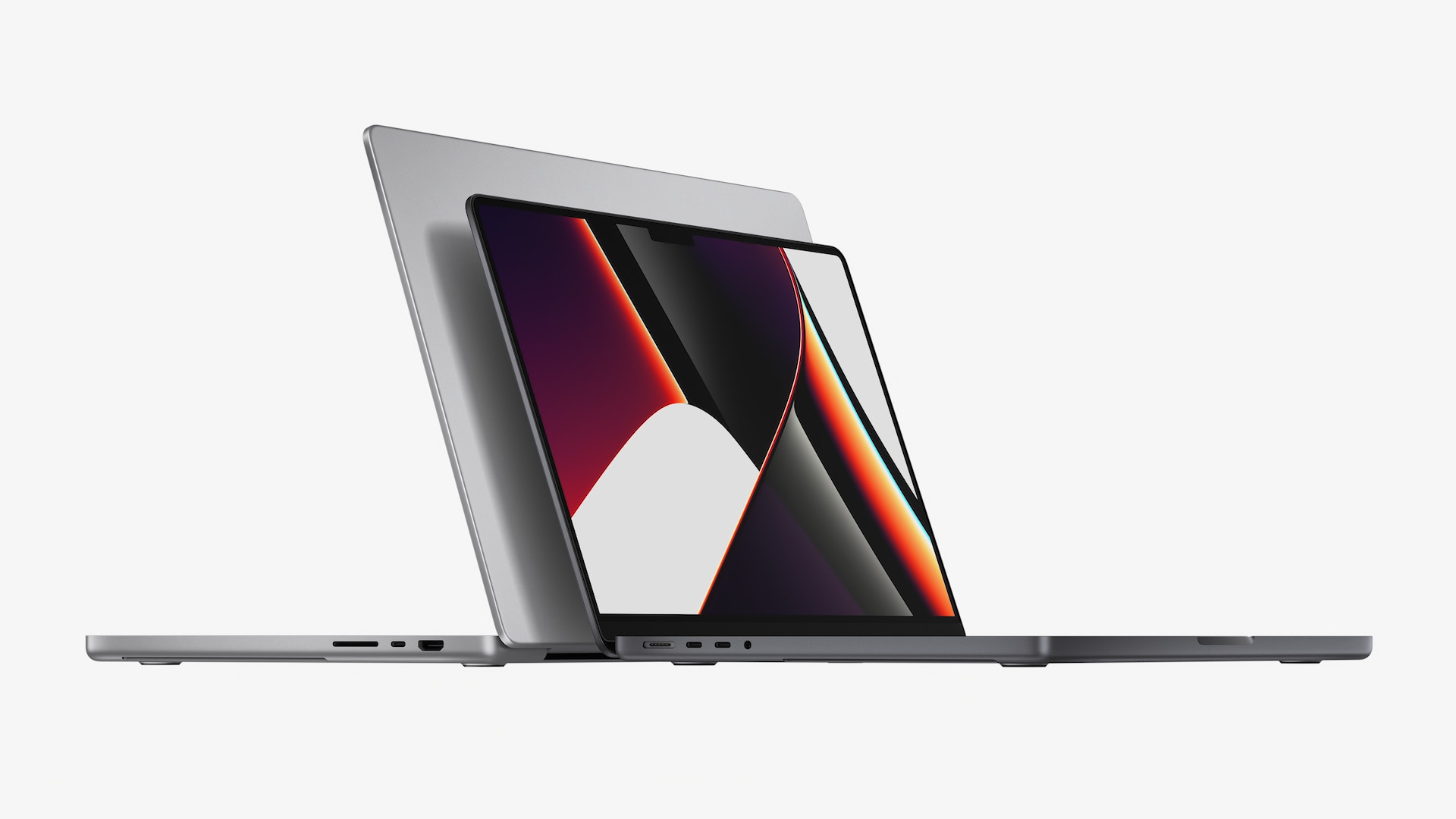

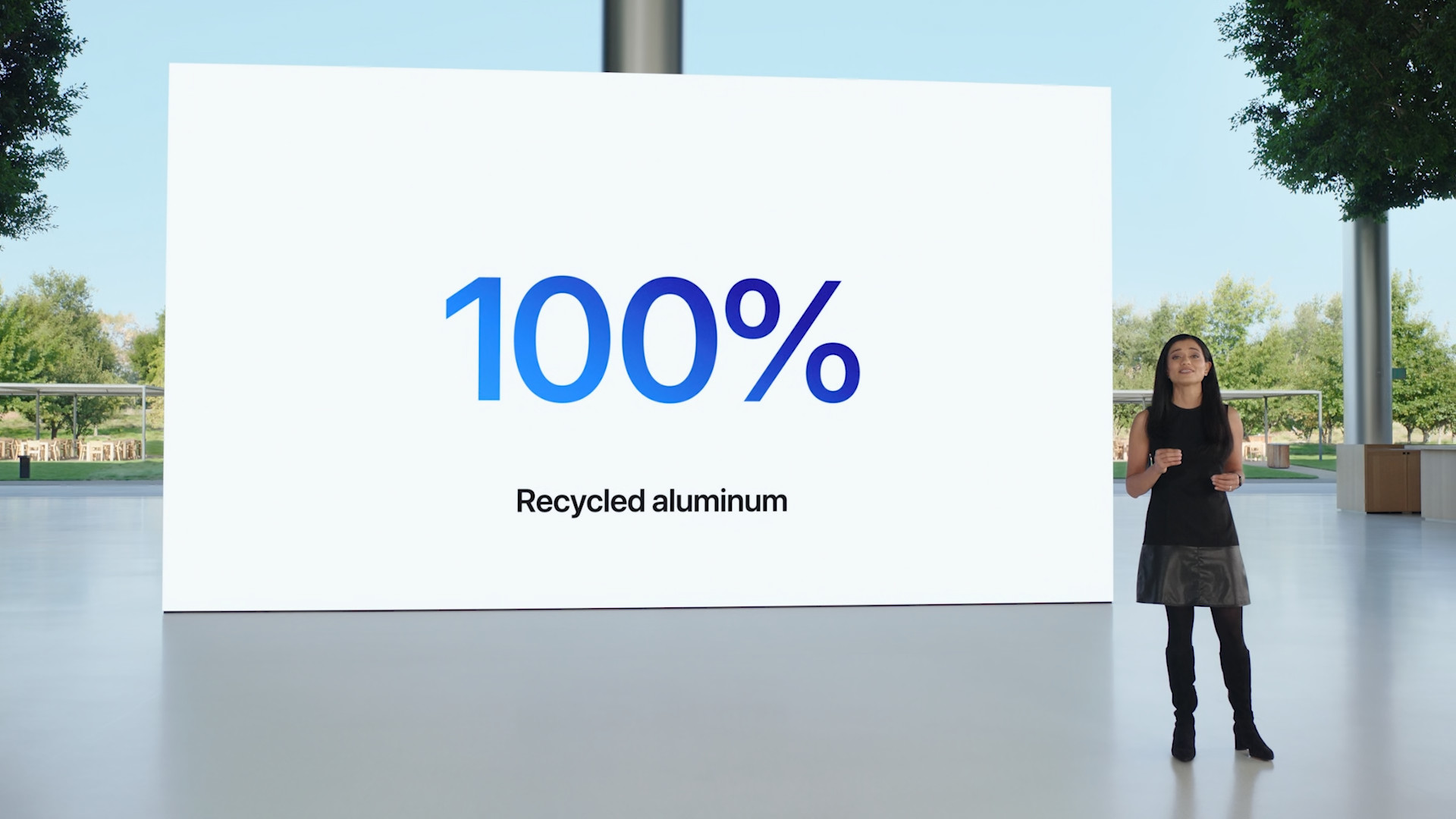
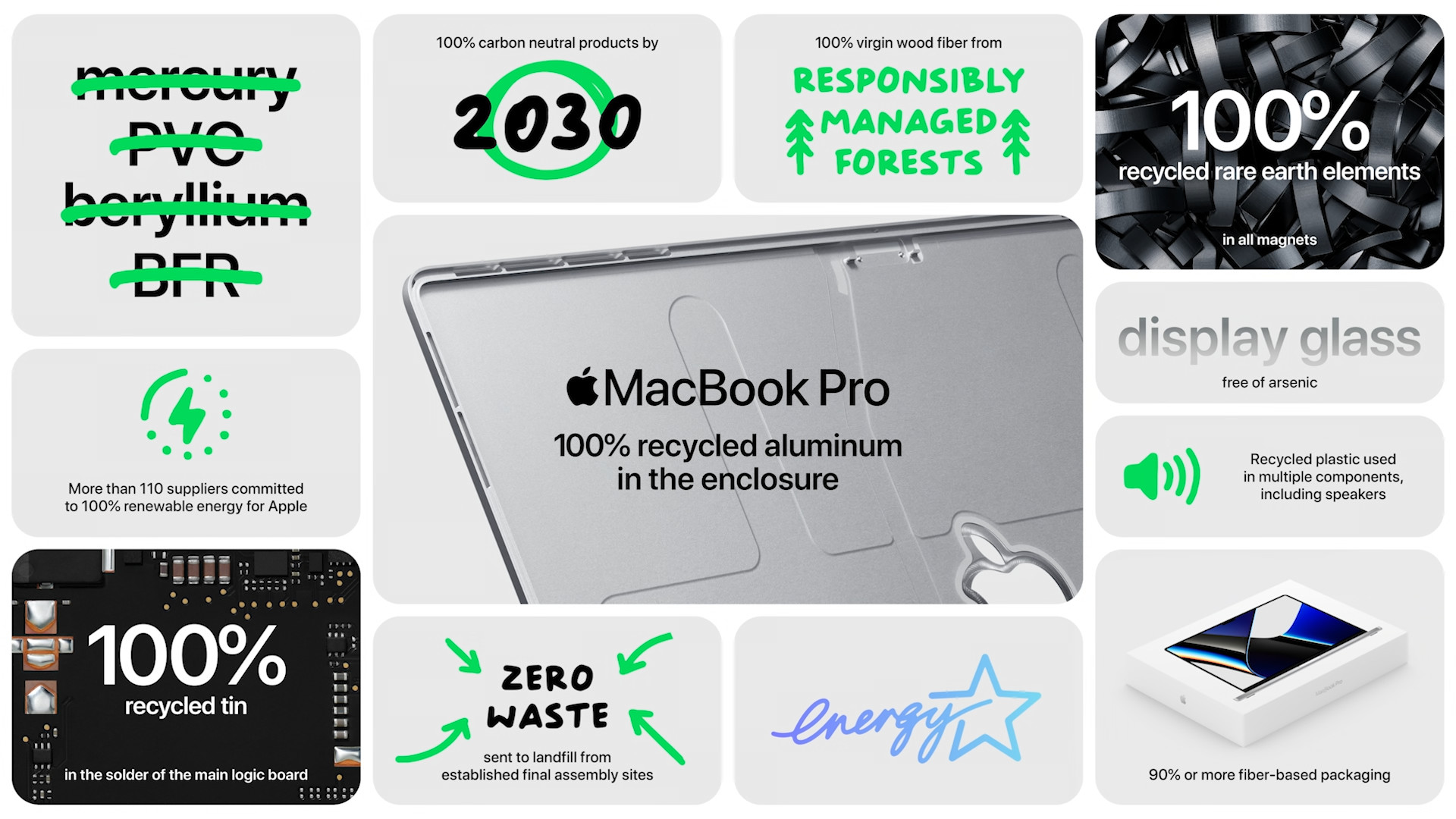

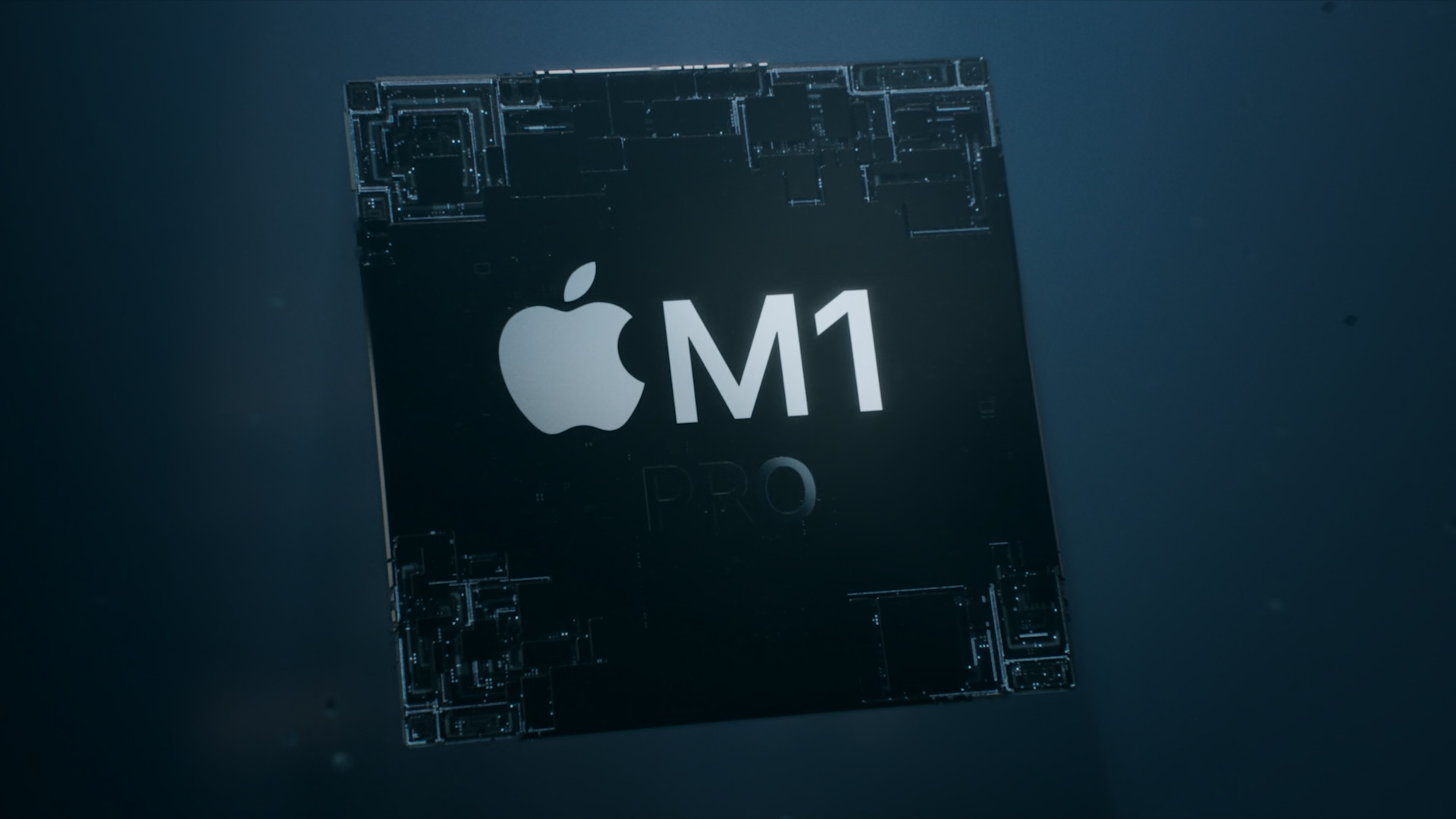
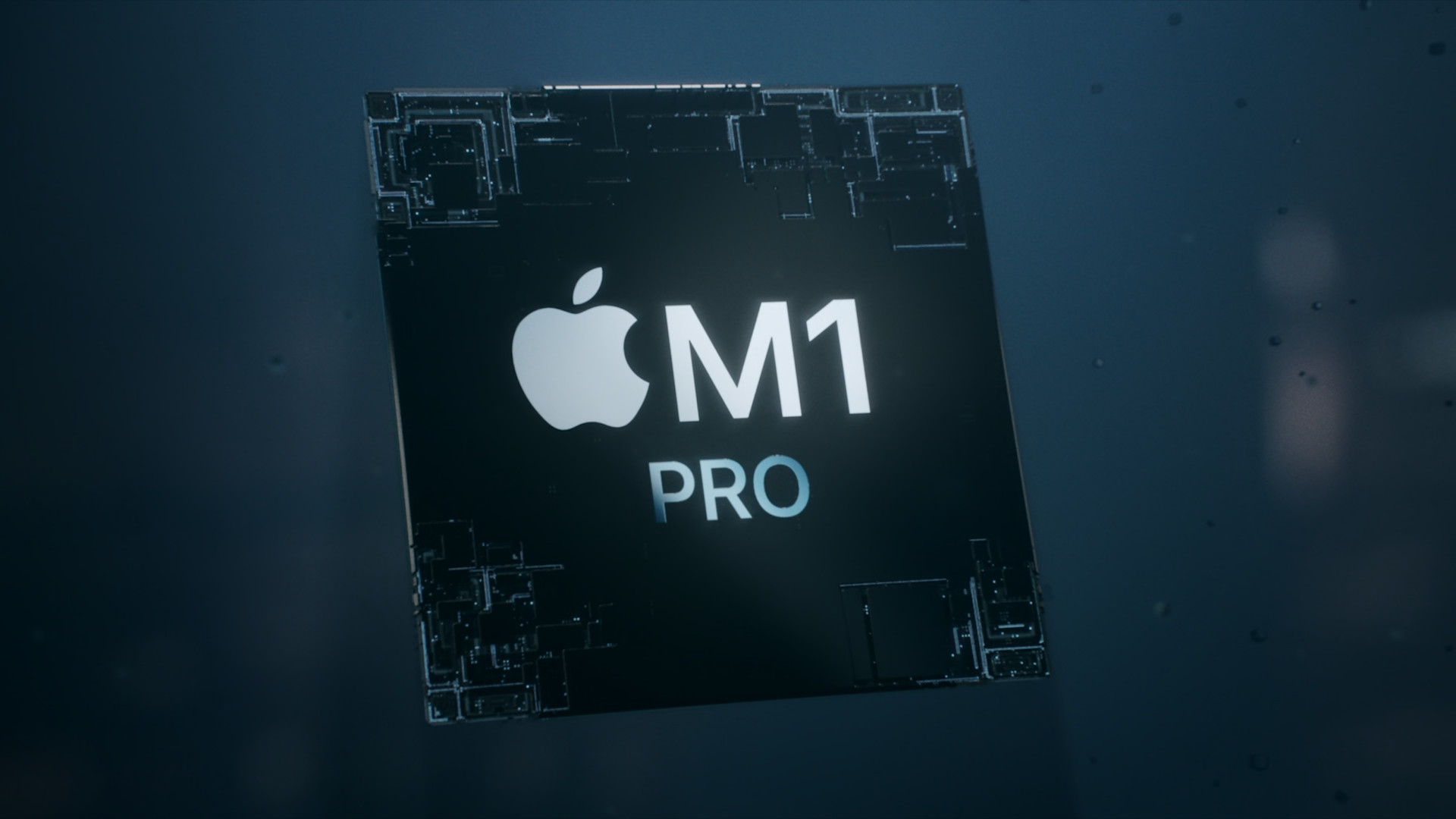
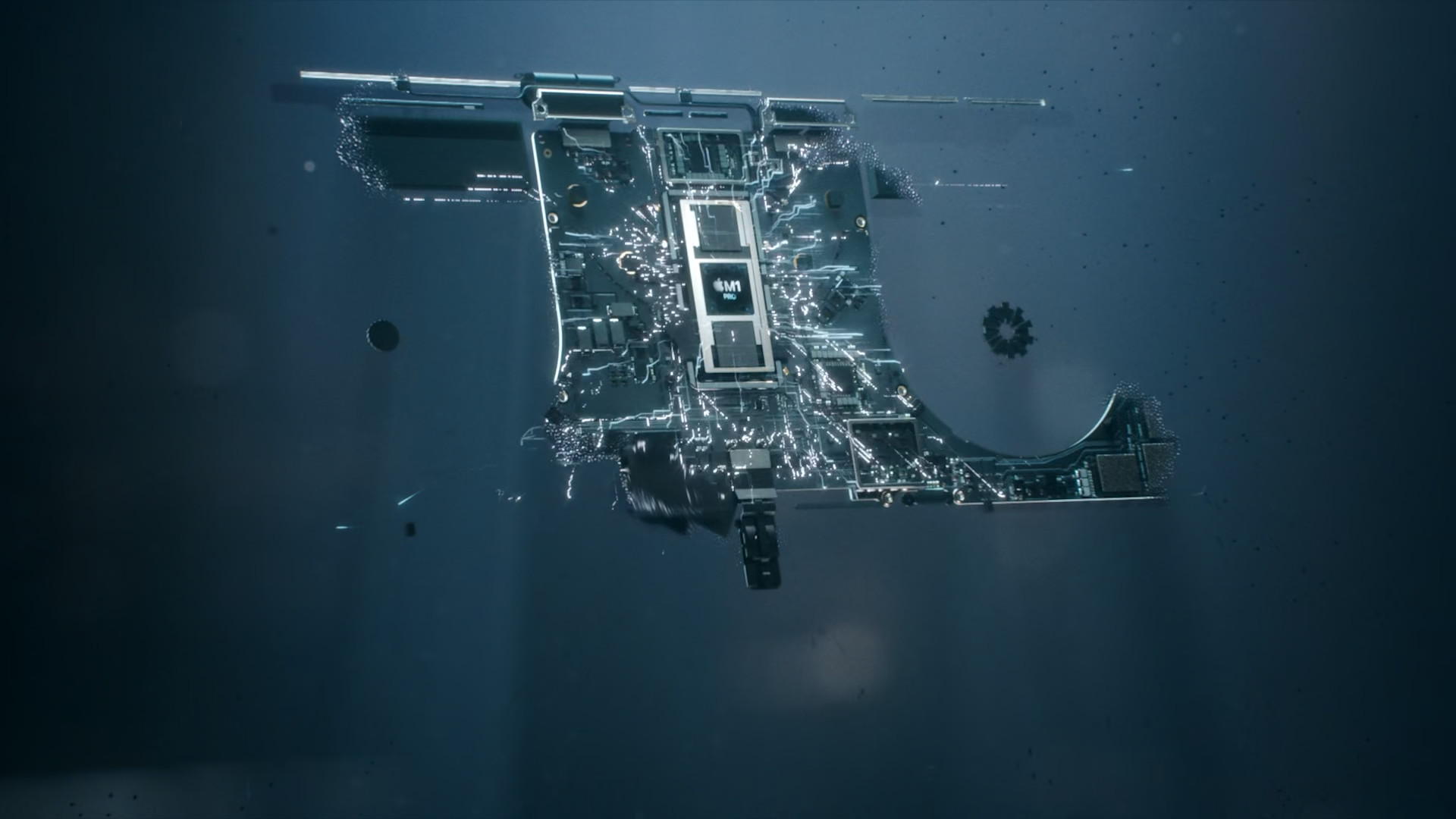

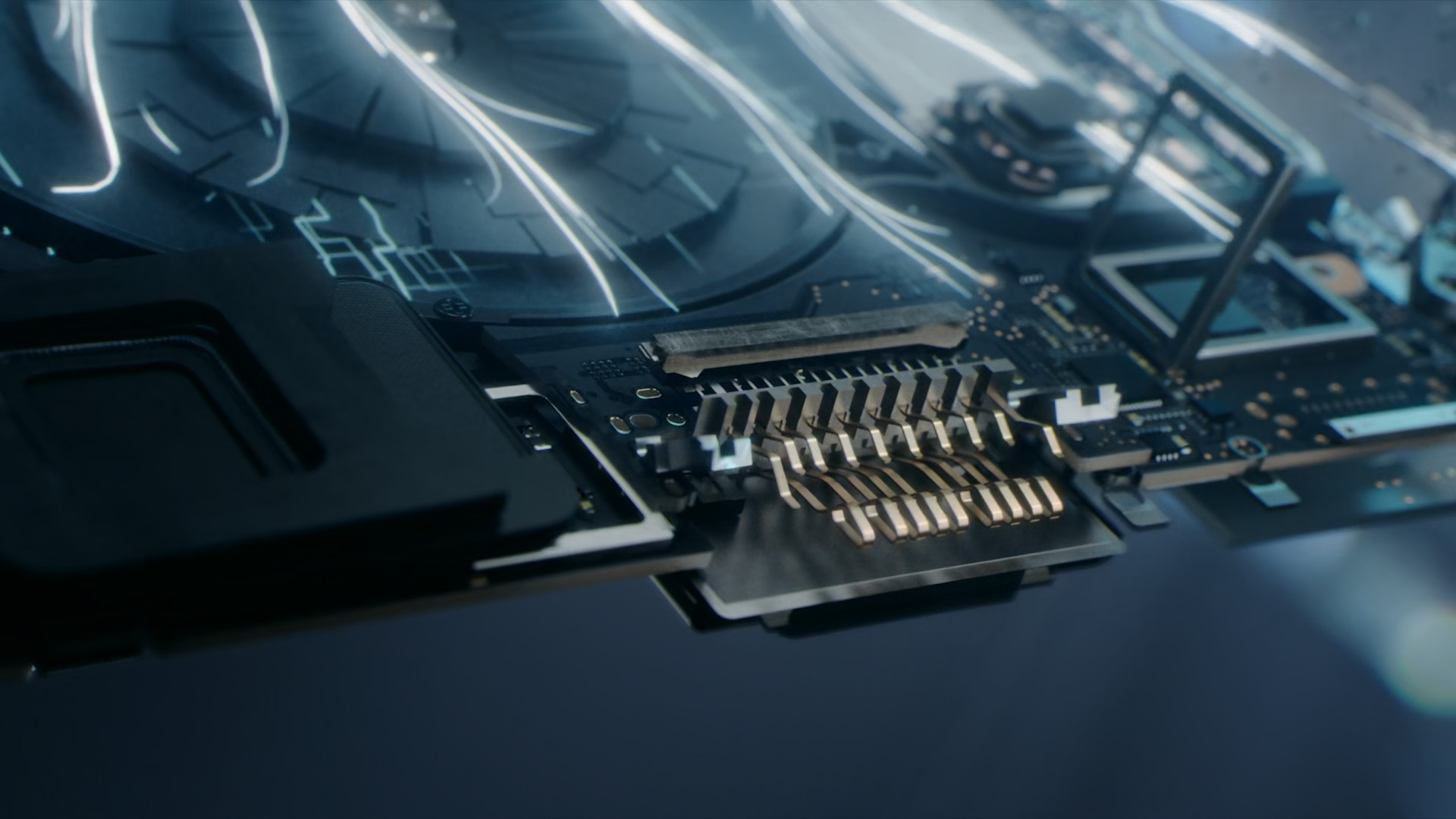
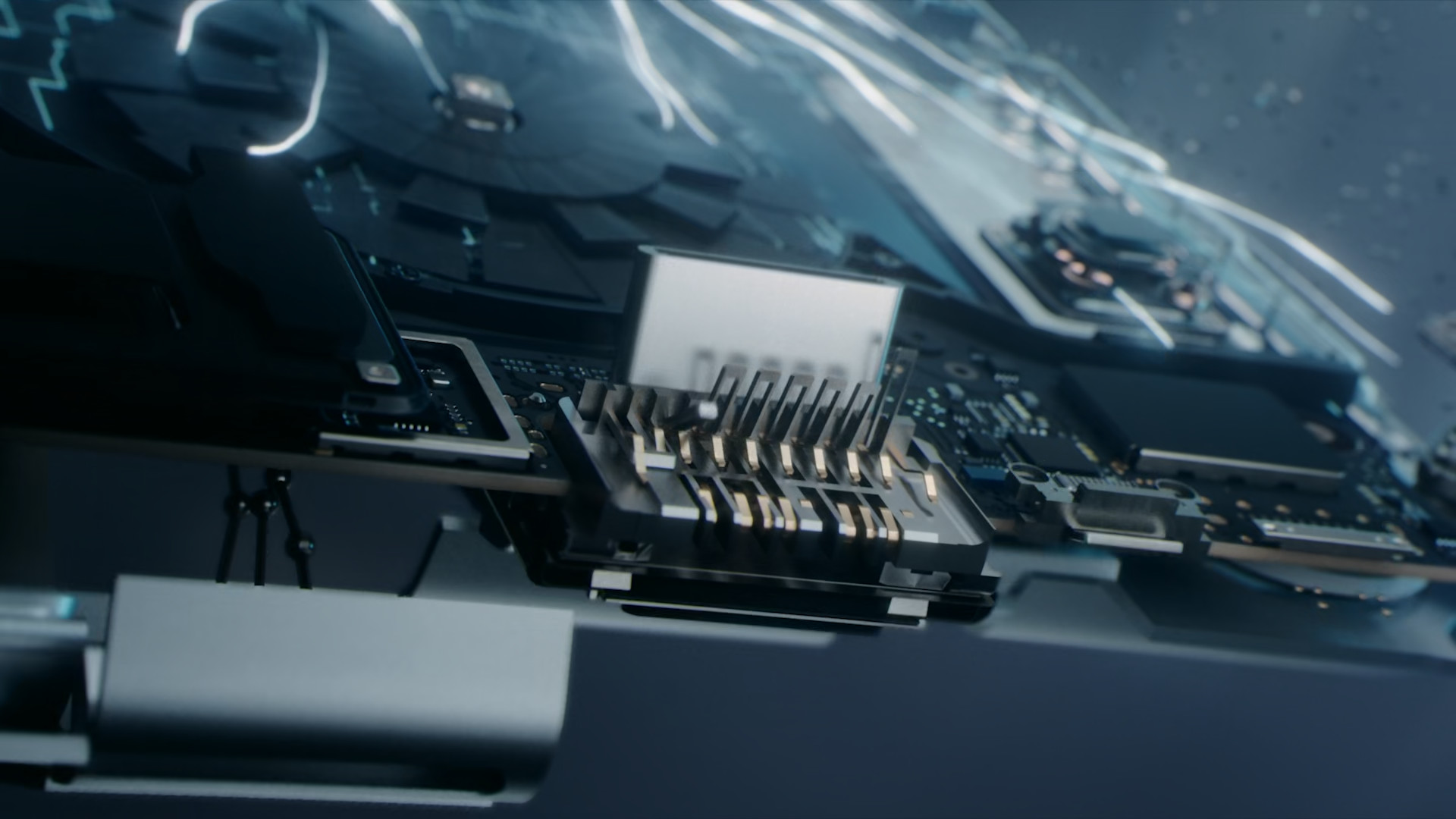
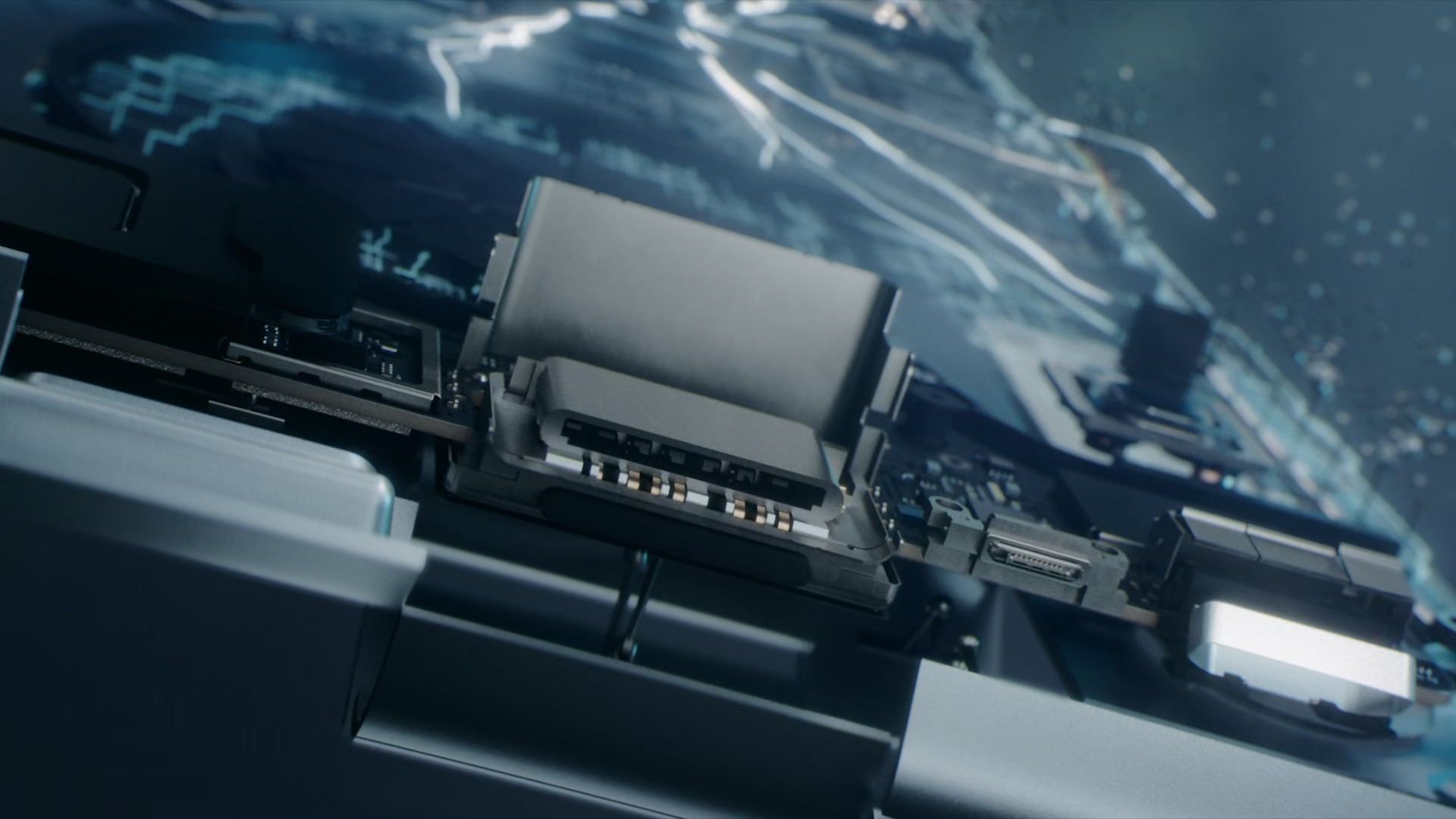
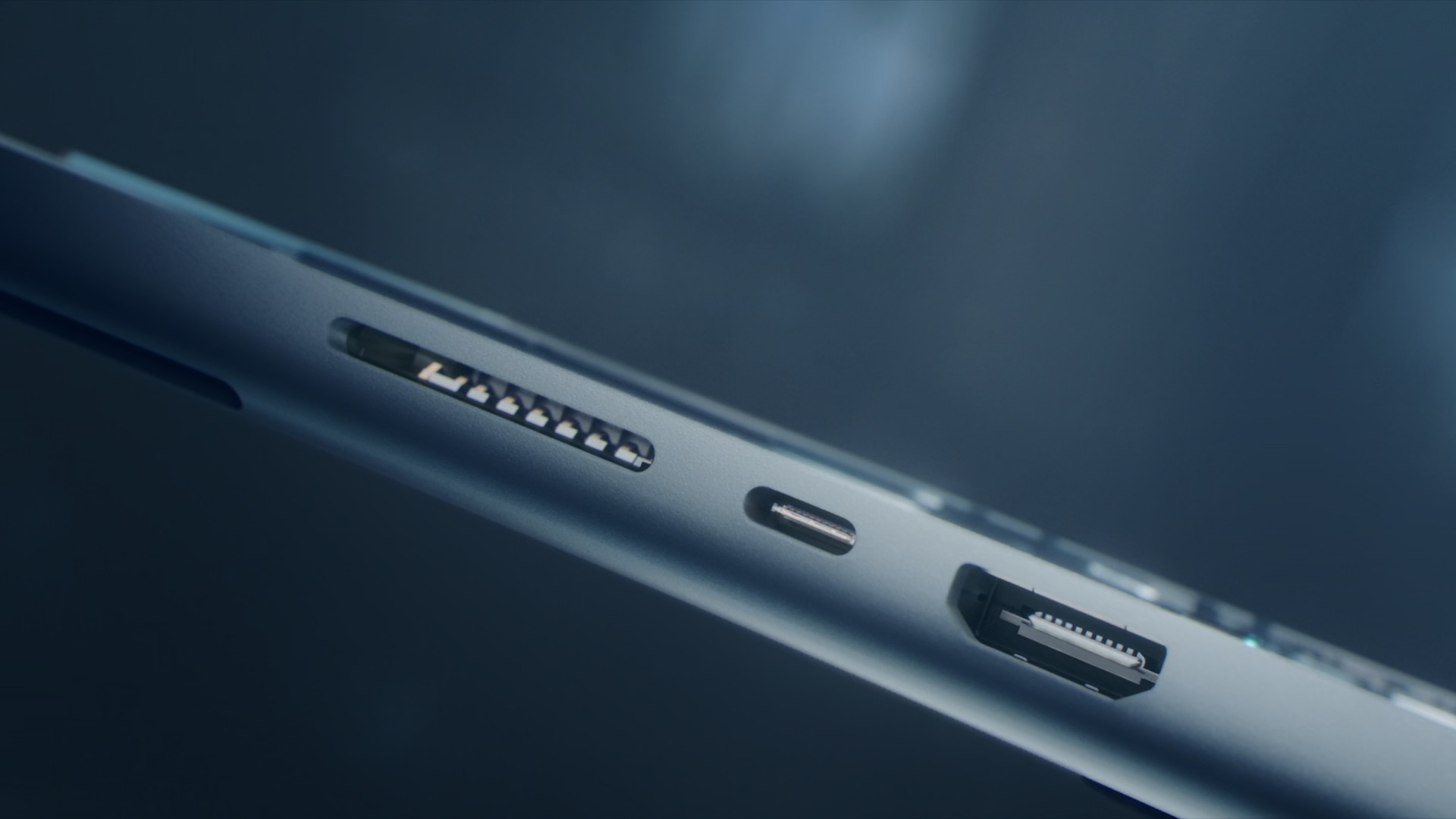
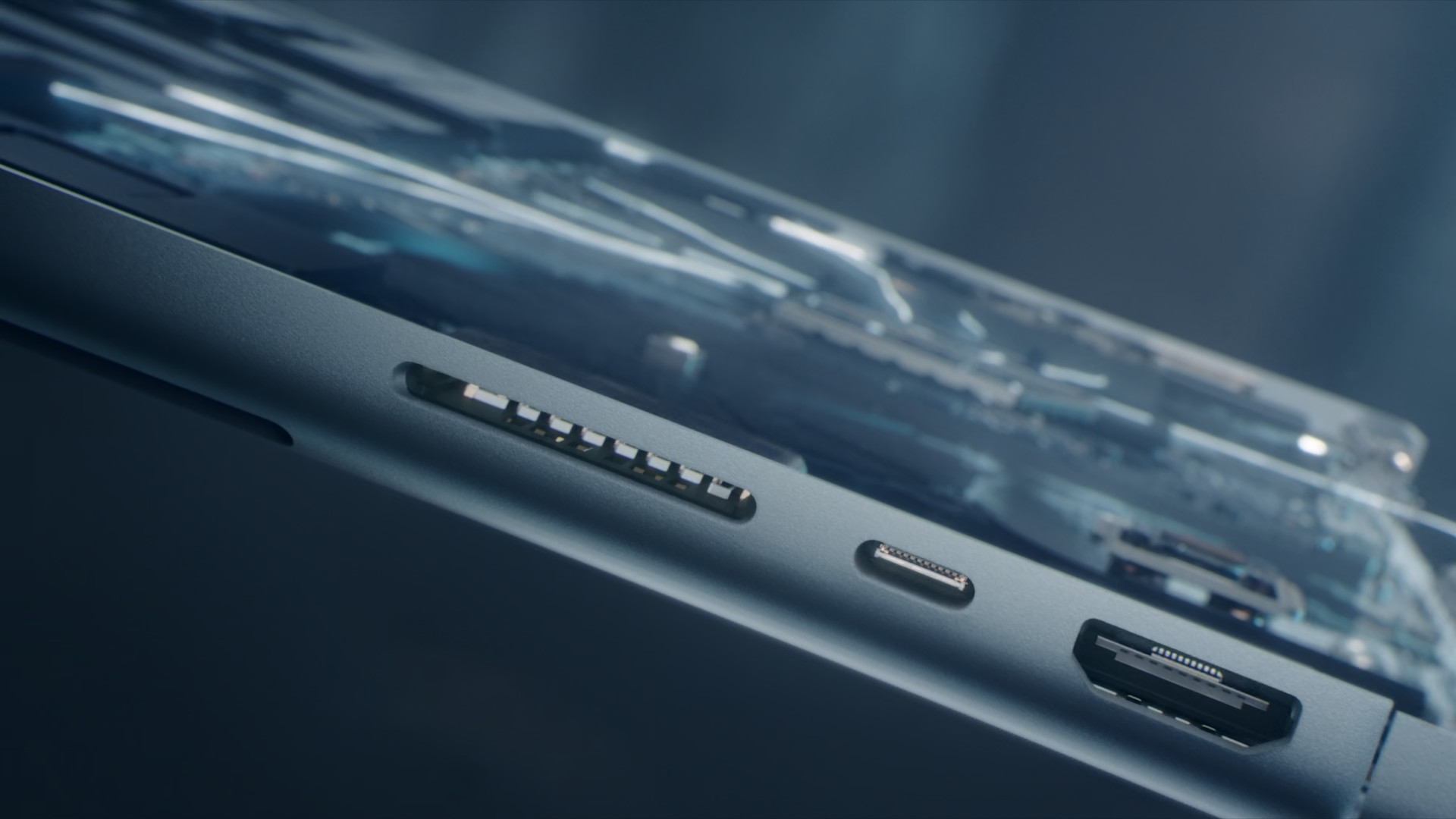

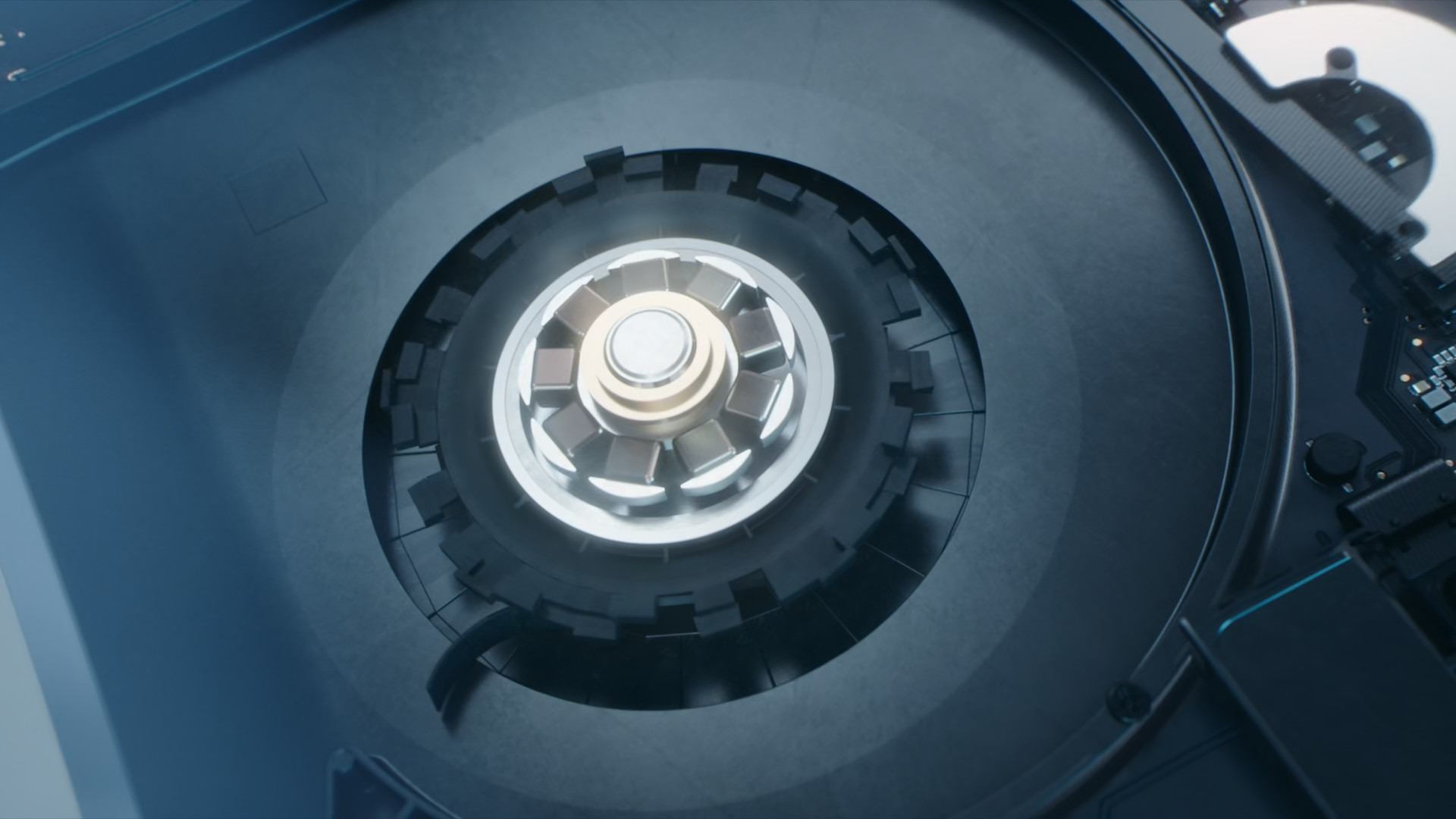
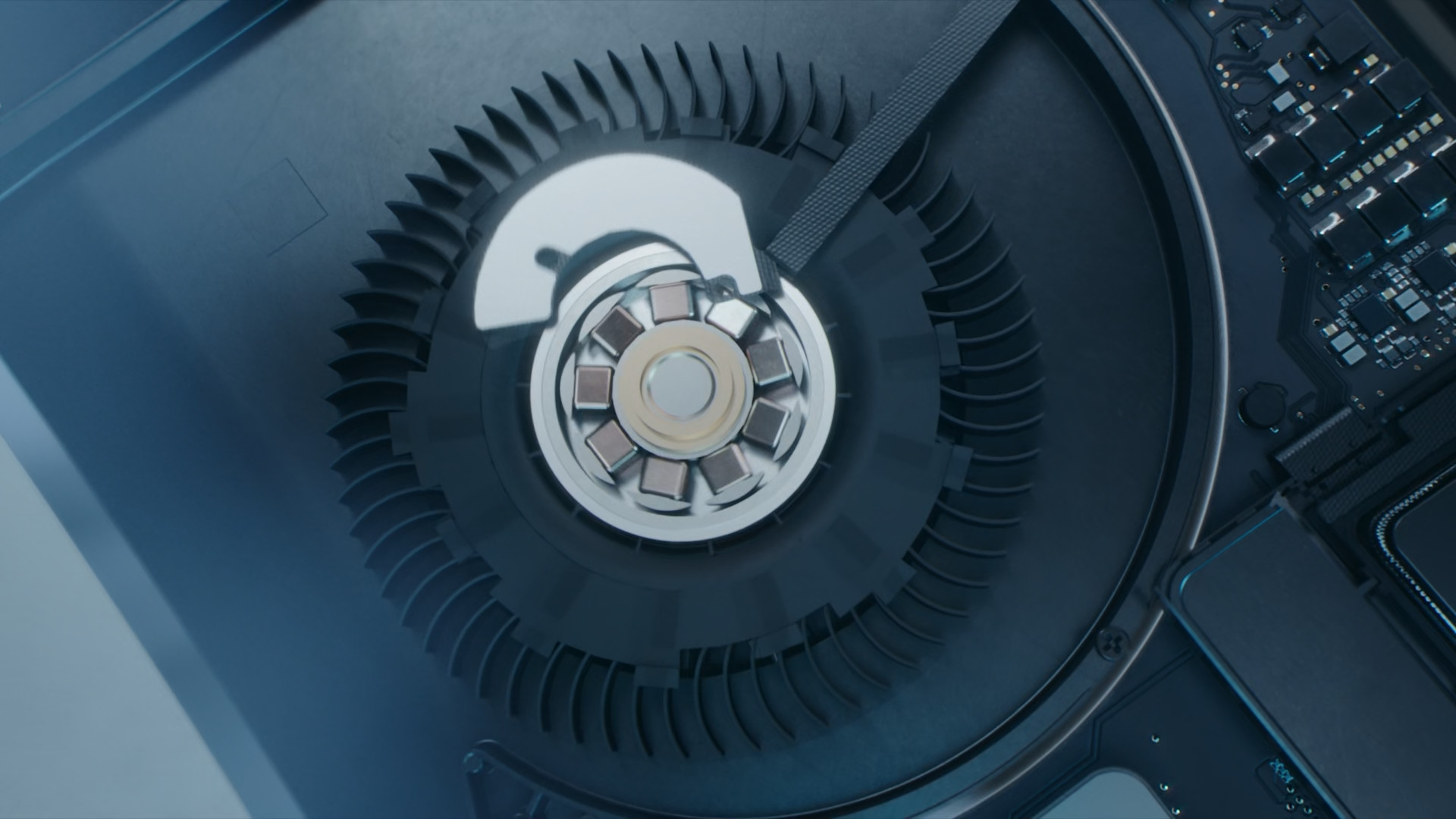

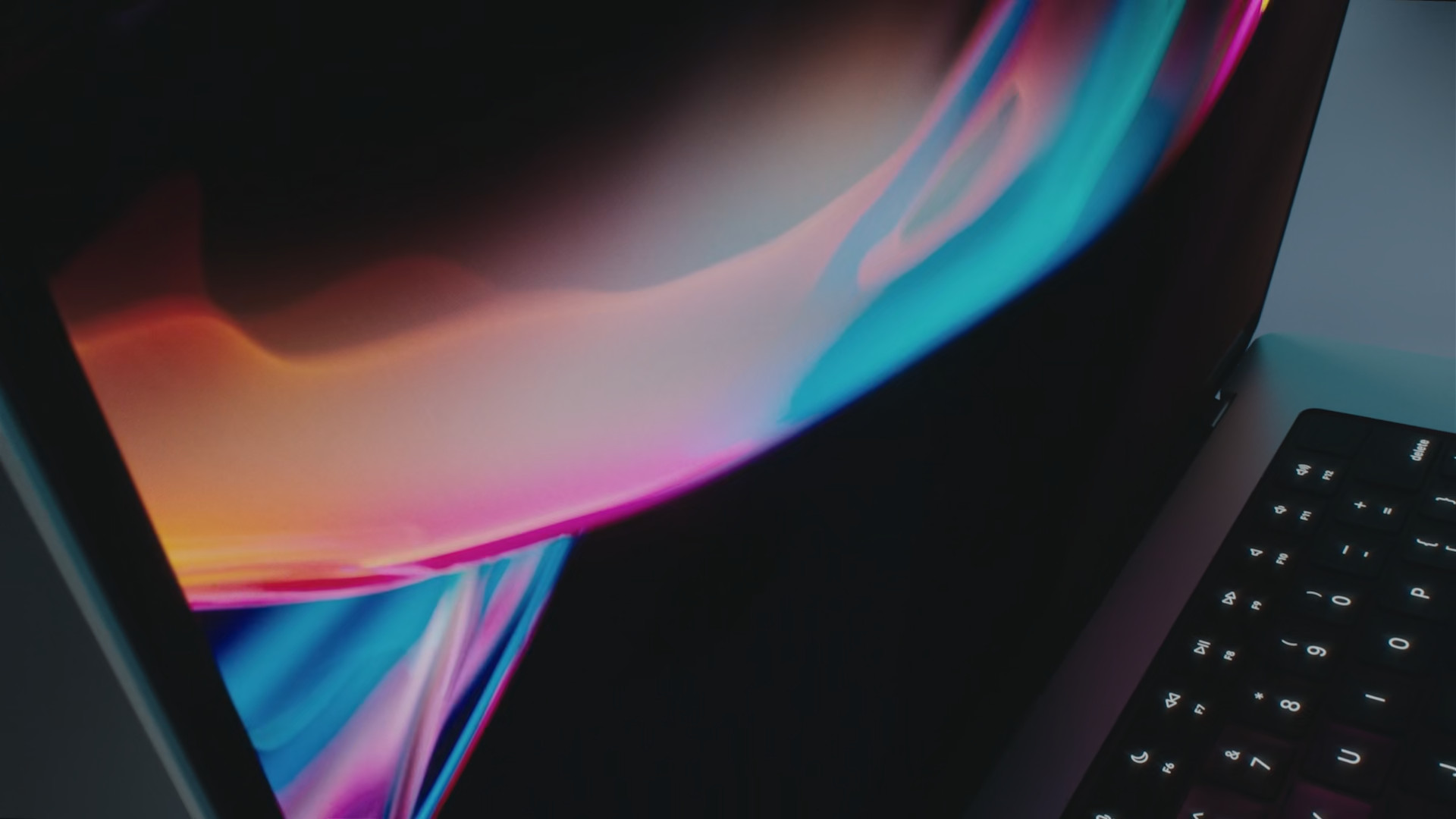
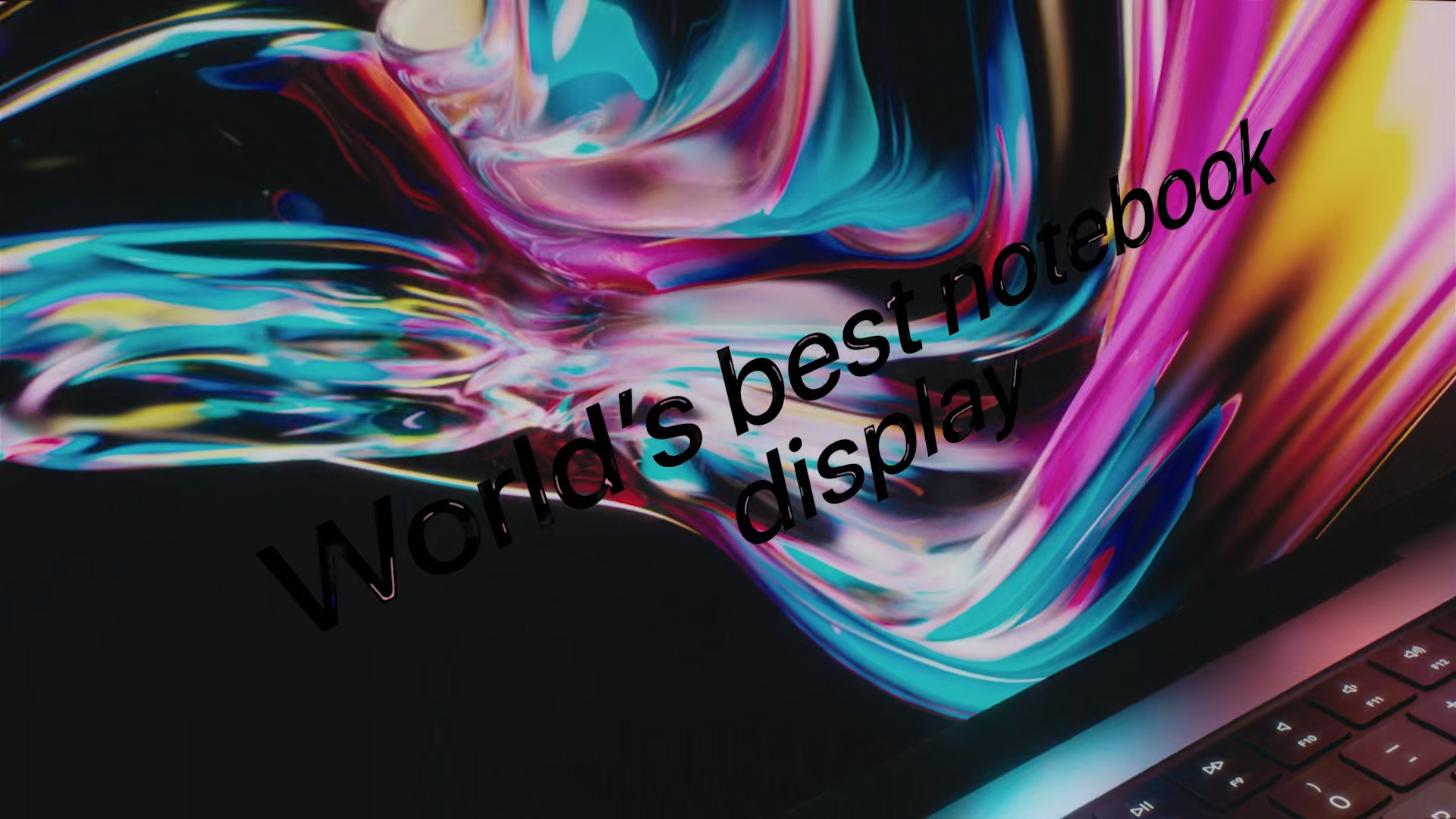
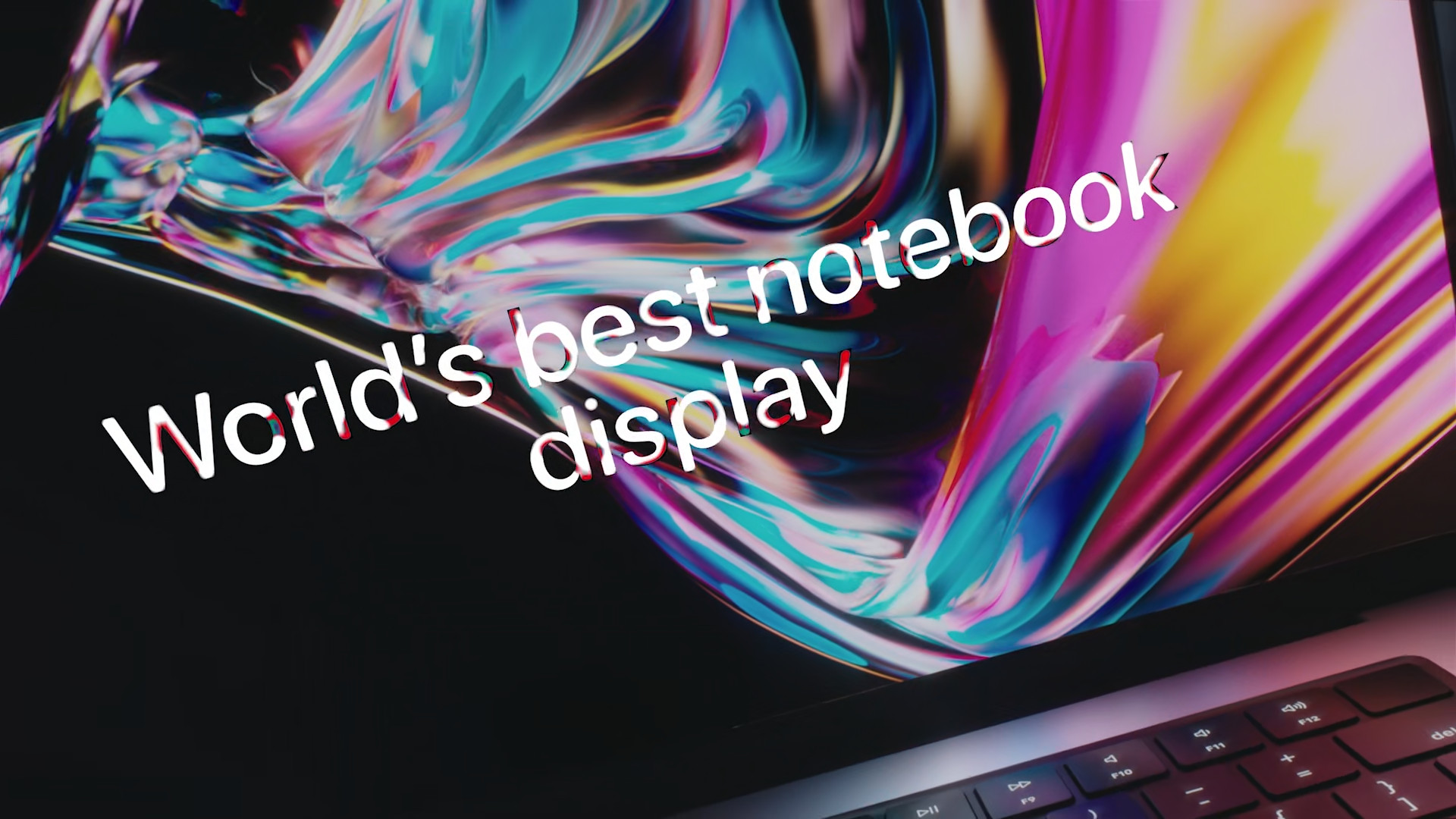
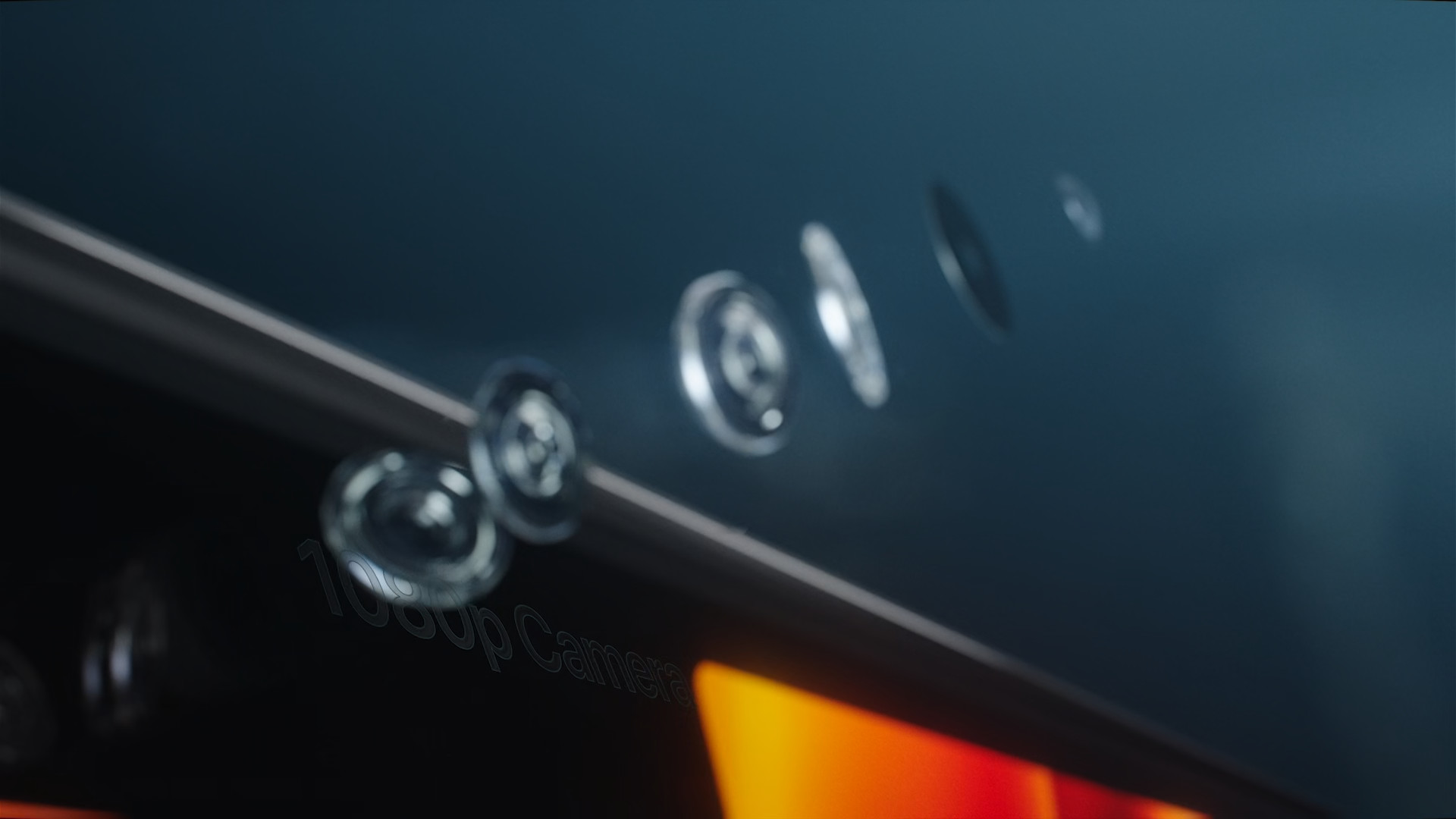
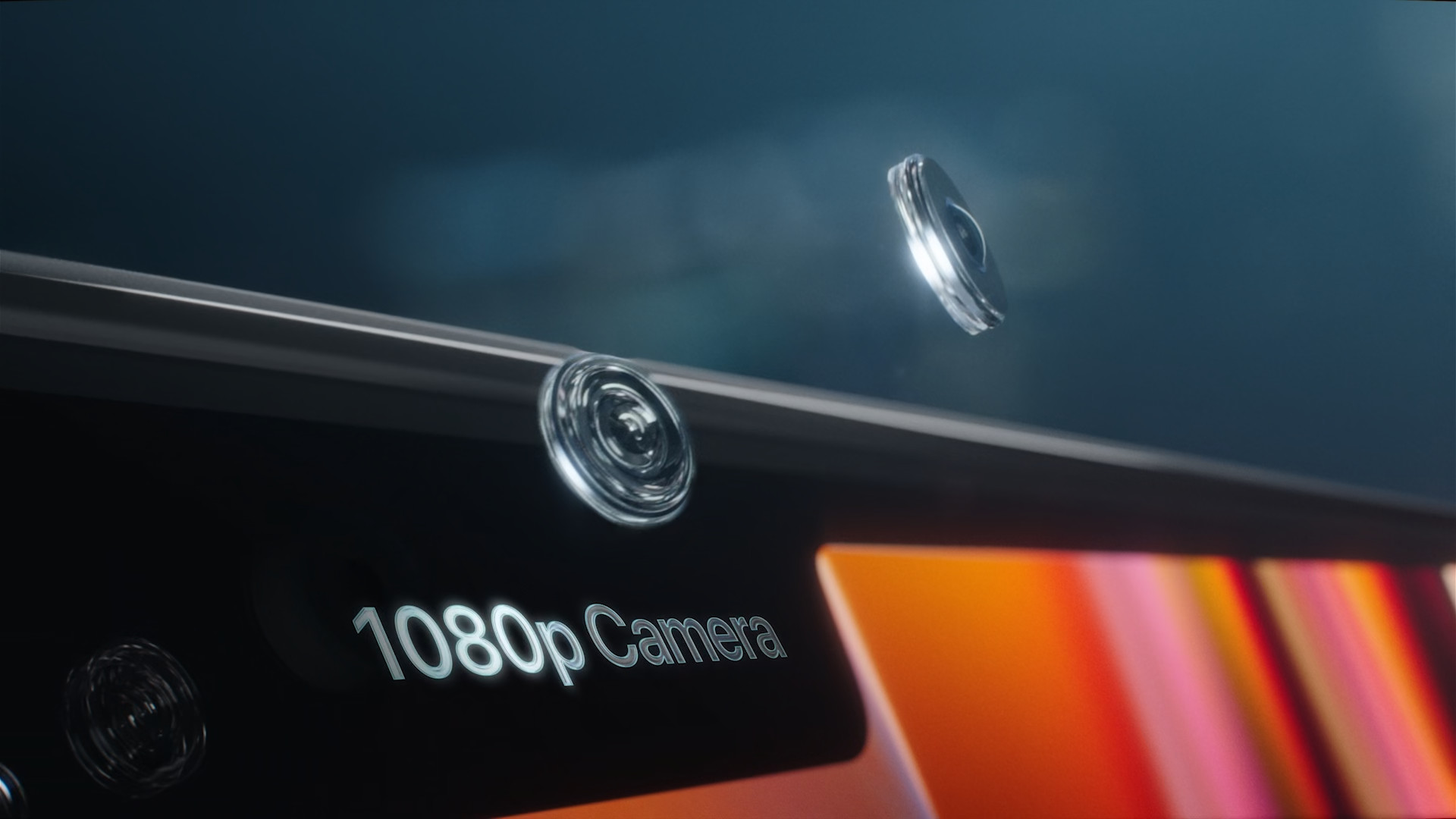
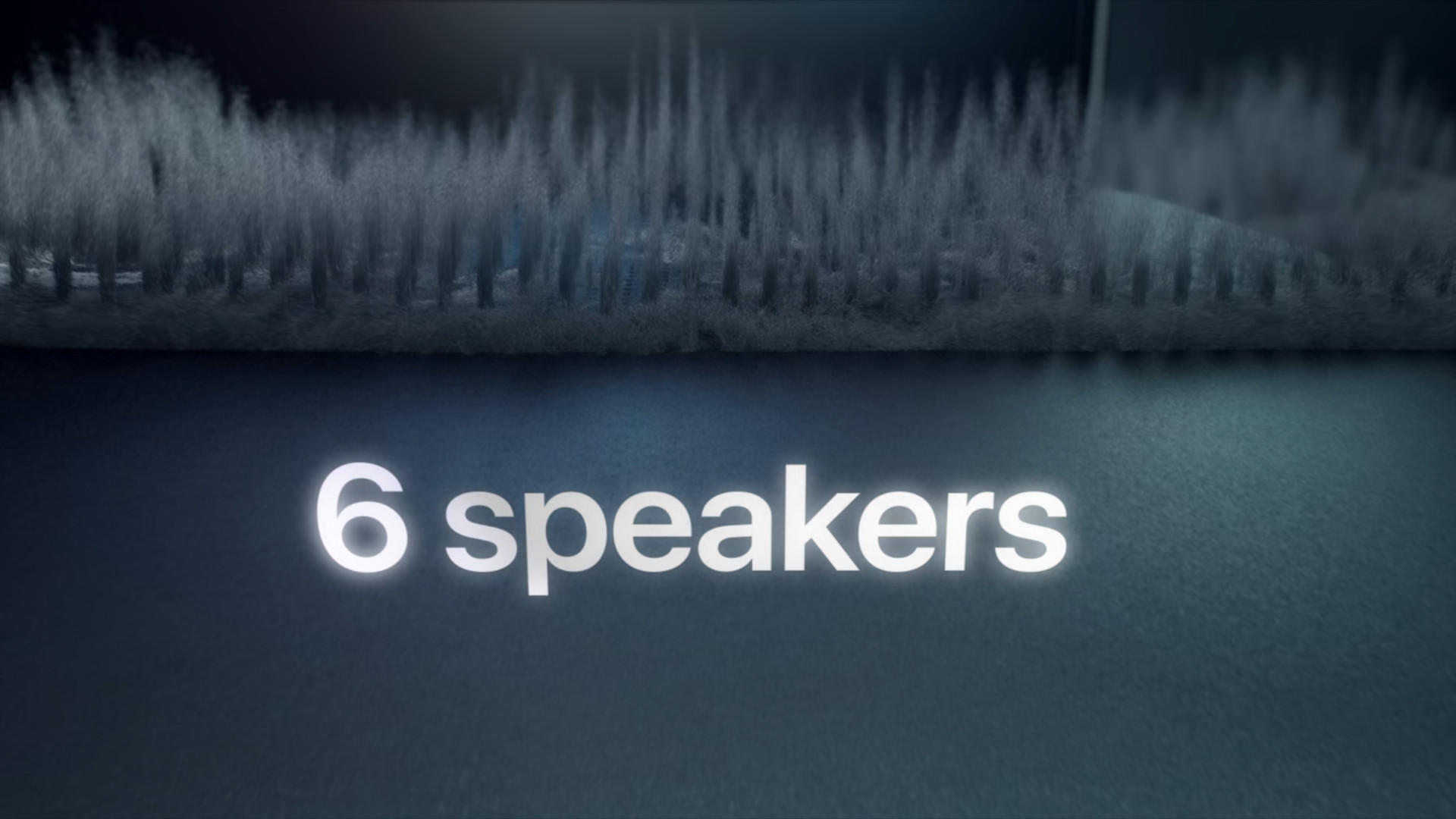

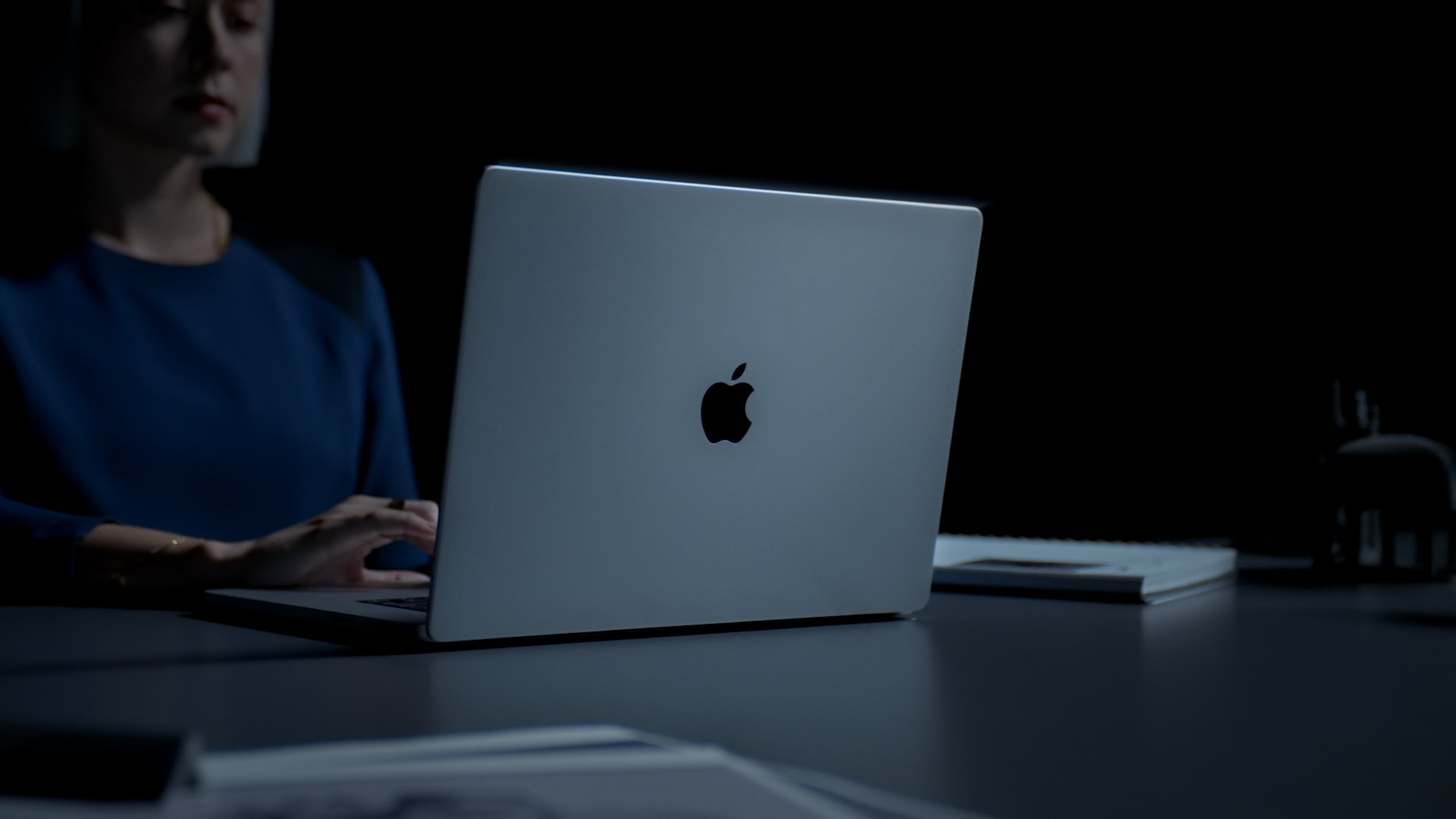
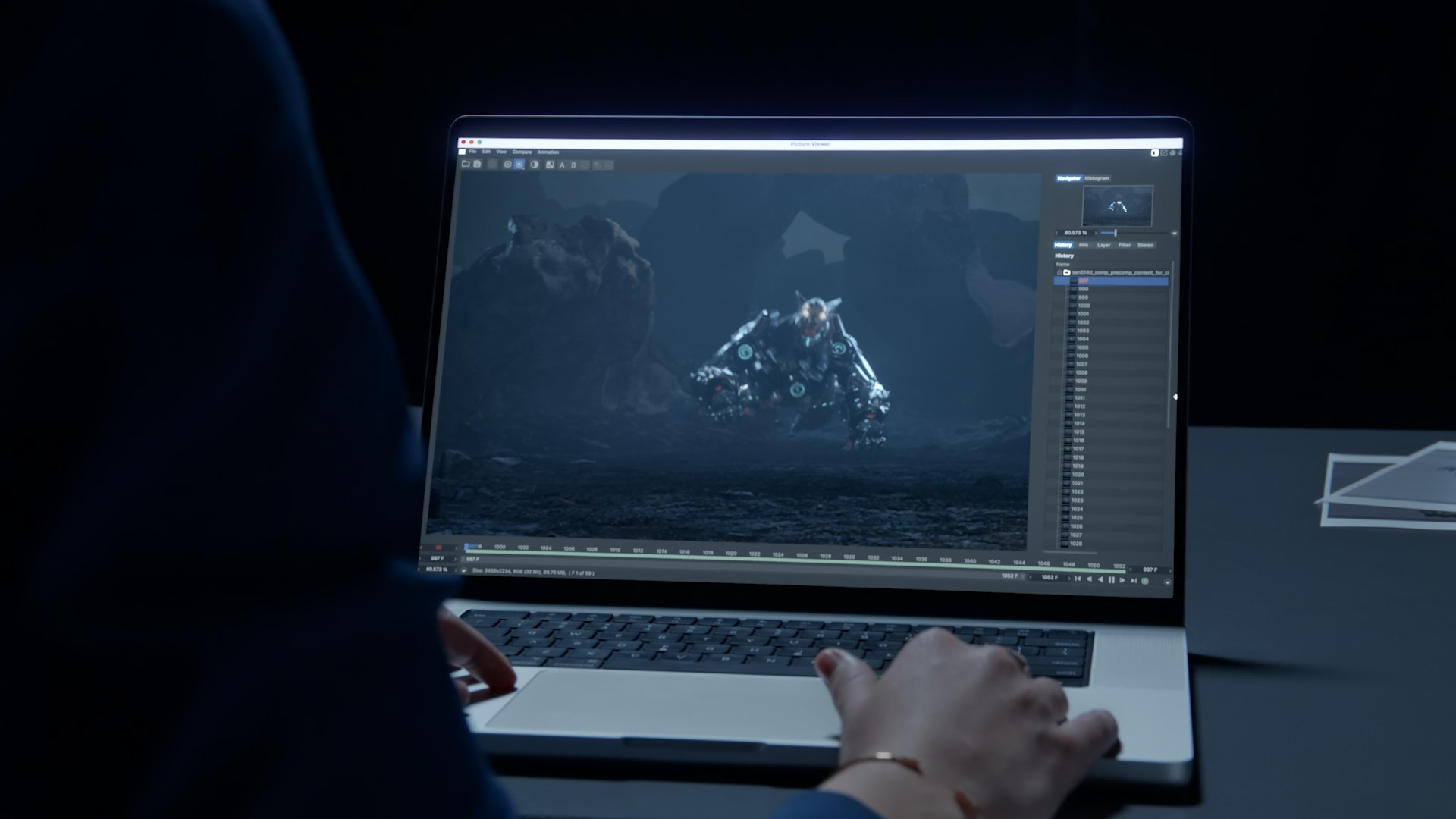
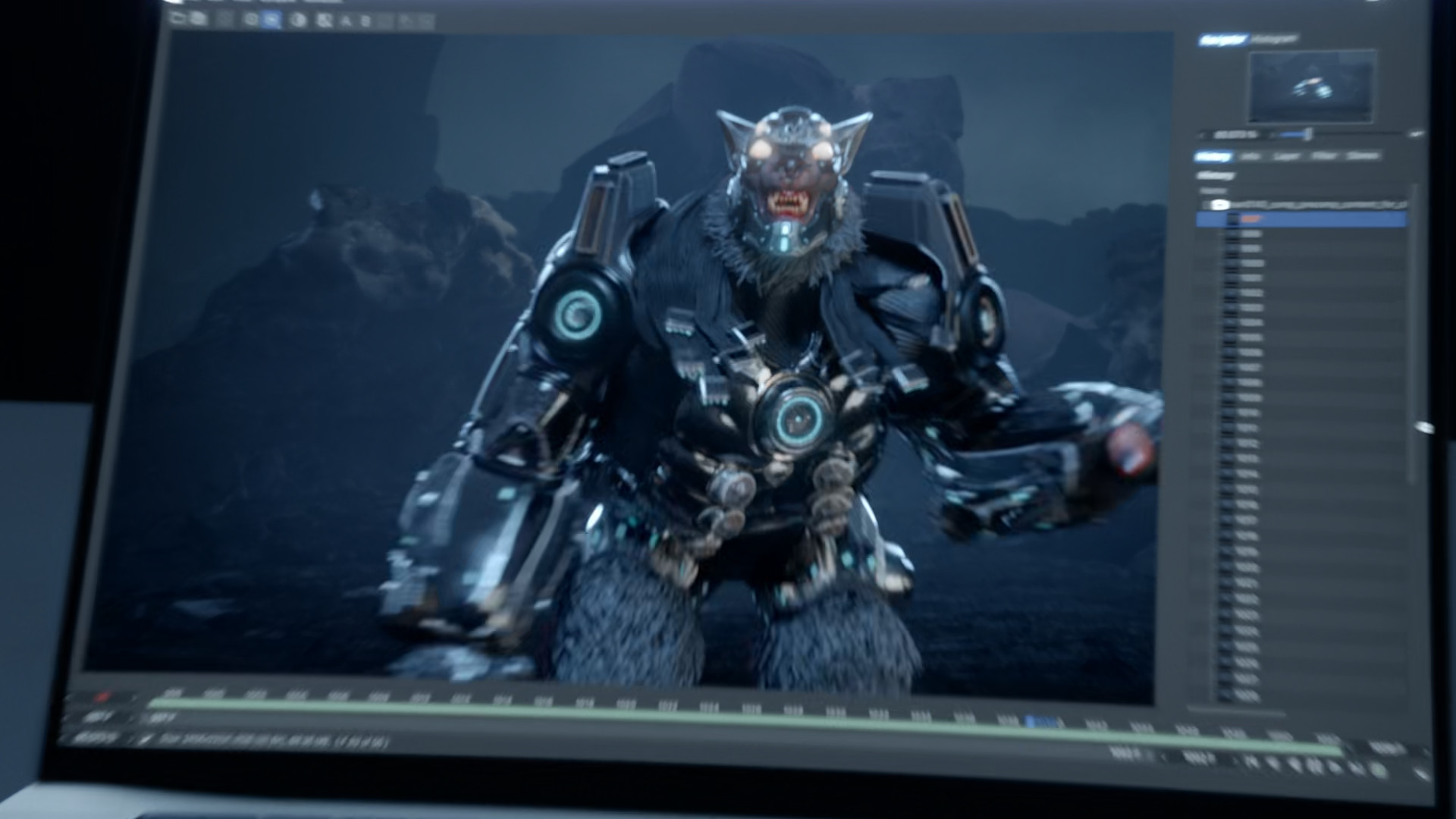


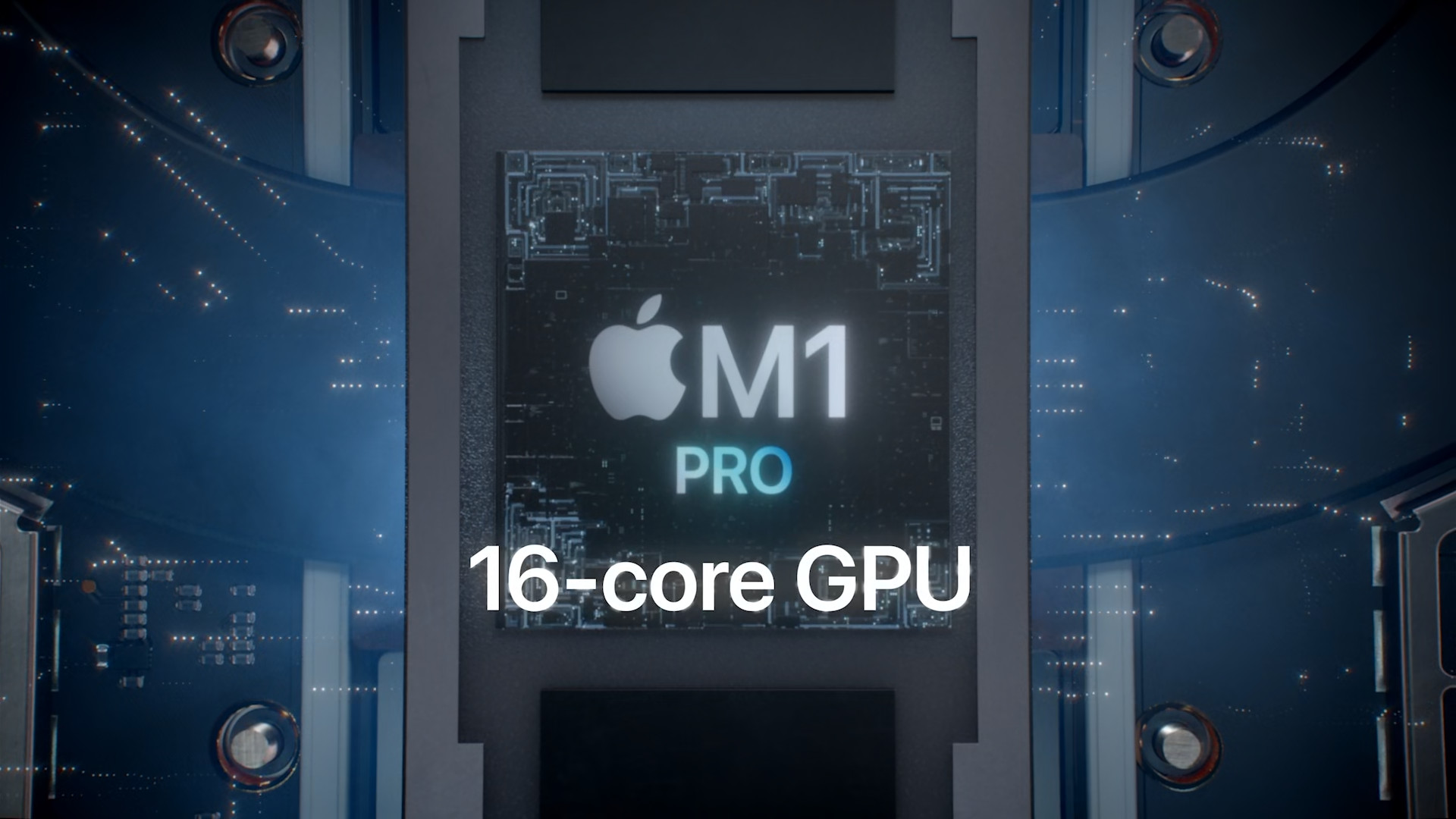

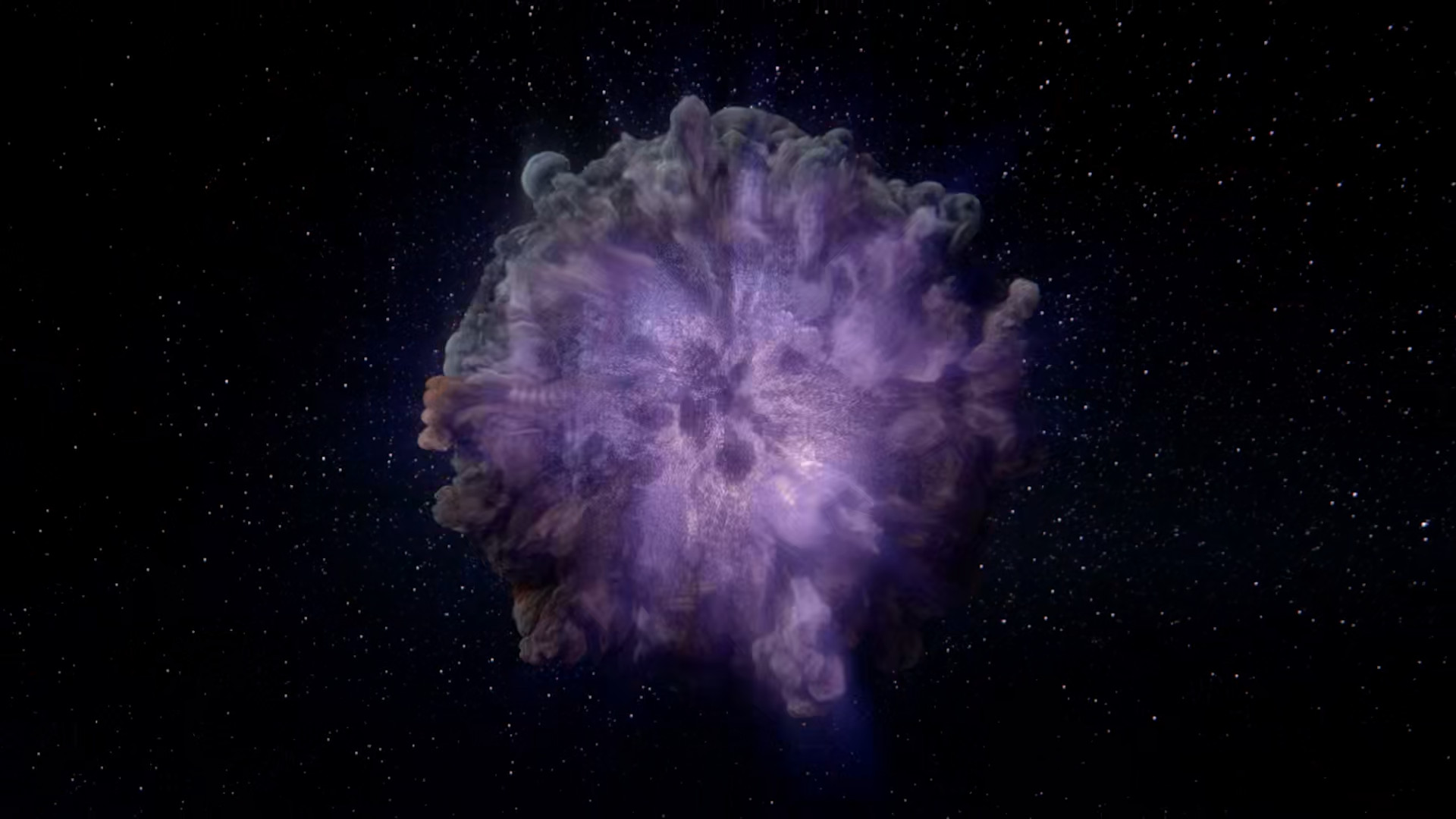

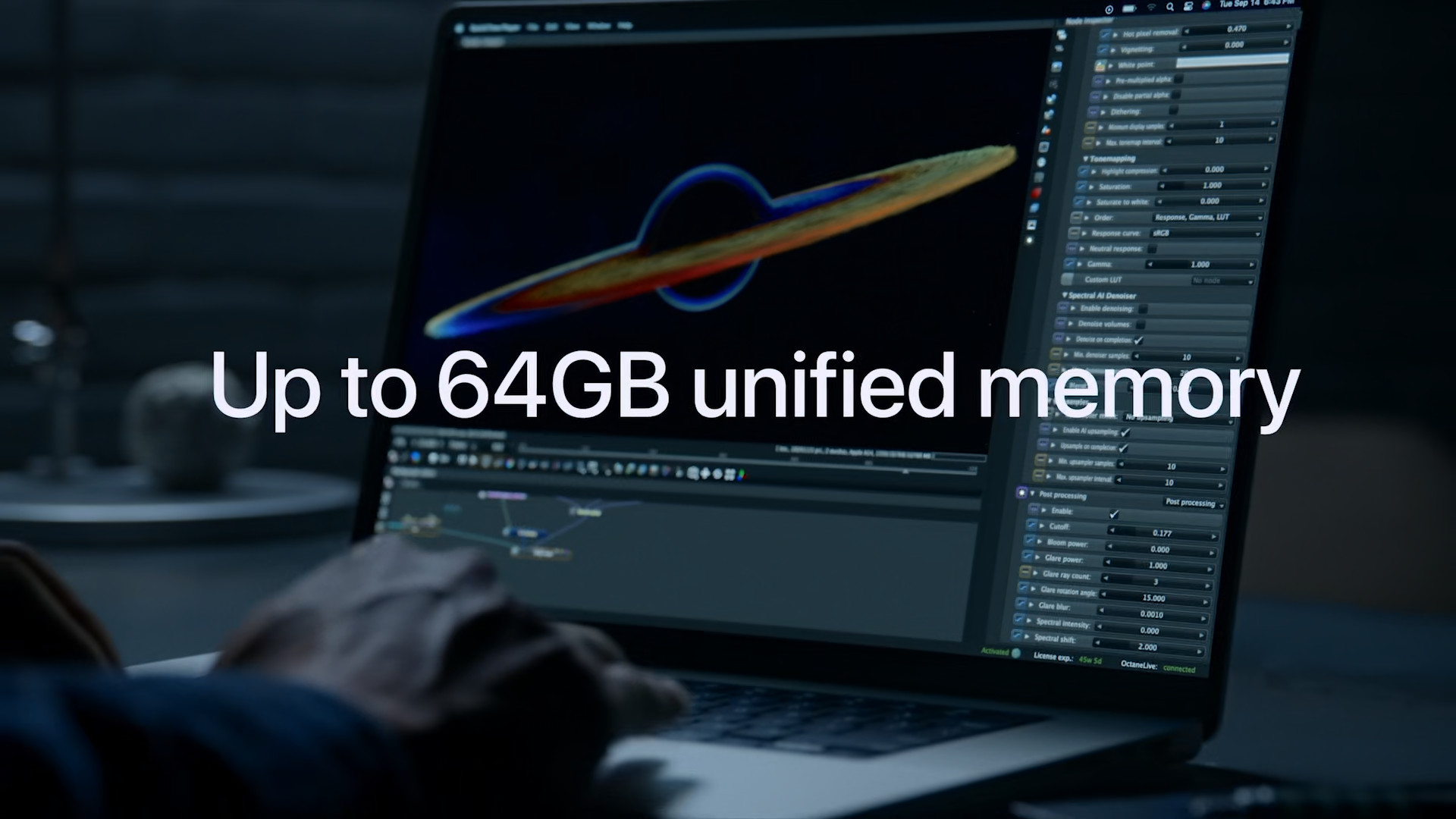

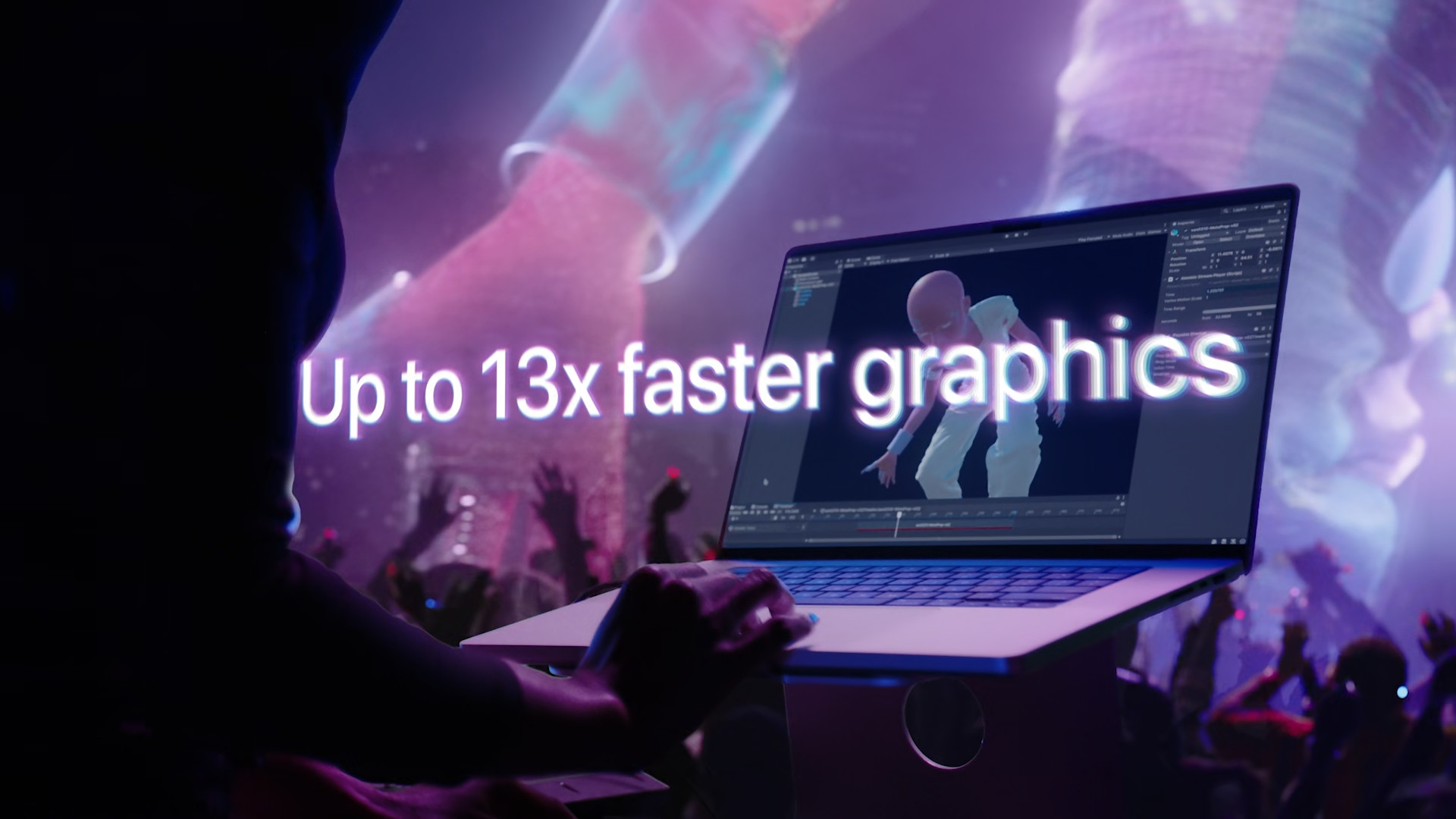
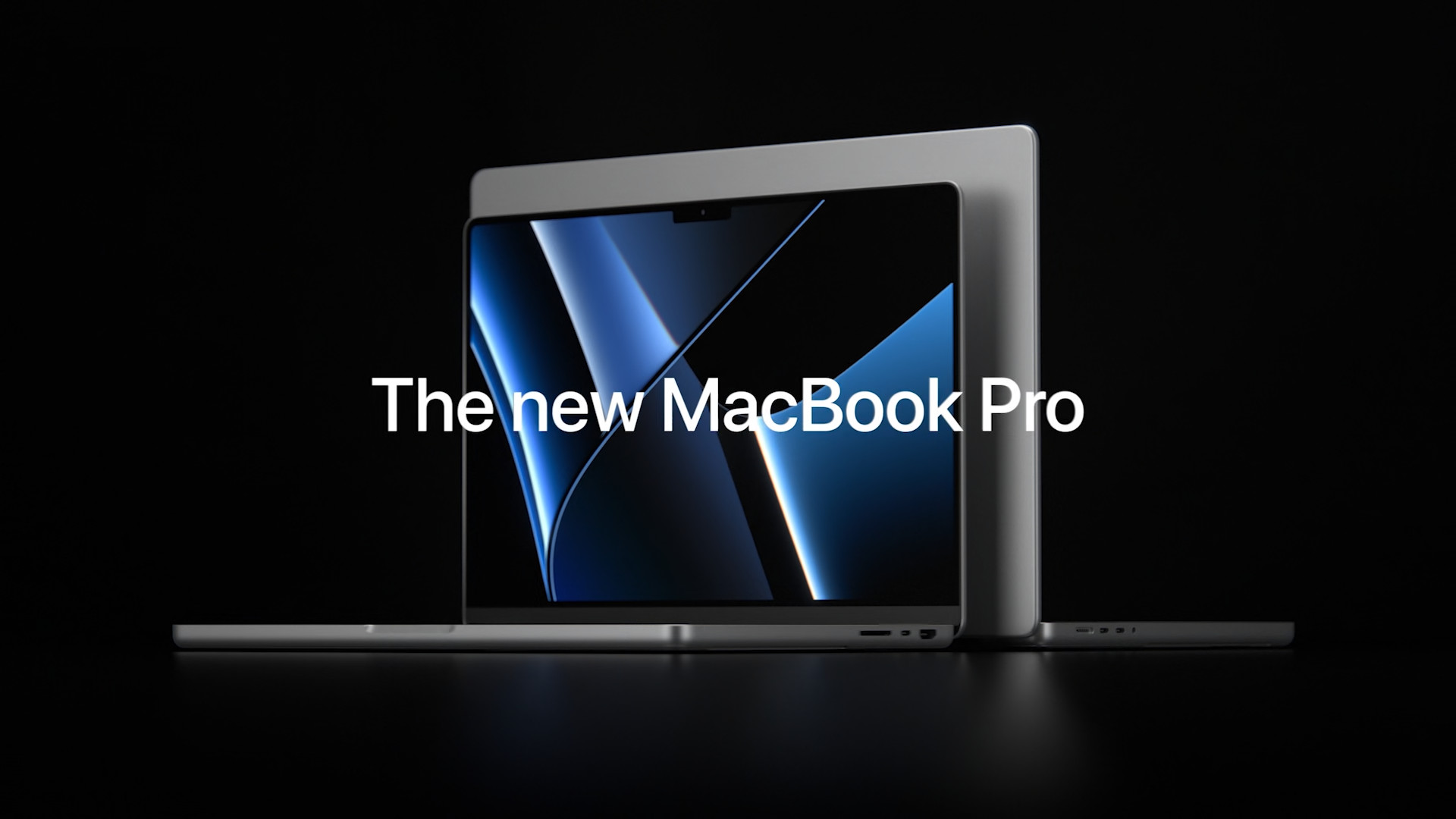
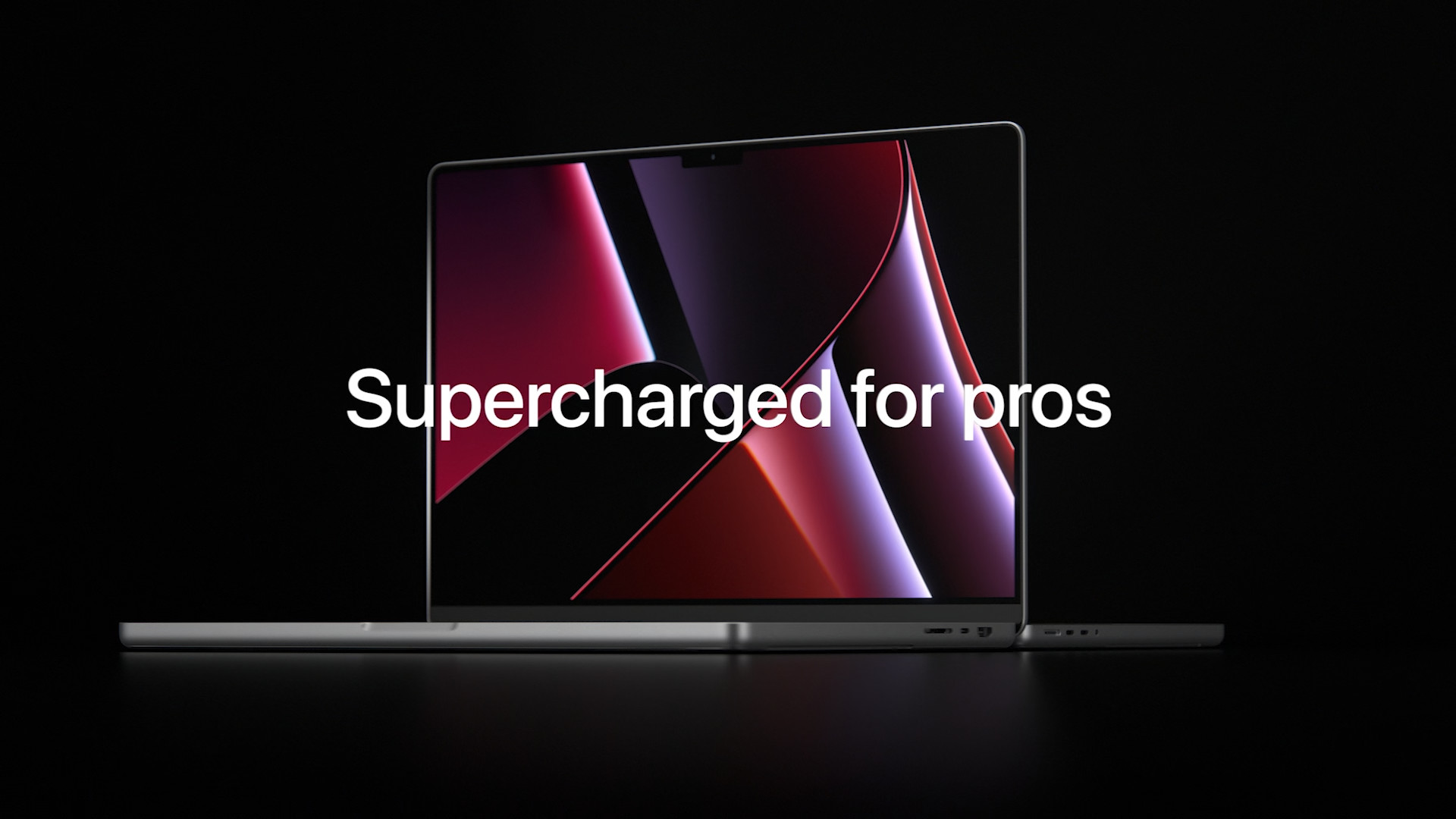


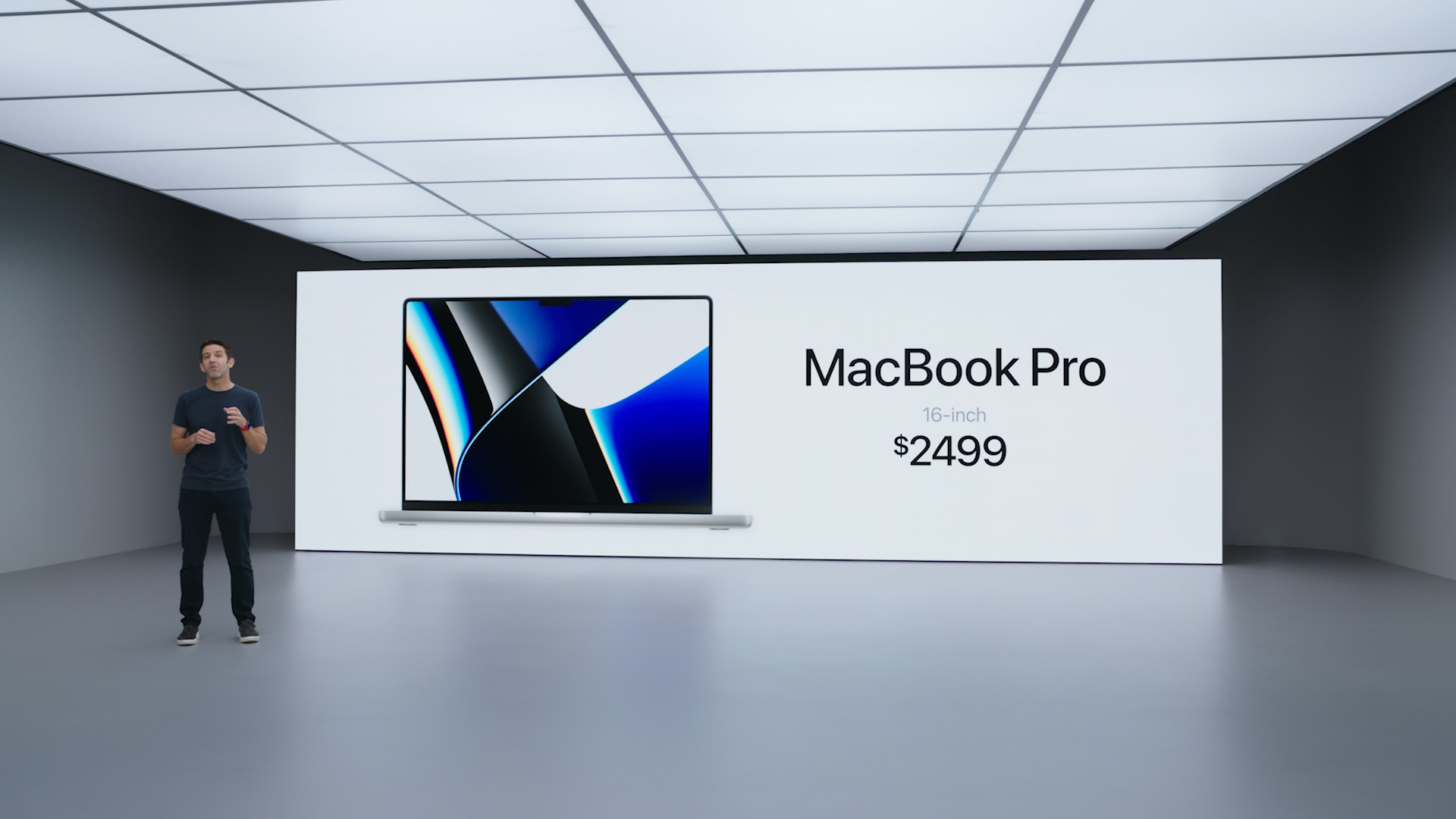





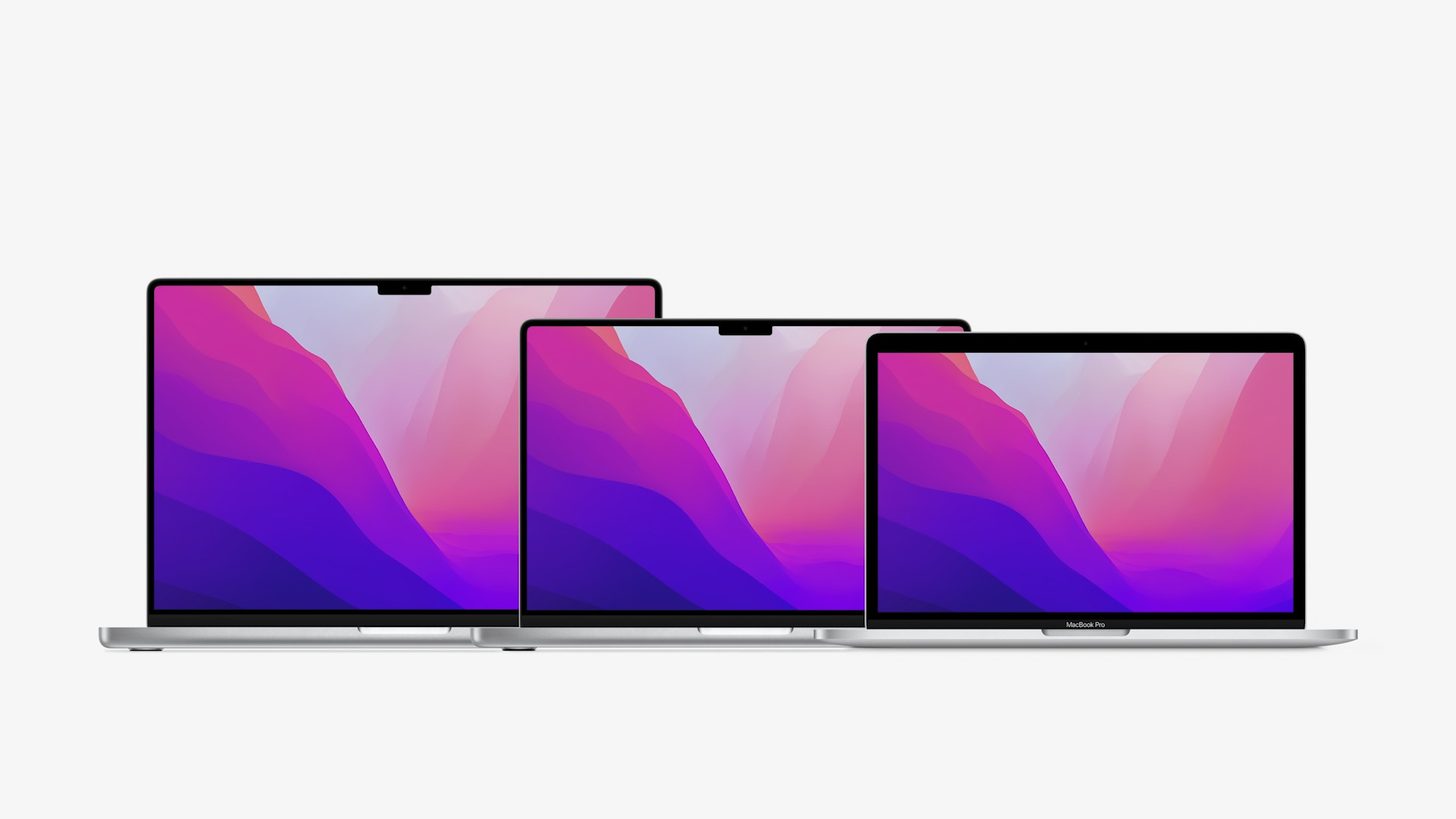

But on their sides, you will not only find MagSafe in its 3rd generation and a trio of USB-C/Thunderbolt 4 ports, but also the returnable HDMI in version 2.0 and an SD card reader. And we still don't know what's going on inside (especially considering the size of the components and the battery). Apple thus returned to the past not only with the shape of the chassis itself, but also with the range of ports. Surely many would appreciate some more, but even so, this is a step forward. Or back? It depends how you look at it.
It could be interest you

An uncertain future
If you haven't been convinced by Apple with USB-C in recent years, you will simply be happy with the news. Many will also appreciate the truly functional only real functional keys instead of the Touch Bar. But isn't this also a return to the past? Didn't the Tocuh Bar have more potential that only Apple could not take advantage of? After all, it was a clear whiff of future technology. The new professional and modern machines thus draw from the times long past even more than one might think.
OK, the MacBook design established in 2015 may not have been entirely functional, but it looked pretty darn good, predatory, minimalistic. It is safe to say that the new forms established by the current MacBooks will also be adopted by the 13" MacBook Pro when it comes time to update it. What will Apple do with the MacBook Air? Will it leave him with his original, though now visibly outlived, design, but more pleasing in the finale?
It could be interest you

If we look at the part of users who like the news, they often mention machines from before 2015. This was the golden era of MacBooks, which people bought only for the way they looked, although they often installed Windows on them and used them for them exclusively this Microsoft system. This stopped completely with the subsequent experiment.
The golden era of MacBook Pro design, this one is from 2011:
So Apple now draws on the proven appearance and functionality, which it combines with modern times. This is clearly indicated by the mini-LED display in combination with the cut-out for the camera and used Apple Silicon chips. But will the new MacBook Pros be successful? We will probably find out in one five-year period, when Apple may return to the already 10-year-old design. If the time is ripe for it and the users themselves.
- Newly introduced Apple products can be purchased, for example, at Alge, Mobile Emergency or u iStores
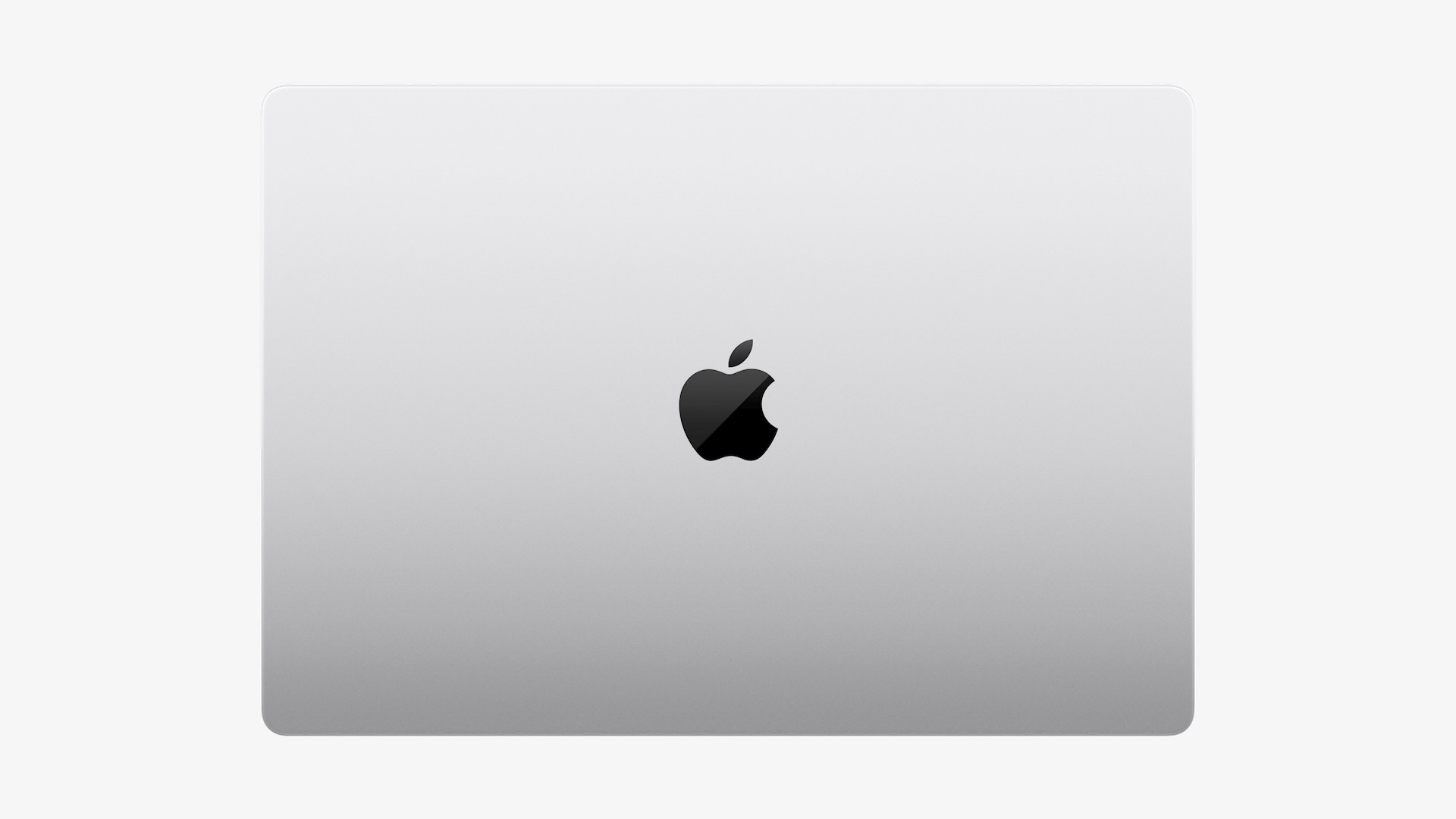
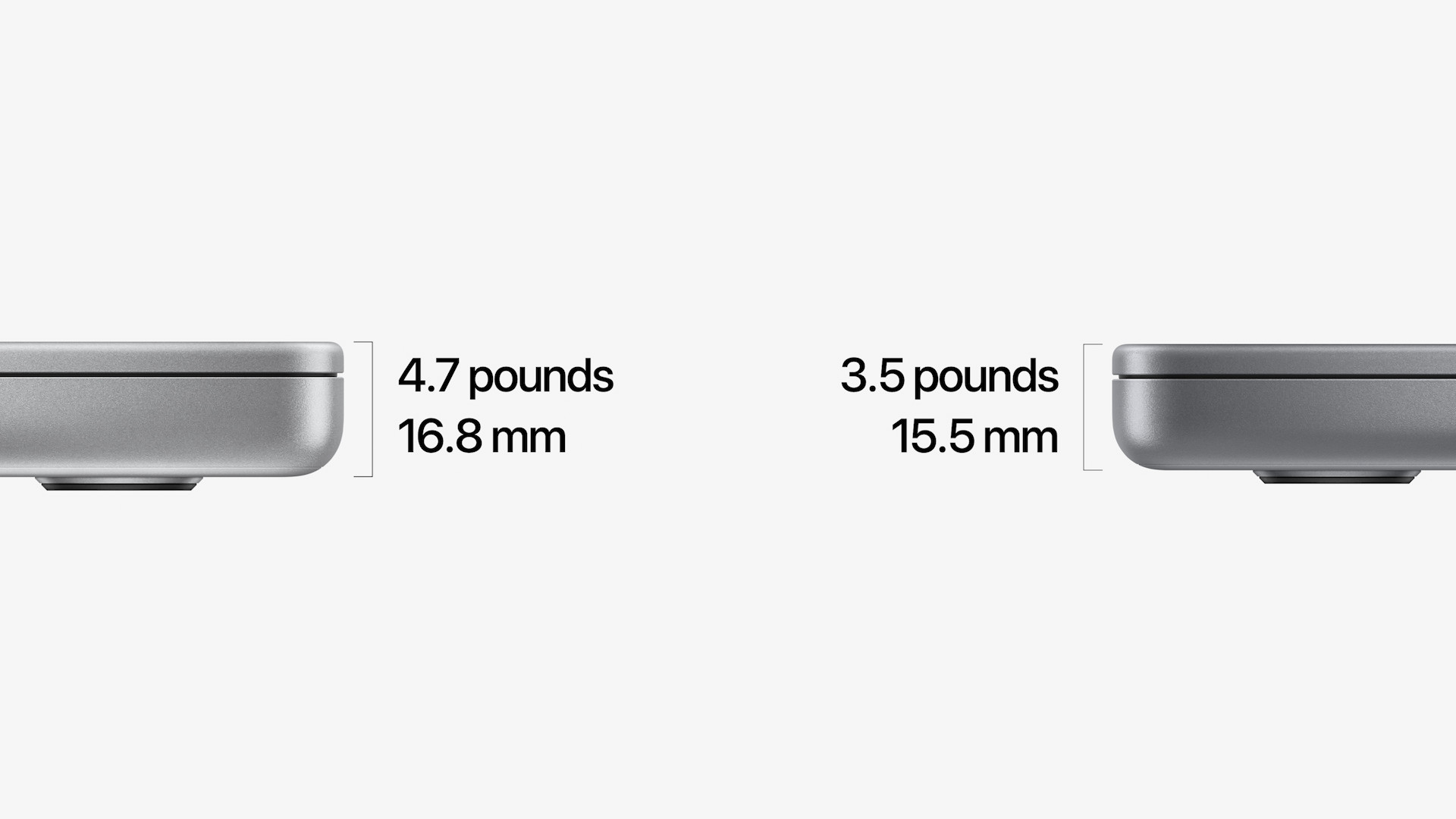

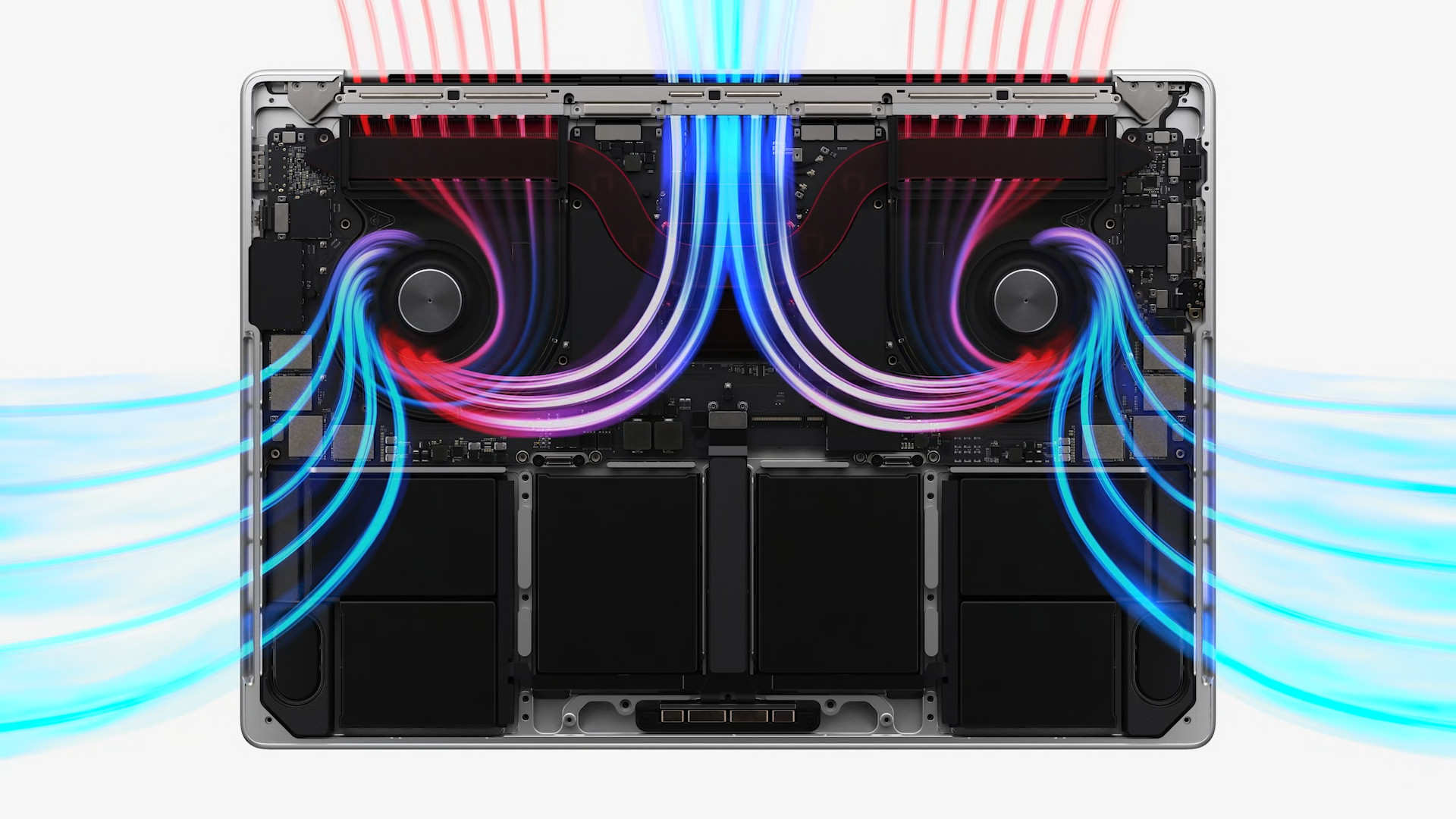
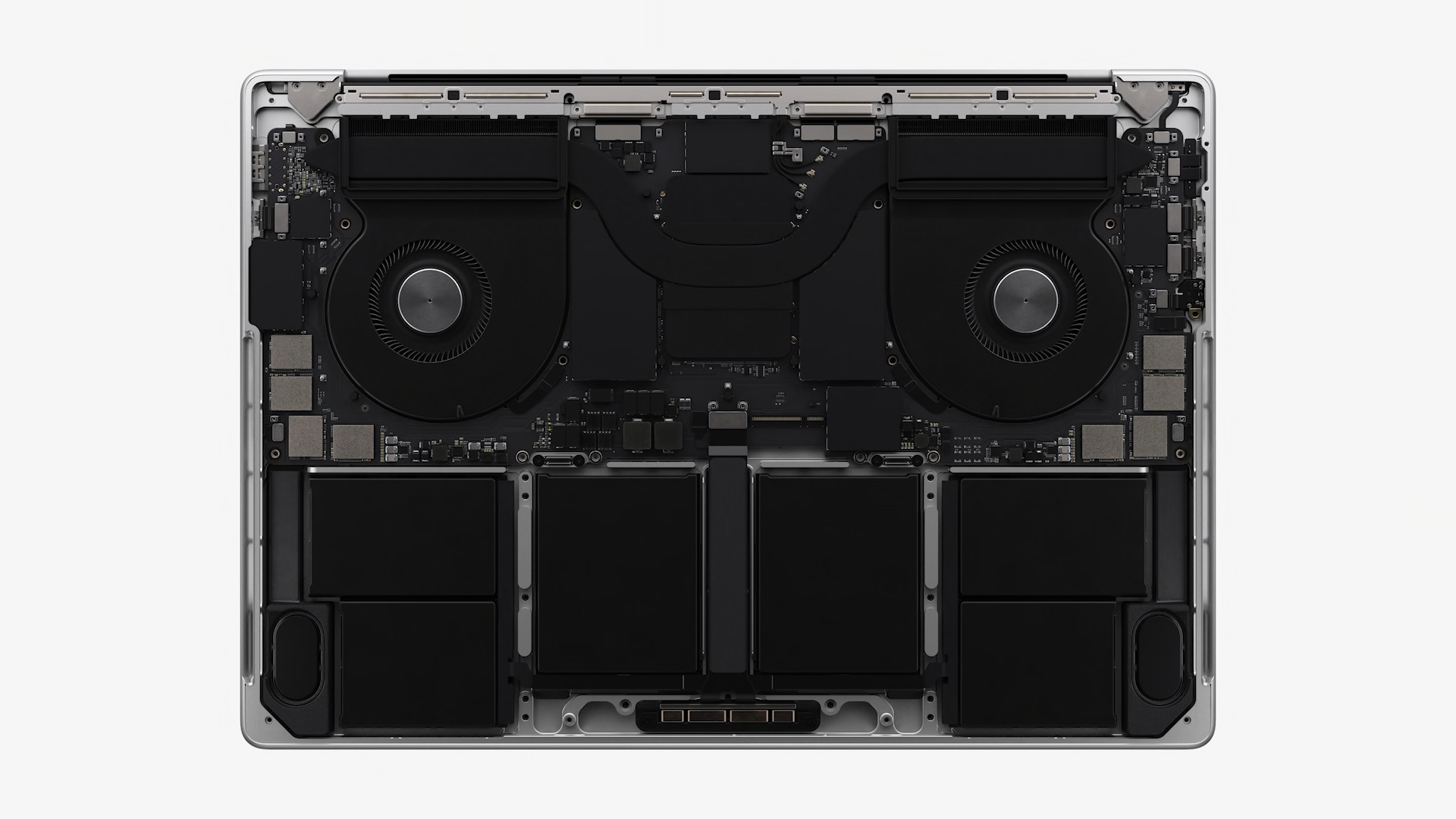
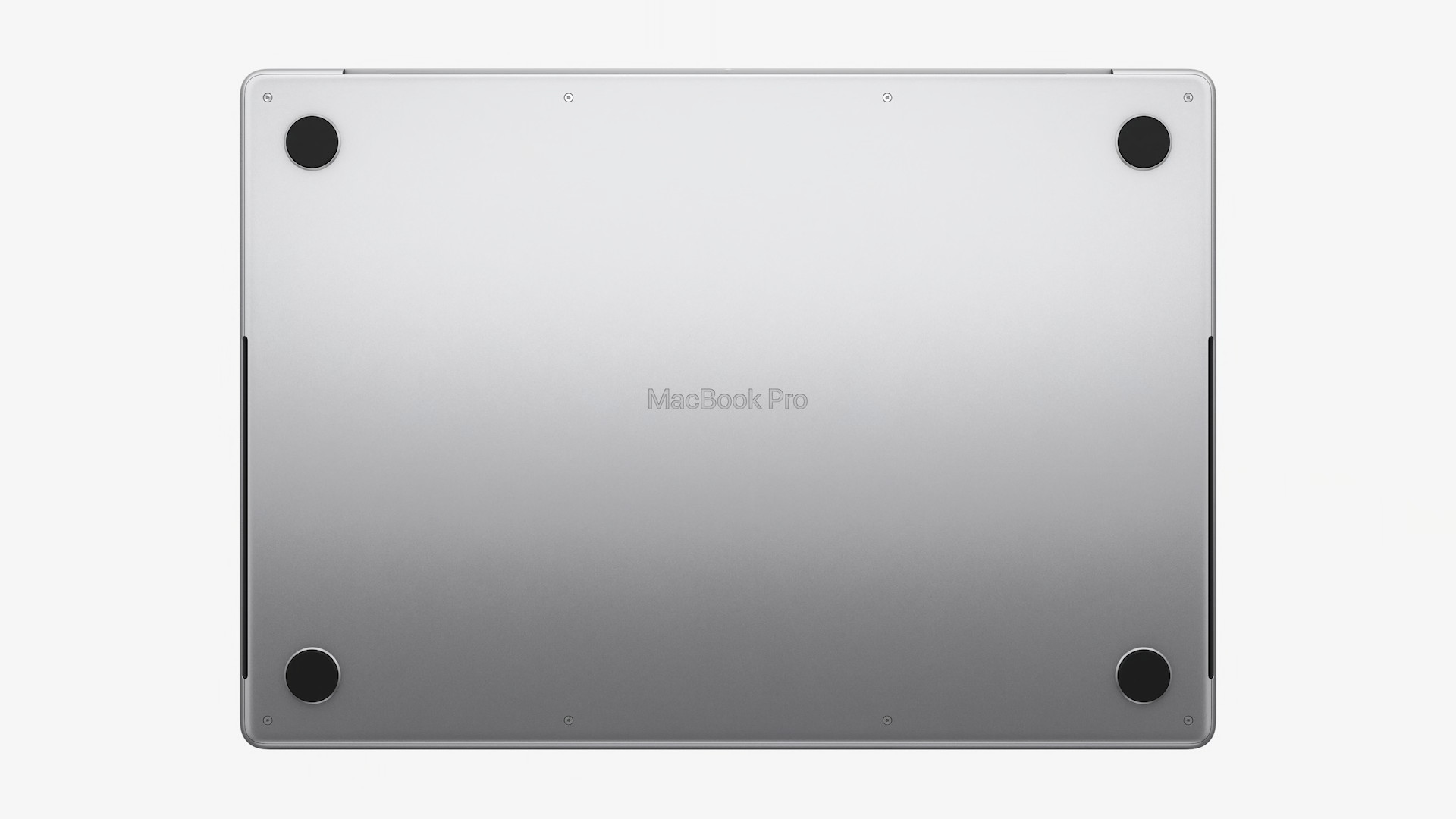
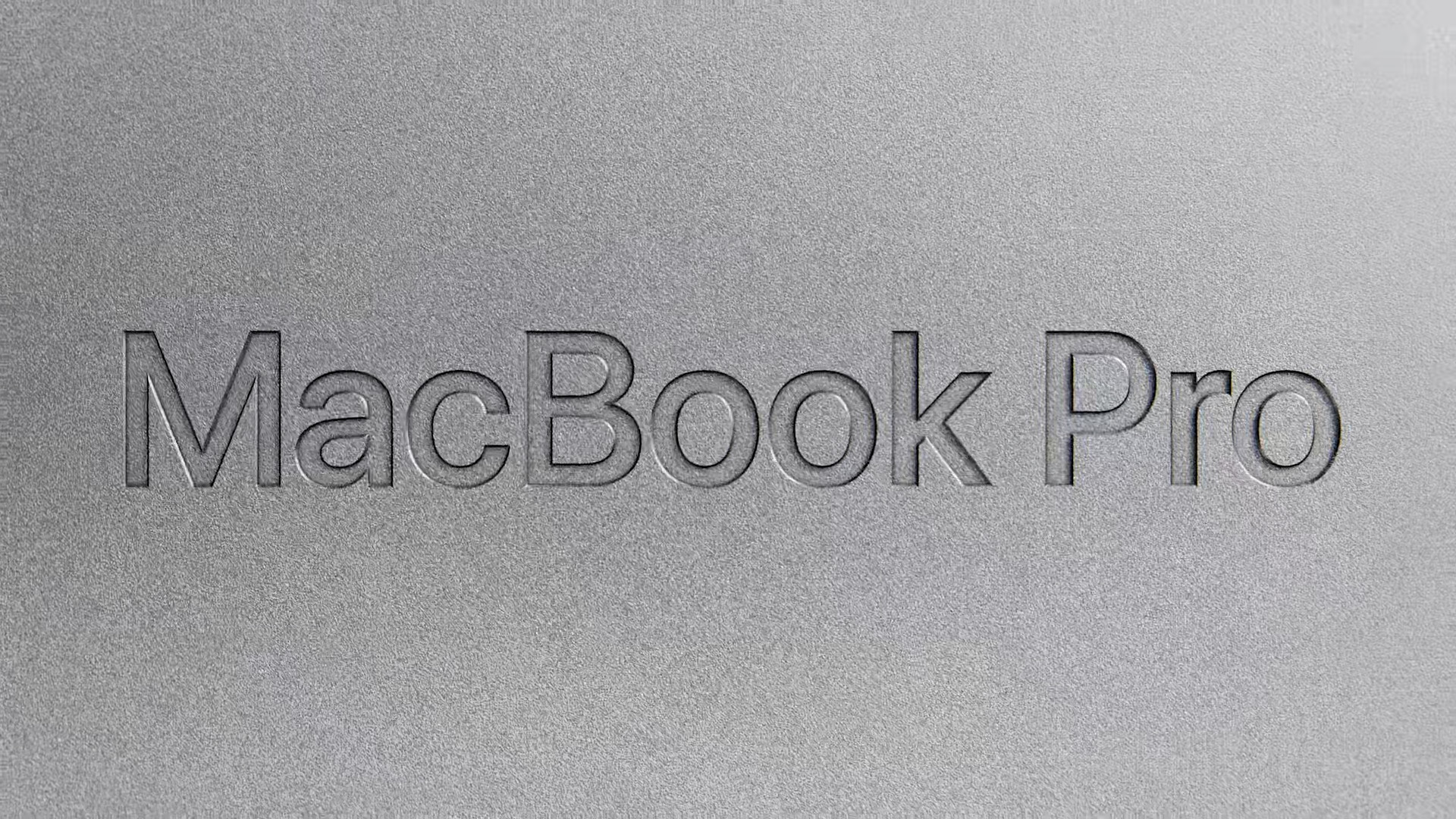
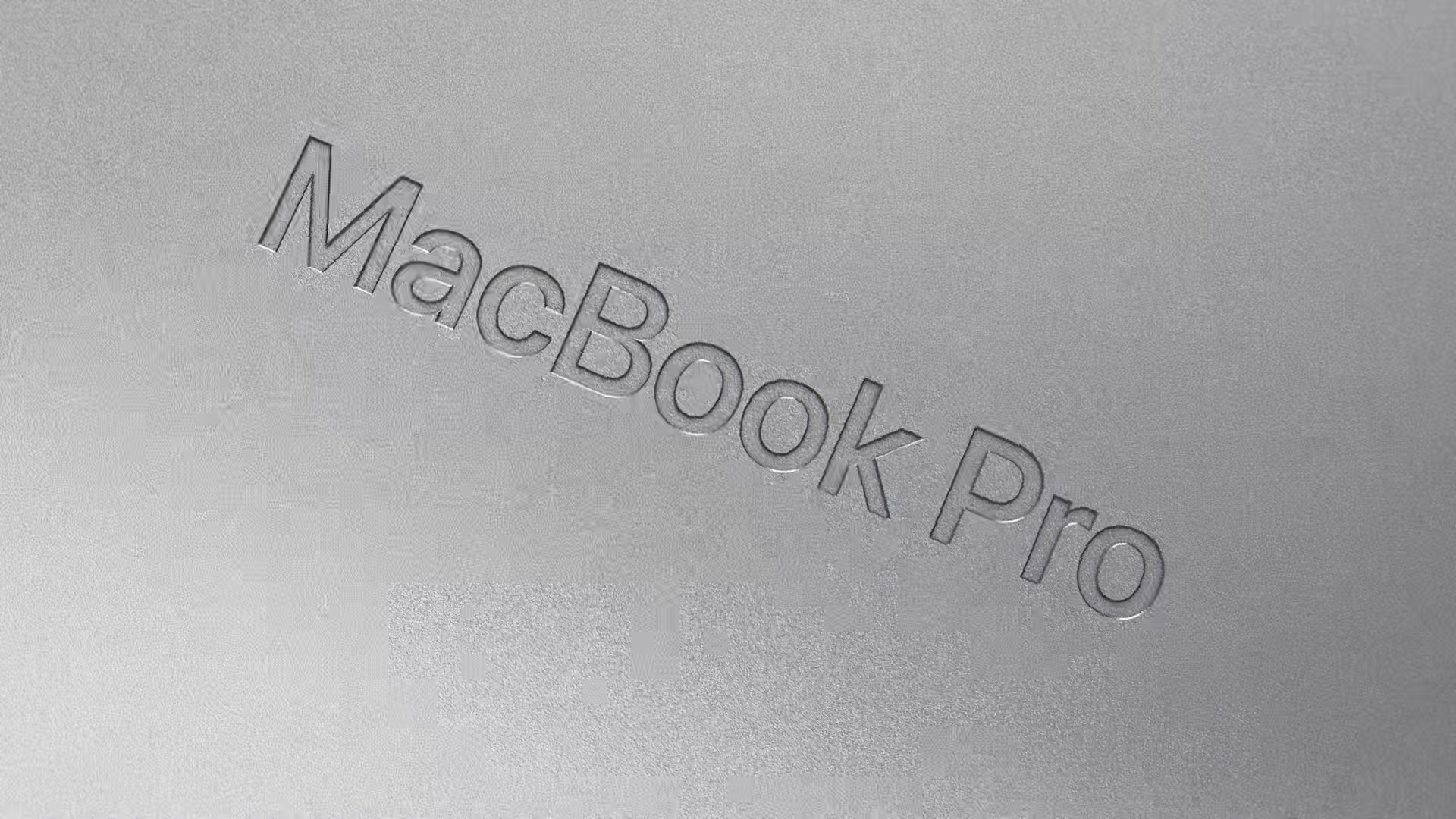
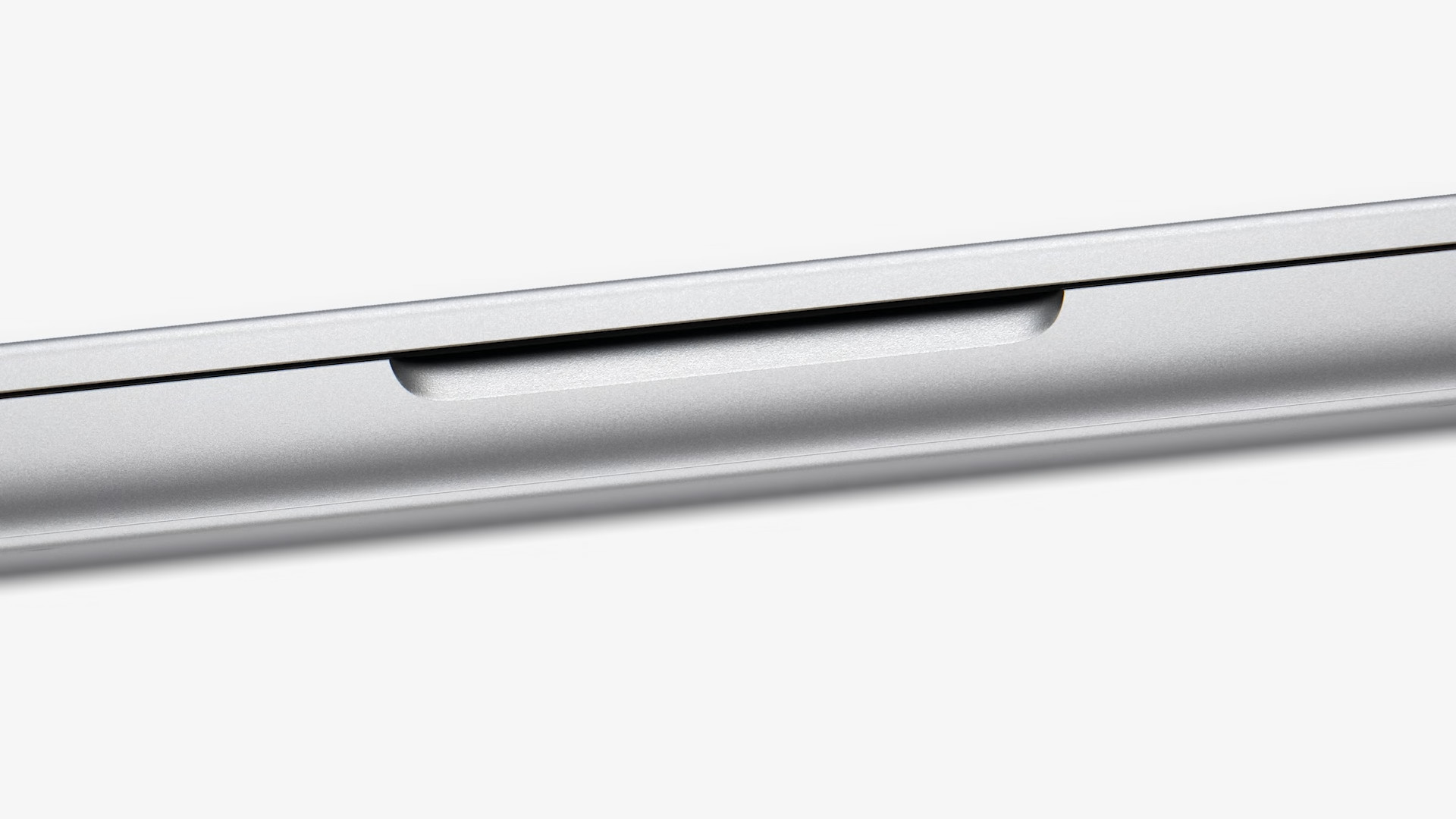

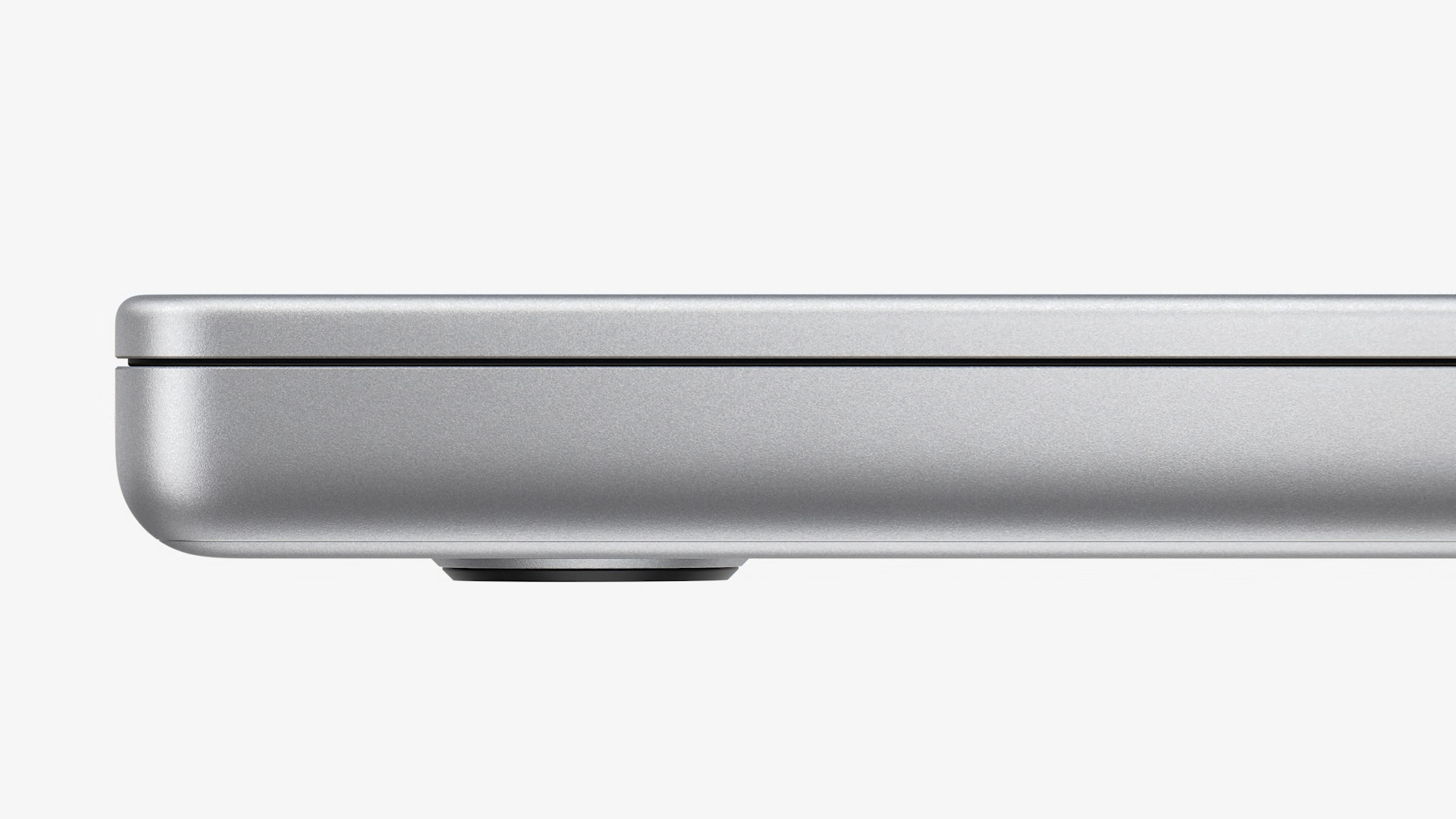
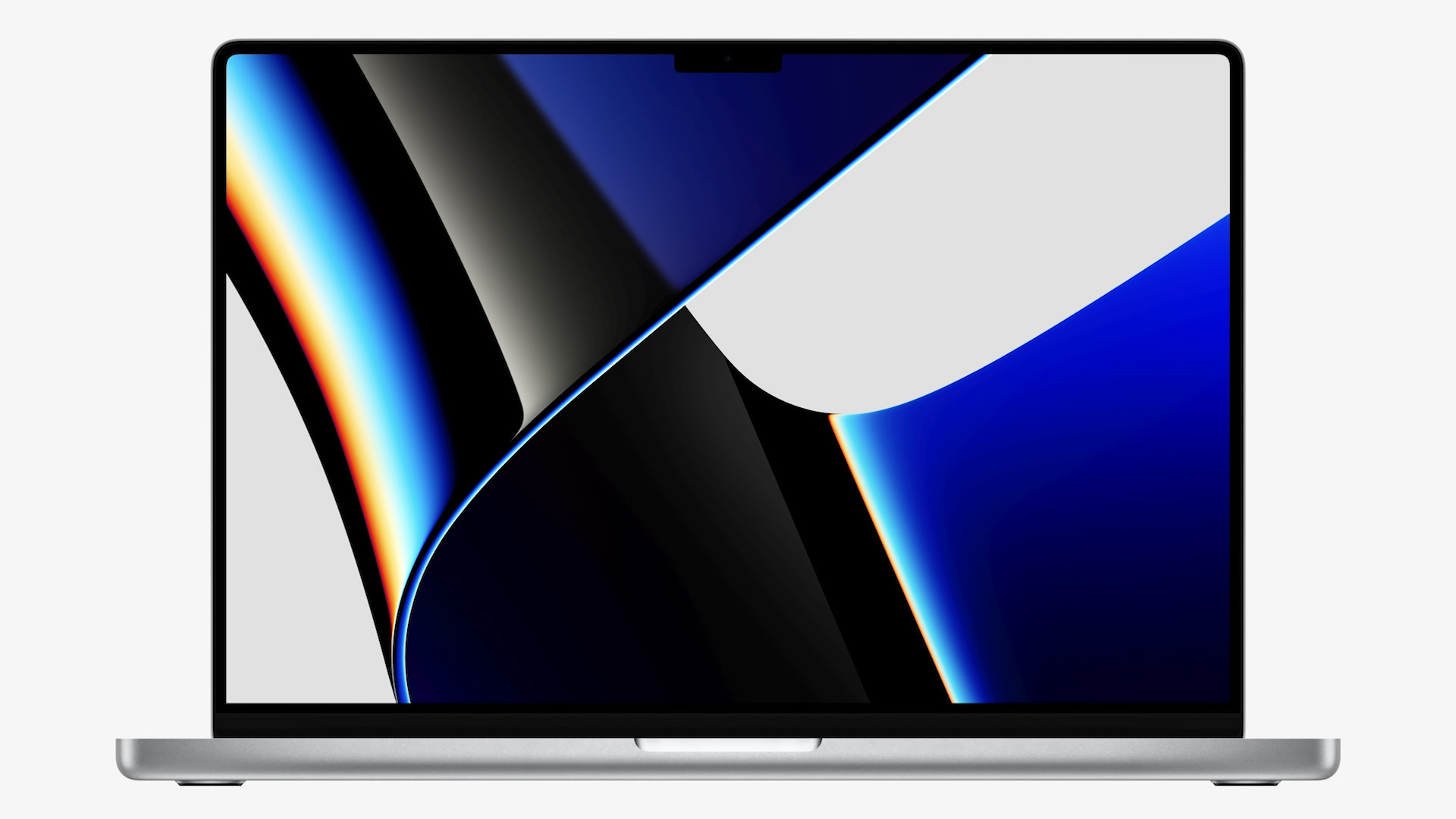
 Adam Kos
Adam Kos 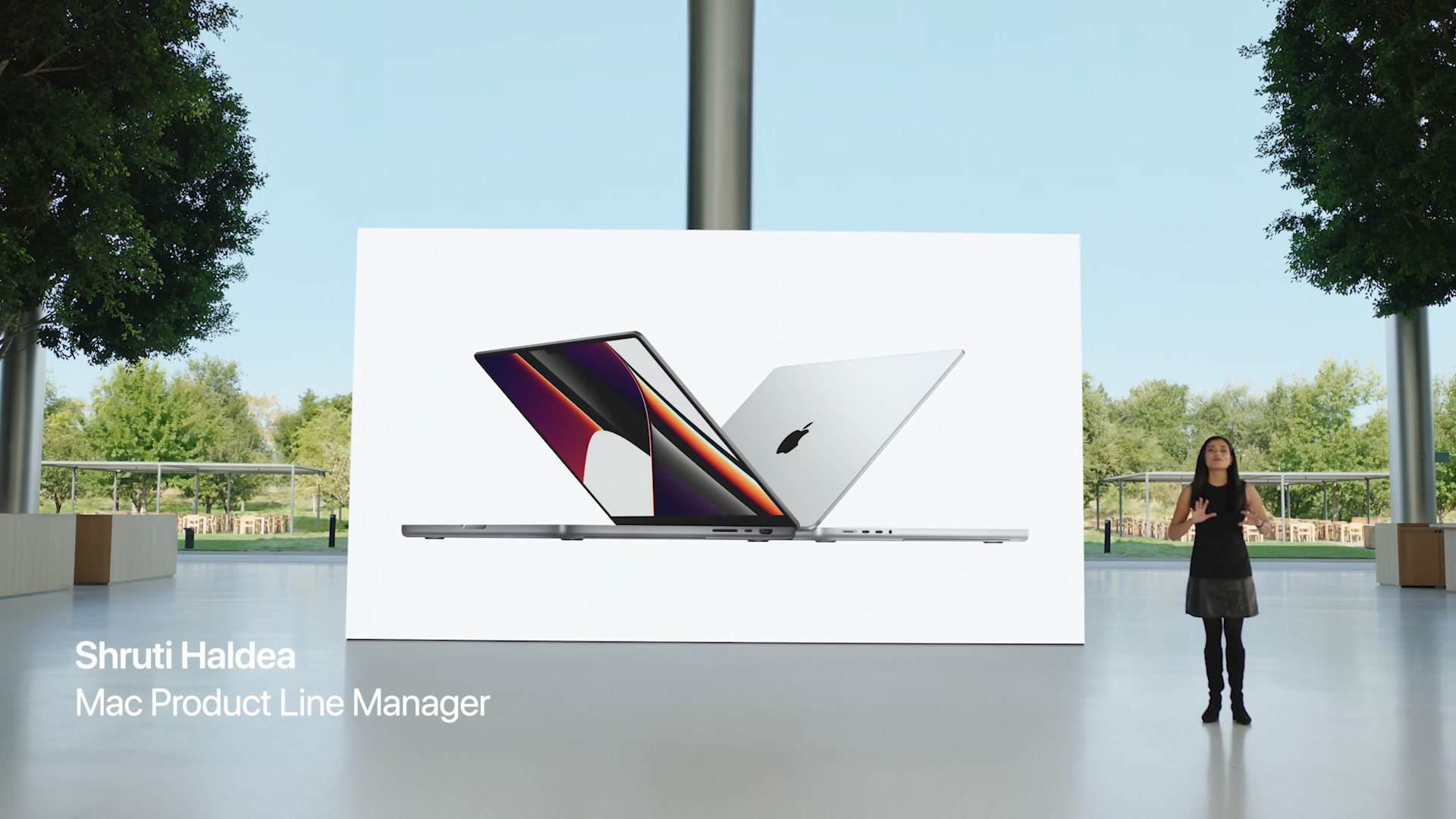
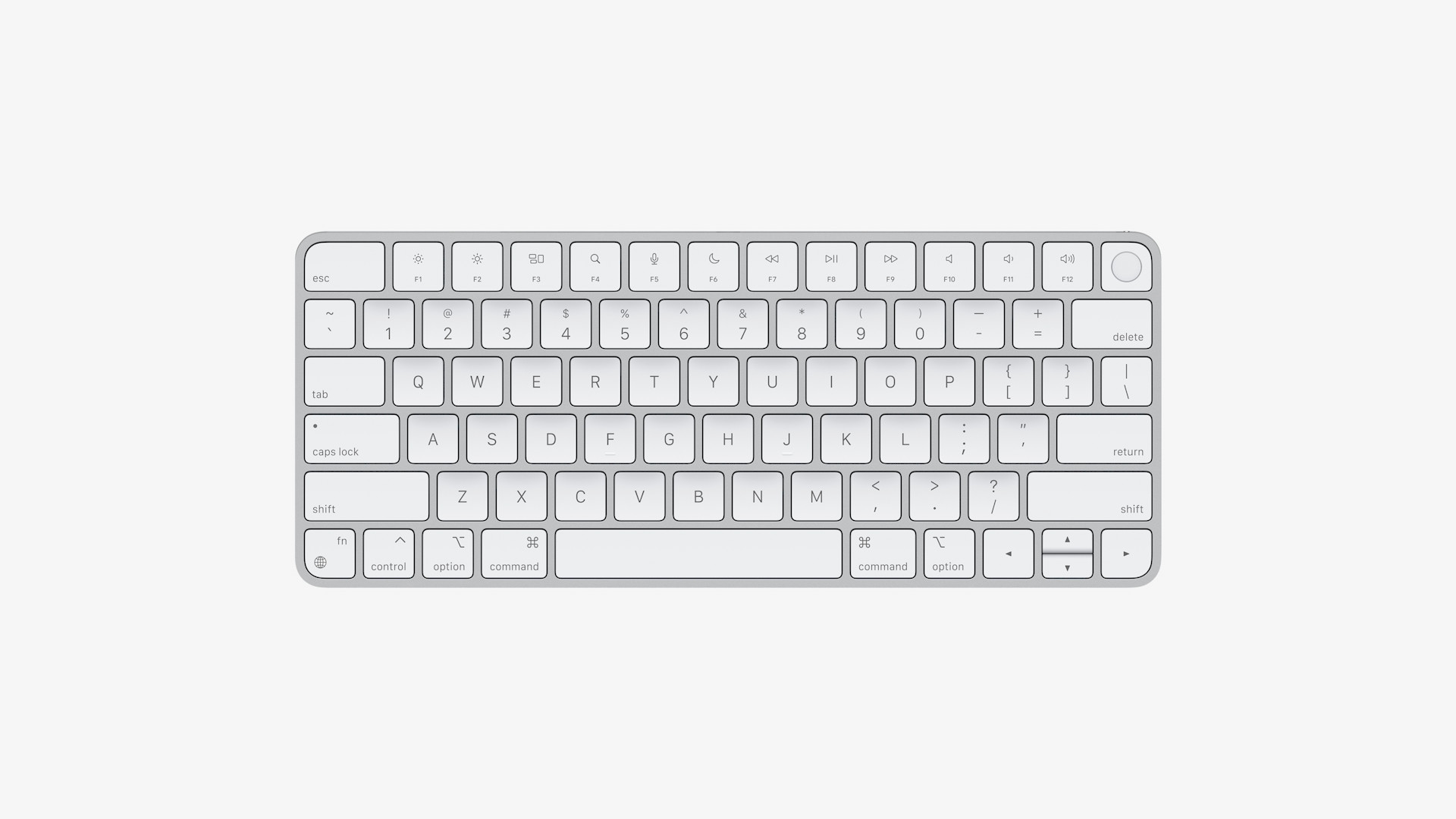


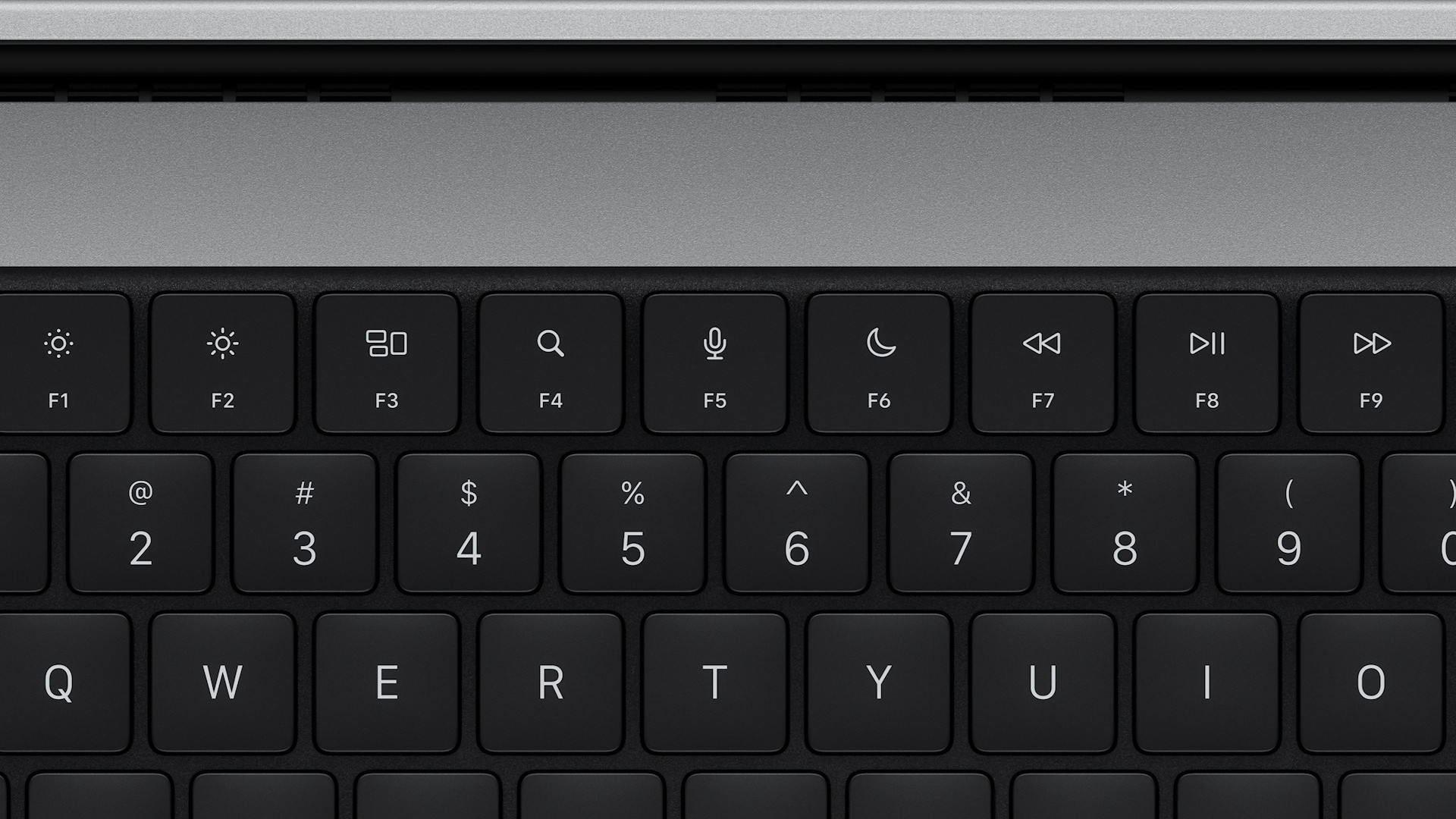
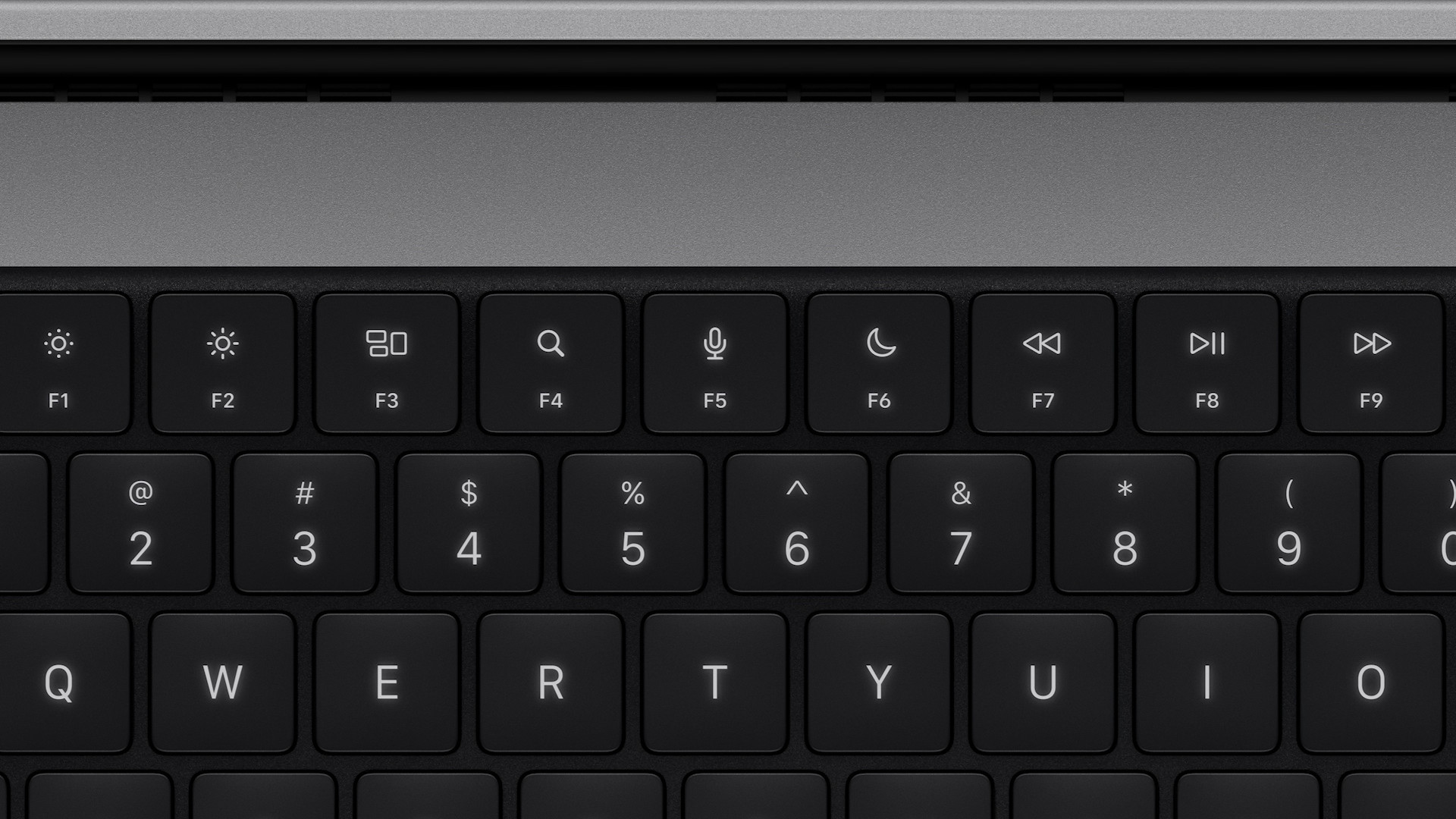
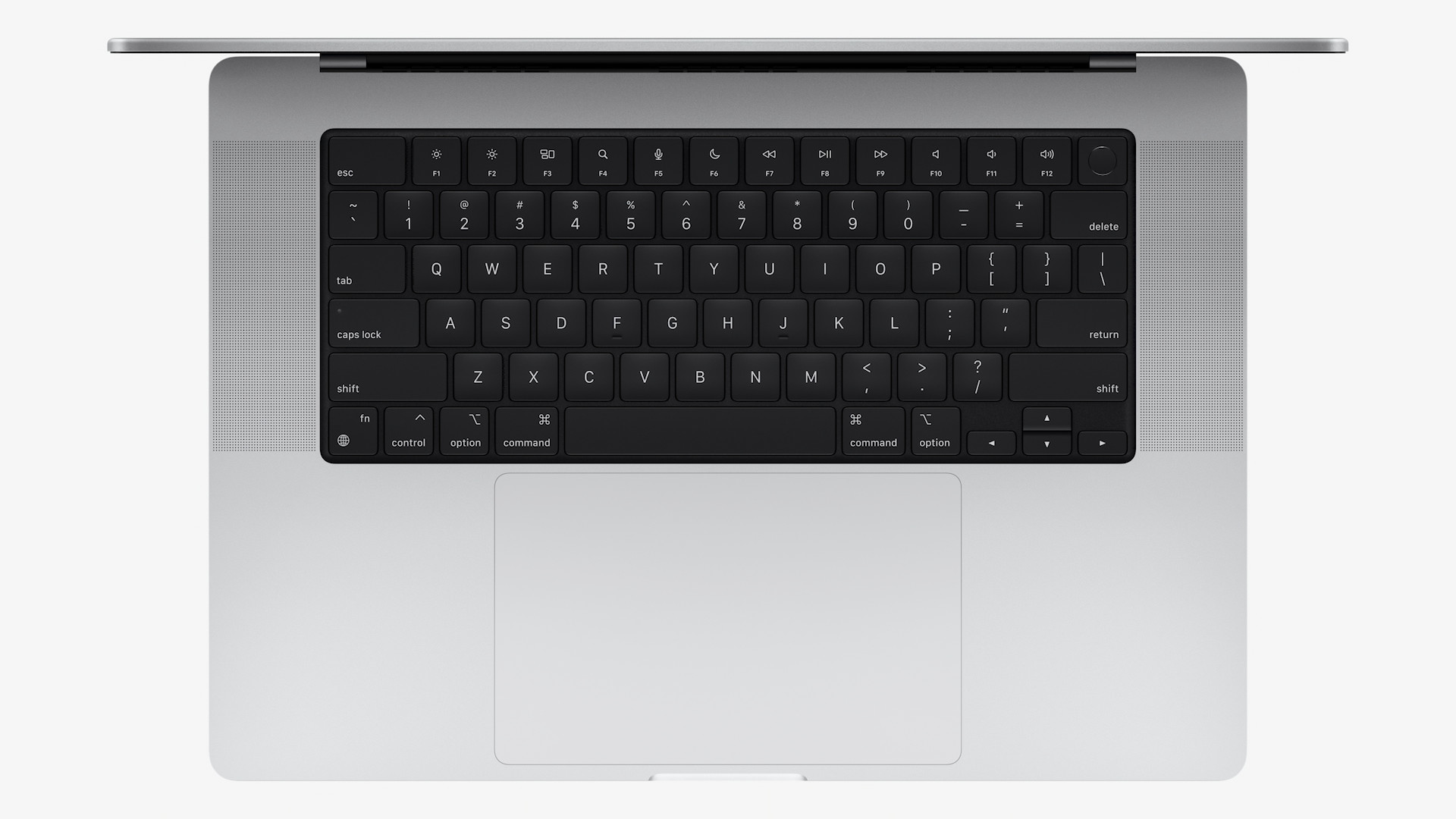
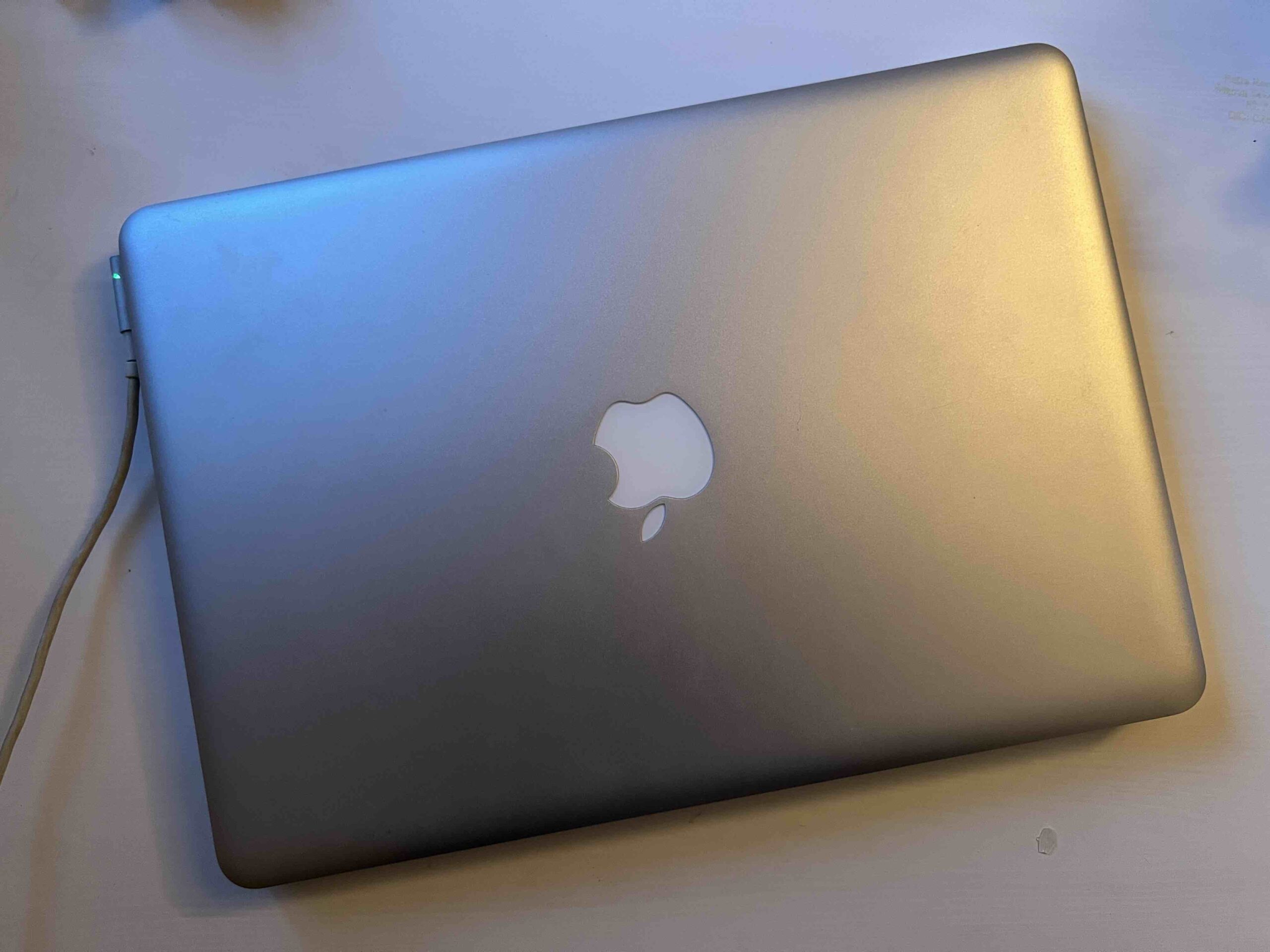
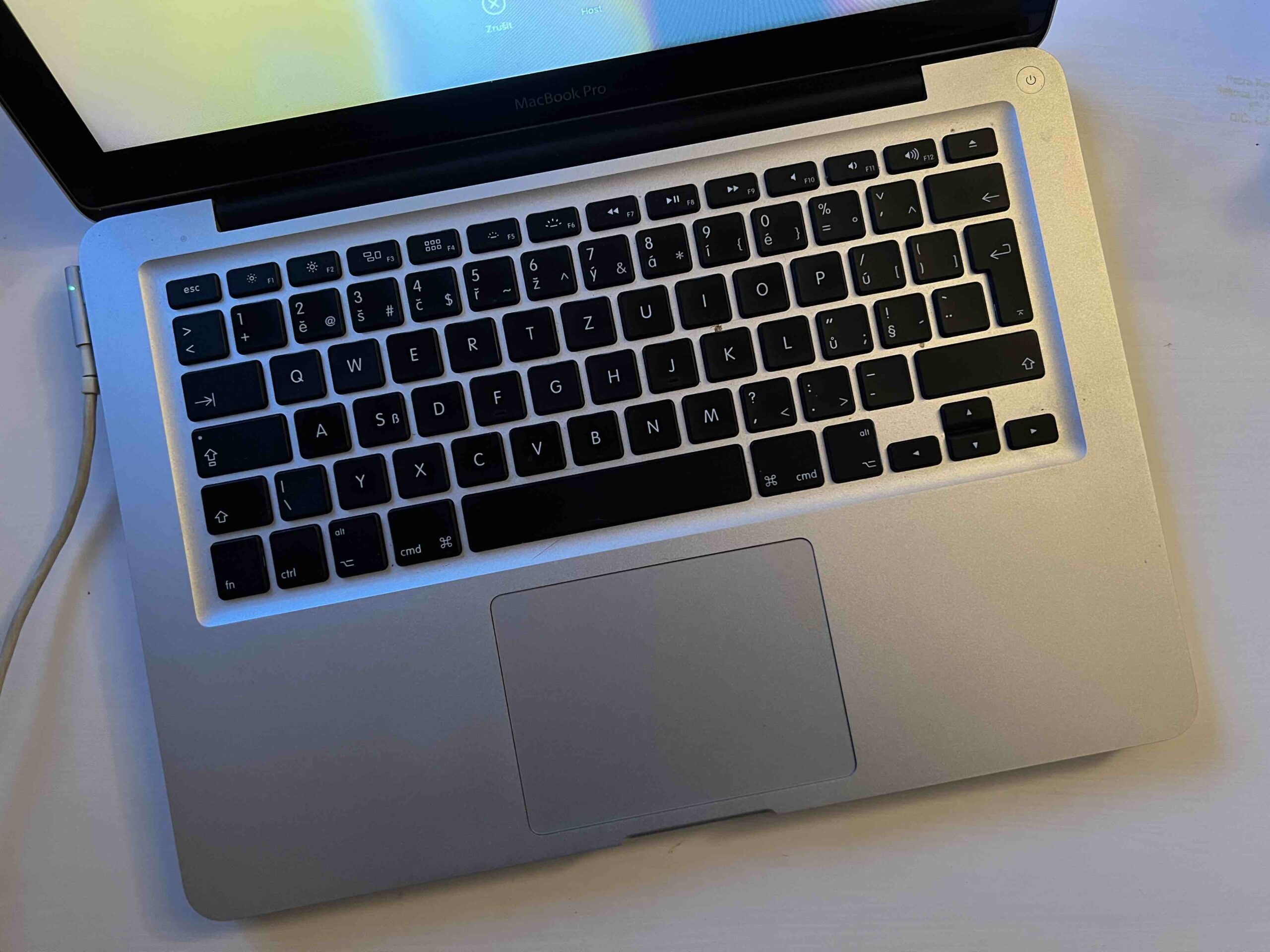
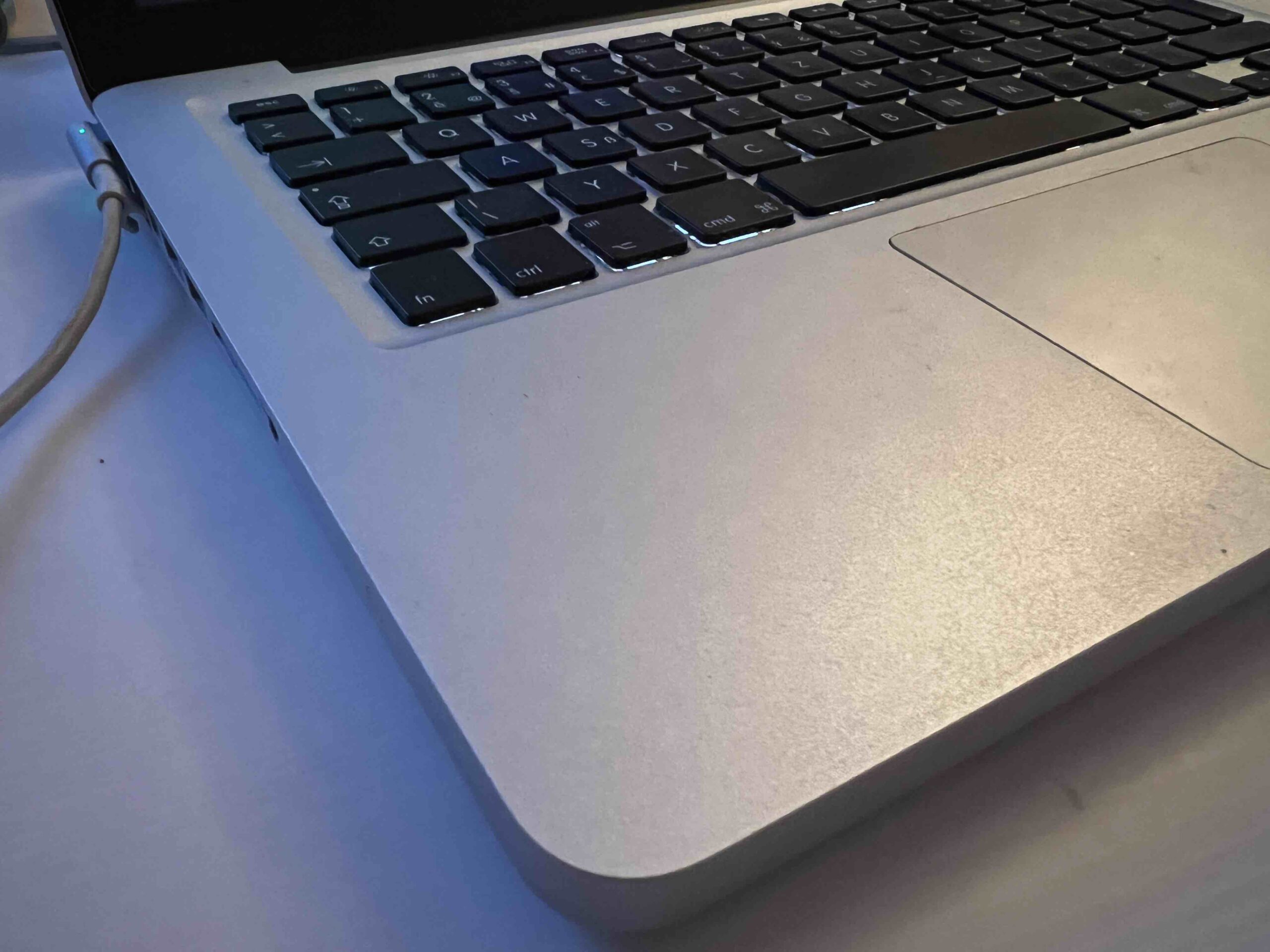
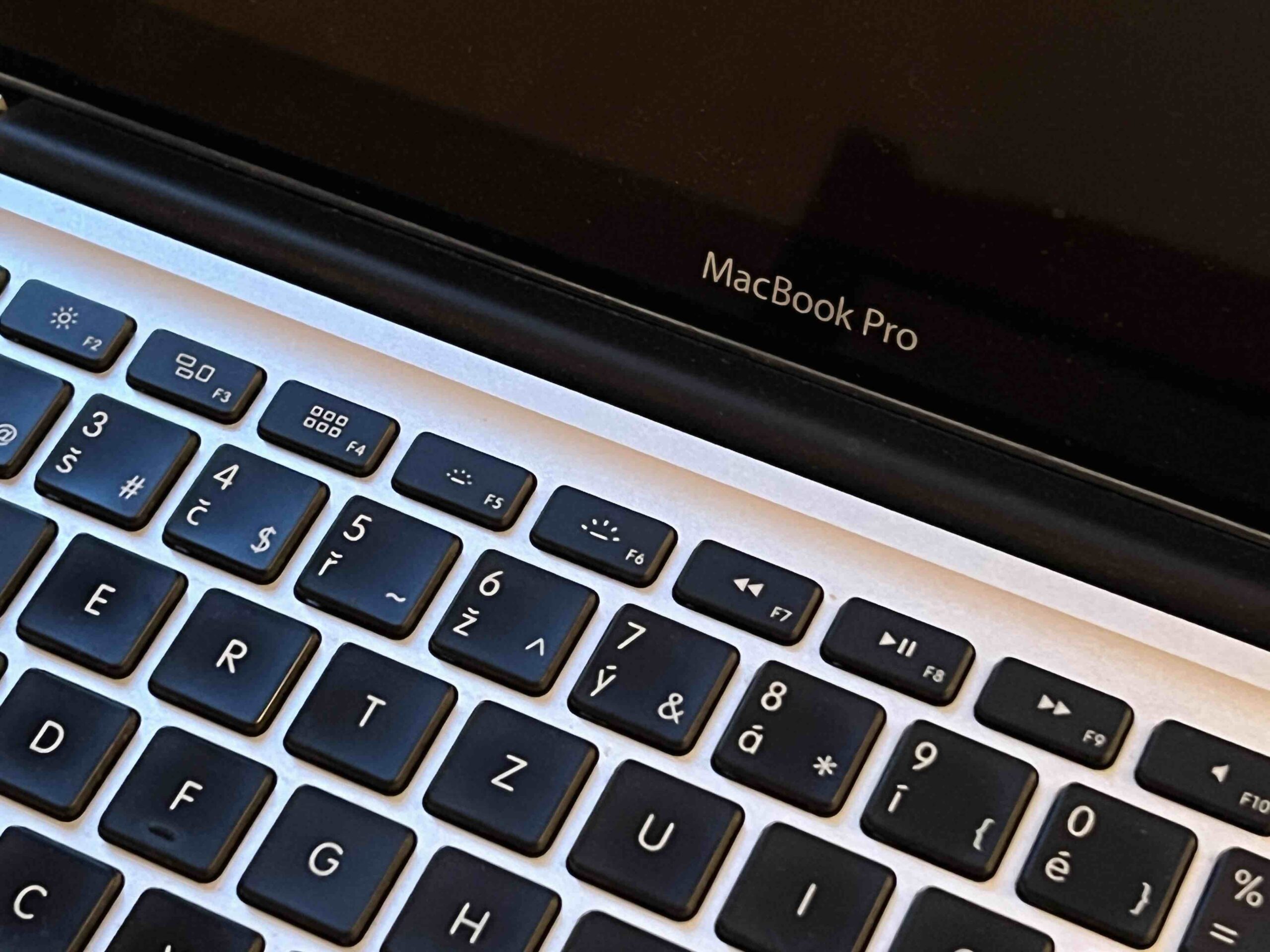

At first I thought it was really stupid to go back to those ports when everyone had already bought docks and reductions and the like. On the other hand, it happened to me that I left it connected at home with multiple cables because I didn't want to disconnect the dock and then I needed the HDMI at work. So I'll probably find a use for it in the end.
What I'm interested in is whether there really is full support for TB4, i.e. with USB 3.2 gen2, because until now there was only Gen1 and it was not possible to fully use the 10GB transfer with disks that supported it. So if this is resolved, it's much more important to me and I won't have to buy Thunderbolt's overpriced drive.